Image of 1942 Buick Roadmaster Series 70, Note: These illustrations use artistic license and may differ from actual historical models.
Performance Metrics
Fundamental Metrics
Emotional Appeal
MMP Rating
| Engine Specifications | |
|---|---|
| Engine Options: | Straight 8 |
| Displacement Range: | 320 cu in (5.2 L) |
| Horsepower Range: | 165 hp |
| Torque: | Estimated 280 lb-ft |
| Compression Ratio: | 6.6:1 |
| Ignition System: | Battery Ignition |
| Cooling System: | Liquid Cooled |
| Performance Specifications | |
| 0-60 Time: | Estimated 15 seconds |
| 1/4 Mile Time: | Information not available |
| Top Speed: | 90 mph |
| Transmission and Drive | |
| Drive Type: | Rear Wheel Drive |
| Transmission Type: | 3-speed manual |
| Fuel and Efficiency | |
| Fuel System Type: | Carburetor |
| MPG: | Estimated 10-12 mpg |
| Dimensions and Brakes | |
| Brakes: | Drum Brakes |
| Wheelbase: | 129 inches |
| Weight: | 4000 lbs |
Note: Specifications for classic cars are given to the best of our ability, considering the limited and variant data available.
Introduction
Step into the realm of classic automotive grandeur with the 1942 Buick Roadmaster Series 70, a vehicle that encapsulates the luxury and elegance of its era. This iconic car emerged from the esteemed Buick Motor Division of General Motors, a marque synonymous with upscale American automobiles. The Roadmaster's inception during the tumultuous times of World War II adds to its historical allure, as it represents one of the last civilian cars produced before the industry shifted to military production. A testament to its enduring legacy is the fact that a 1942 Roadmaster was owned by Tom Mix, a star of silent-era Westerns, adding a touch of Hollywood glamour to its storied past.
Design and Innovation
The 1942 Buick Roadmaster Series 70 boasted a majestic exterior with sweeping lines and an imposing grille that commanded attention. Its broad shoulders and elongated body were a nod to the opulence of the time. Inside, passengers were cradled in luxury with plush seating and rich wood grain accents adorning the dash and door panels. For its era, it featured remarkable technological advancements such as a compound carburetion system and self-cancelling turn signals. The color palette ranged from stately hues to more vibrant options, with Sequoia Cream being among the popular choices. Among its various body styles, the convertible phaeton was particularly coveted for its open-air elegance and rarity.
Historical Significance
The Roadmaster Series 70 was not just another luxury car; it was a beacon of innovation that influenced future automotive design. Its 'torpedo' styling set it apart from boxier contemporaries and paved the way for more streamlined vehicles. The Roadmaster's Dynaflash engine was also ahead of its time, offering an eight-cylinder powerhouse that became a benchmark for performance.
Performance and Handling
Underneath the hood lay a 320 cubic inch straight-eight engine that propelled the Roadmaster to impressive speeds for its size and era. While exact top speed figures are elusive, it was known for smooth acceleration and commendable road presence. Handling was surprisingly agile given its considerable dimensions, with a ride quality that absorbed imperfections gracefully. Drivers often reveled in the symphony of its engine—a deep purr that escalated into a robust roar under acceleration.
Ownership Experience
The 1942 Buick Roadmaster was versatile in use; while some enjoyed it as an everyday driver, others reserved it for Sunday drives or as a status symbol at car shows. Maintenance could be challenging due to parts scarcity but generally manageable for those familiar with vintage vehicles. Its reliability reflected Buick's commitment to quality during an era when craftsmanship was paramount.
Fun Facts
This Roadmaster could boast several intriguing anecdotes—like how fewer than 15,000 units were produced due to wartime production shifts or how it featured in period films adding authenticity to cinematic storytelling. Criticisms were few but often pointed towards its fuel consumption—a trade-off for its luxurious appointments and robust performance.
Collector's Information
Today, the 1942 Buick Roadmaster Series 70 is a cherished collector's item with values ranging widely based on condition and provenance. Given their limited production run and historical significance, these cars are relatively rare finds on the market. Prices have steadily appreciated over time, with prime examples fetching anywhere from $40,000 to well over $100,000 at auction.
Conclusion
The 1942 Buick Roadmaster Series 70 remains an emblematic figure in automotive history—a testament to pre-war luxury and design ingenuity. It stands as a monument to an era when cars were not just modes of transportation but symbols of status and style. For enthusiasts and collectors alike, owning a Roadmaster is not just about possession; it's about preserving a piece of history.
1942 Buick Roadmaster Series 70 Catalog of Parts
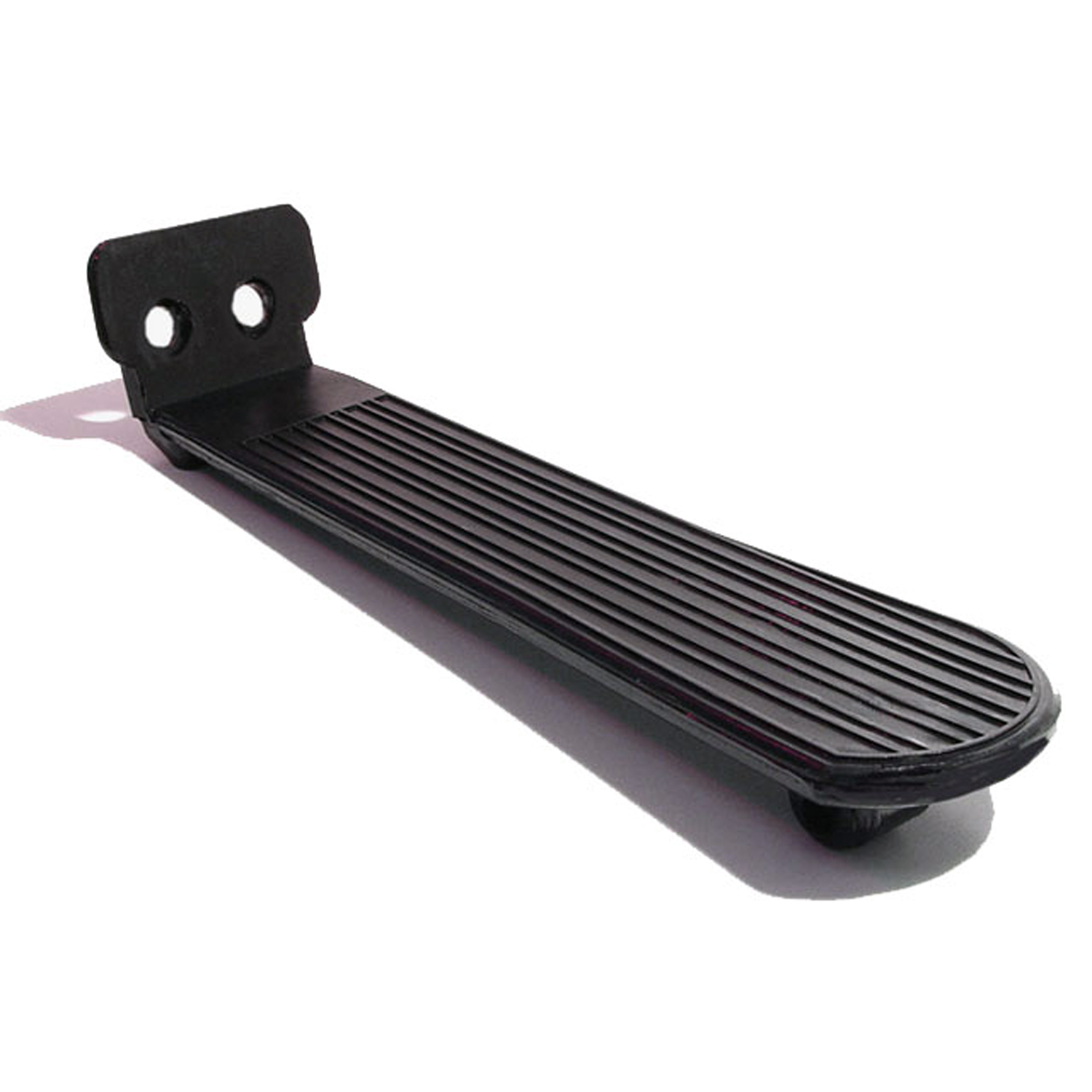 1942 Buick Roadmaster Series 70 Accelerator Pedal Pad. Made with steel core like original-AP 29-CAccelerator Pedal Pad. Made with steel core like original. 2-1/8" X 8-1/2". Black. Each
1942 Buick Roadmaster Series 70 Accelerator Pedal Pad. Made with steel core like original-AP 29-CAccelerator Pedal Pad. Made with steel core like original. 2-1/8" X 8-1/2". Black. Each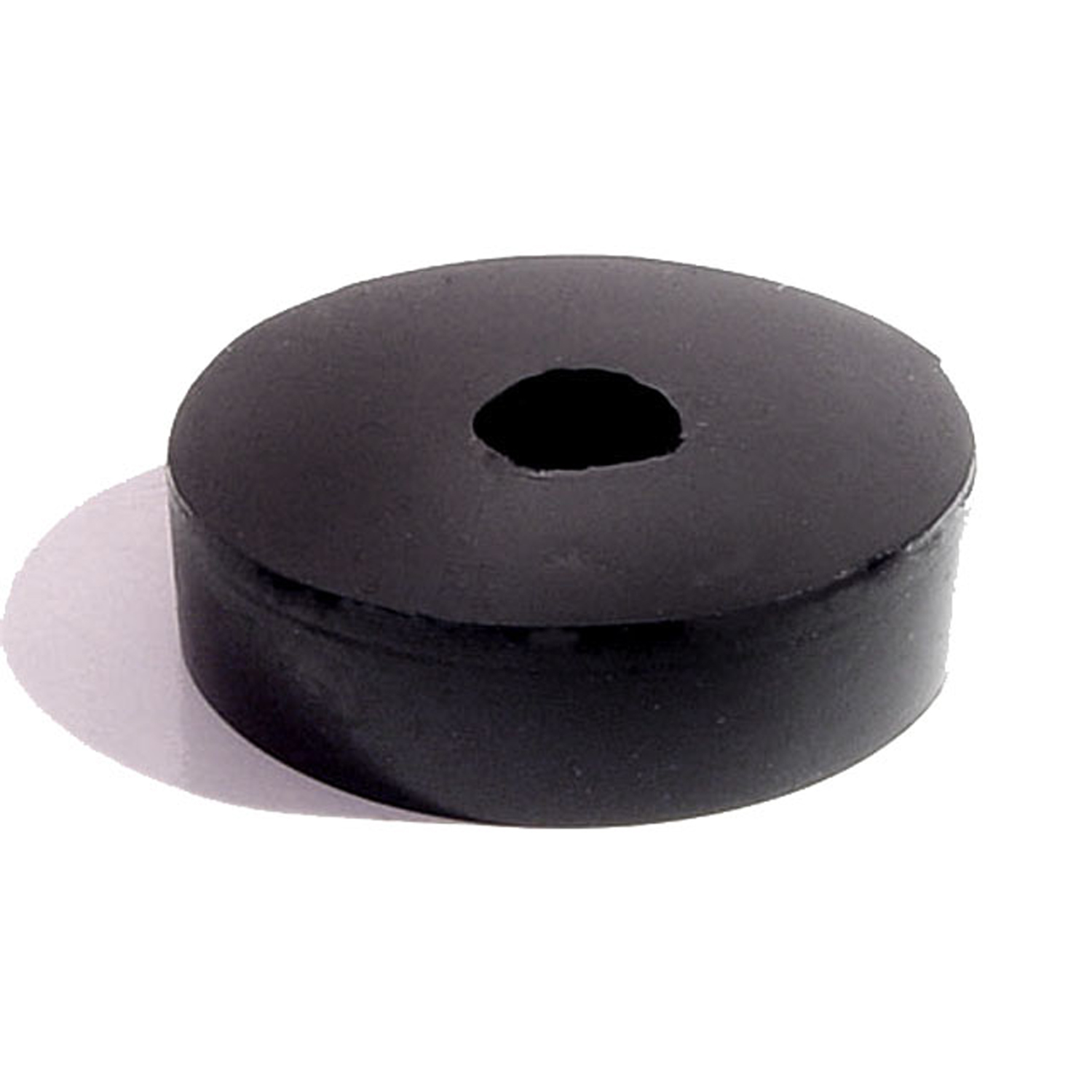 1942 Buick Roadmaster Series 70 Transmission Vacuum Shift Grommet. Used on rear side-BC 40Transmission Vacuum Shift Grommet. Used on rear side. 1-1/2" O.D., 3/8" I.D., 3/8" Thick. Each
1942 Buick Roadmaster Series 70 Transmission Vacuum Shift Grommet. Used on rear side-BC 40Transmission Vacuum Shift Grommet. Used on rear side. 1-1/2" O.D., 3/8" I.D., 3/8" Thick. Each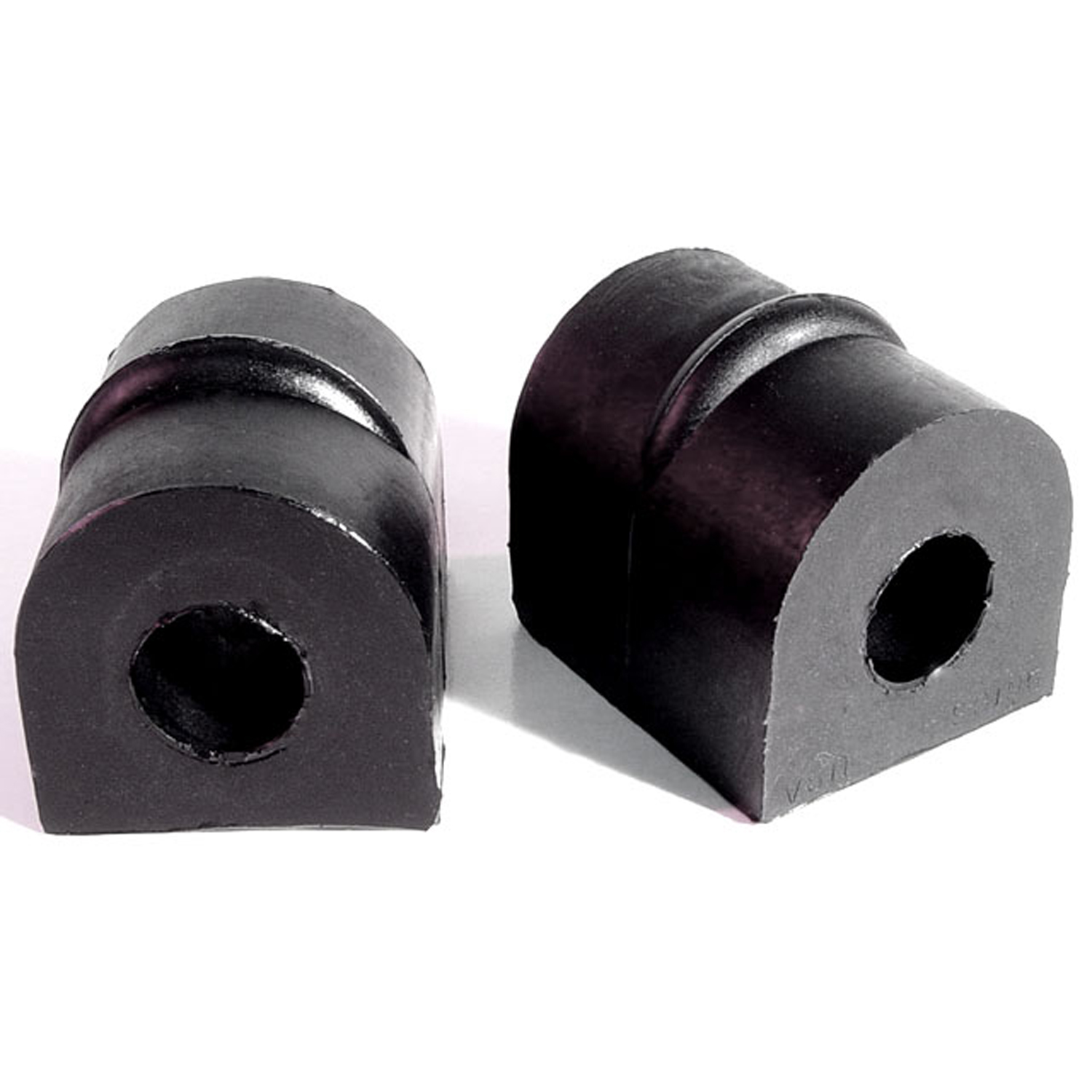 1942 Buick Roadmaster Series 70 Stabilizer Bar Bushings-BN 106Stabilizer Bar Bushings. 1-3/4" long X 1-1/2" wide X 1-1/2" high, 10/16" I.D. Pair
1942 Buick Roadmaster Series 70 Stabilizer Bar Bushings-BN 106Stabilizer Bar Bushings. 1-3/4" long X 1-1/2" wide X 1-1/2" high, 10/16" I.D. Pair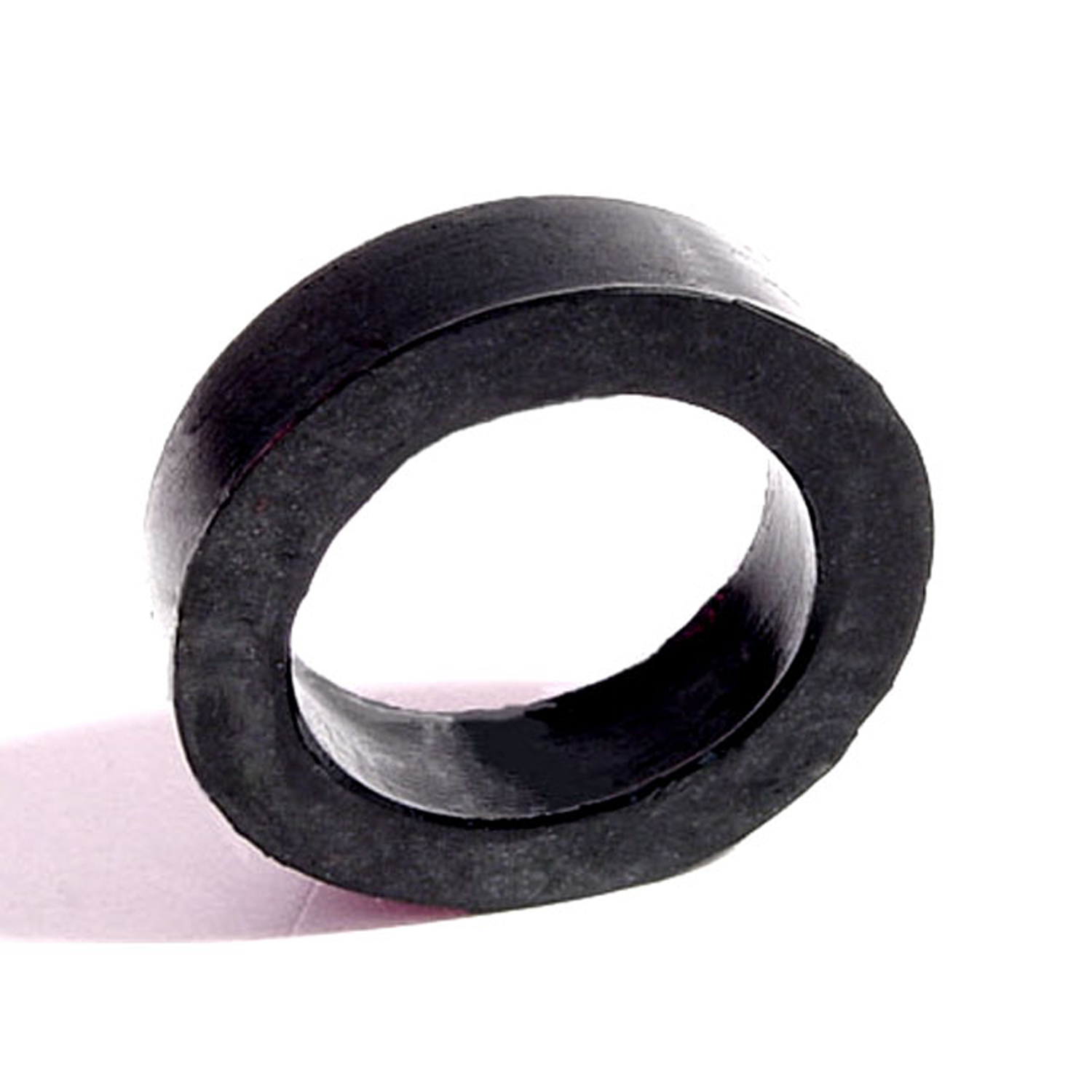 1942 Buick Roadmaster Series 70 Lower Inner "A" Frame Shaft Seal. 1-1/8" O.D., 5/16" thick-BN 23-ALower Inner "A" Frame Shaft Seal. 1-1/8" O.D., 5/16" thick. Each
1942 Buick Roadmaster Series 70 Lower Inner "A" Frame Shaft Seal. 1-1/8" O.D., 5/16" thick-BN 23-ALower Inner "A" Frame Shaft Seal. 1-1/8" O.D., 5/16" thick. Each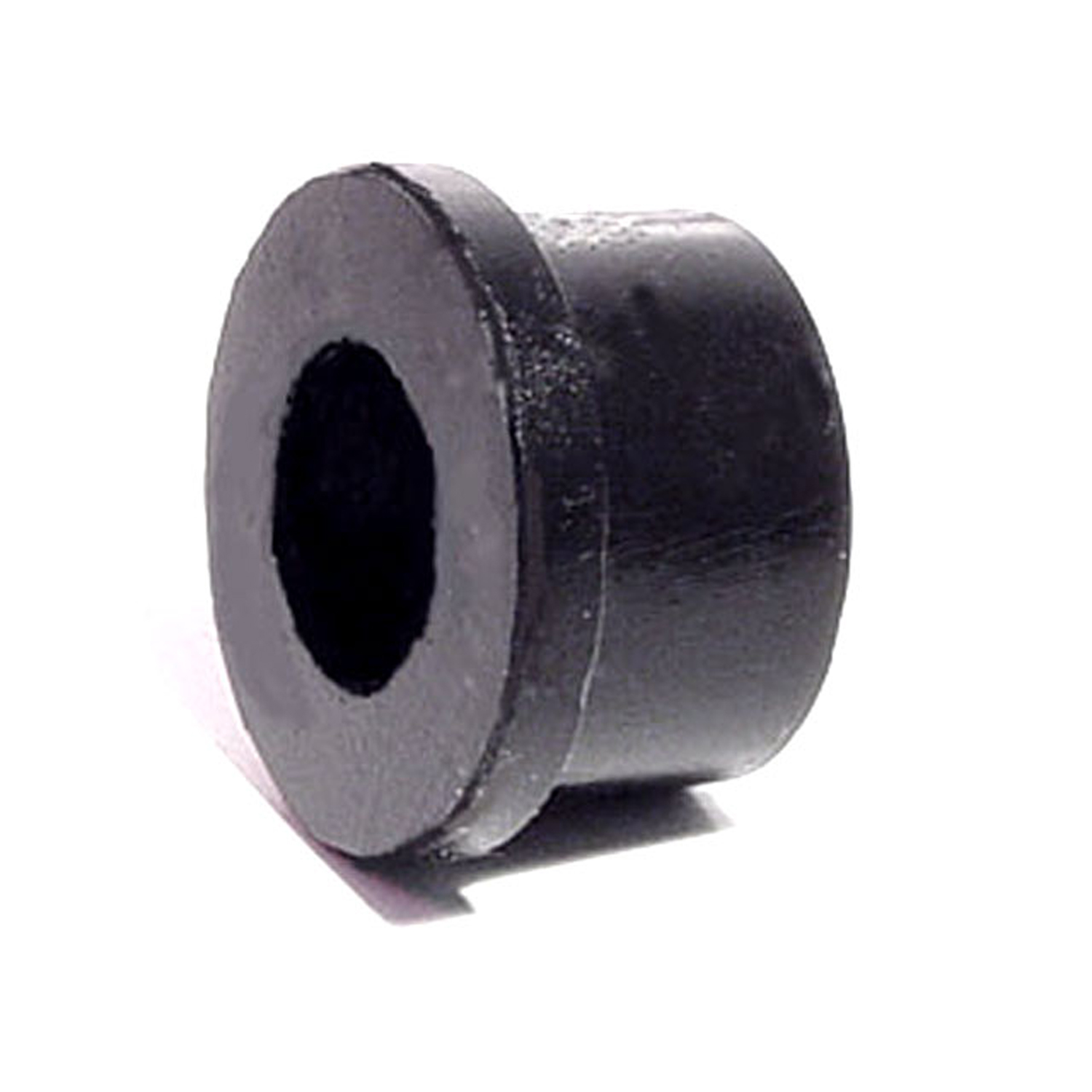 1942 Buick Roadmaster Series 70 Stabilizer Bar Bushing. For rear axel anti-sway rod ends-BN 34-BStabilizer Bar Bushing. For rear axel anti-sway rod ends. Four used per car. 1-5/16" O.D., 3/4" long, with 5/8" I.D. Each
1942 Buick Roadmaster Series 70 Stabilizer Bar Bushing. For rear axel anti-sway rod ends-BN 34-BStabilizer Bar Bushing. For rear axel anti-sway rod ends. Four used per car. 1-5/16" O.D., 3/4" long, with 5/8" I.D. Each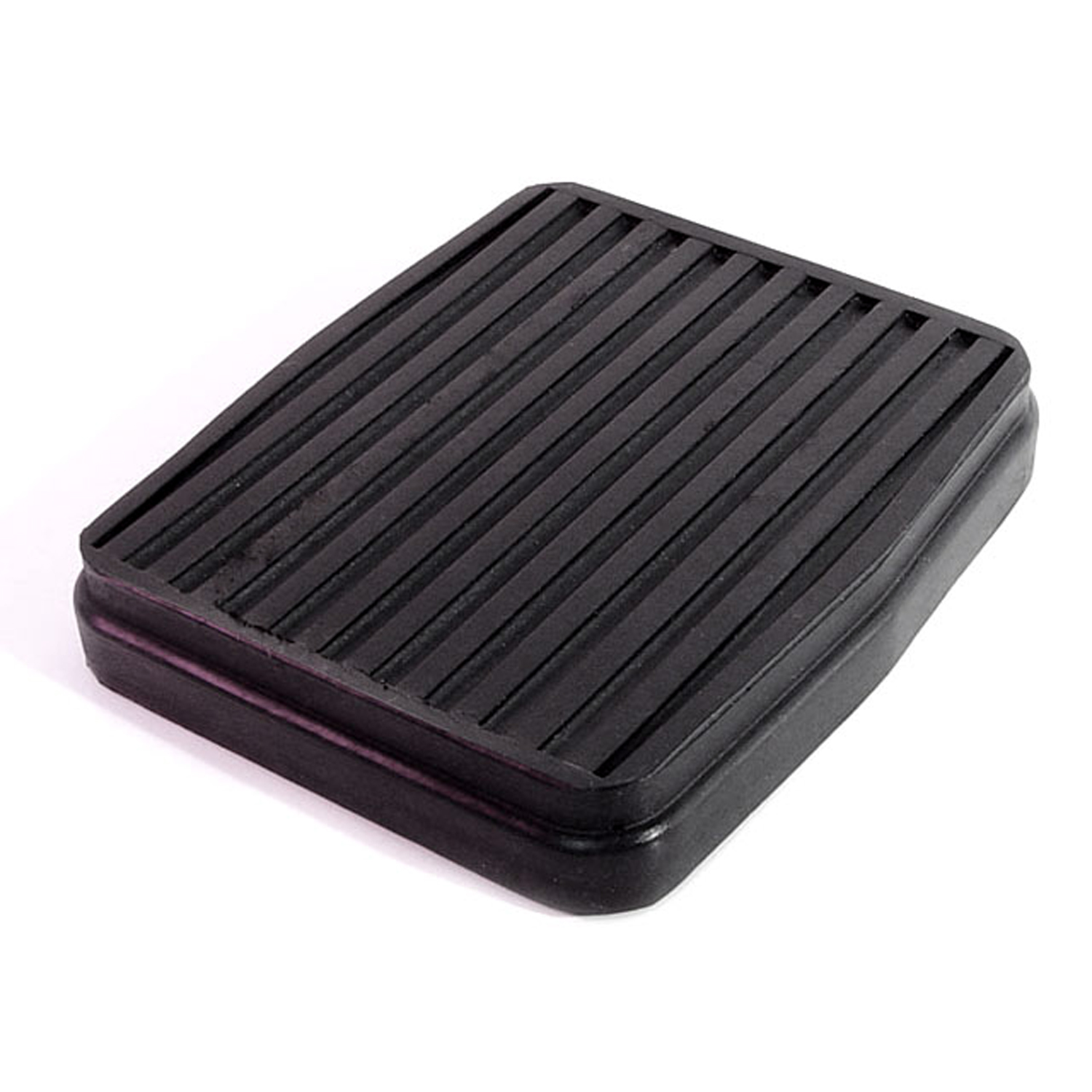 1942 Buick Roadmaster Series 70 Dyno-Flow Brake Pedal Pad. 3" wide X 3-1/2" long. Each-CB 103Dyno-Flow Brake Pedal Pad. 3" wide X 3-1/2" long. Each
1942 Buick Roadmaster Series 70 Dyno-Flow Brake Pedal Pad. 3" wide X 3-1/2" long. Each-CB 103Dyno-Flow Brake Pedal Pad. 3" wide X 3-1/2" long. Each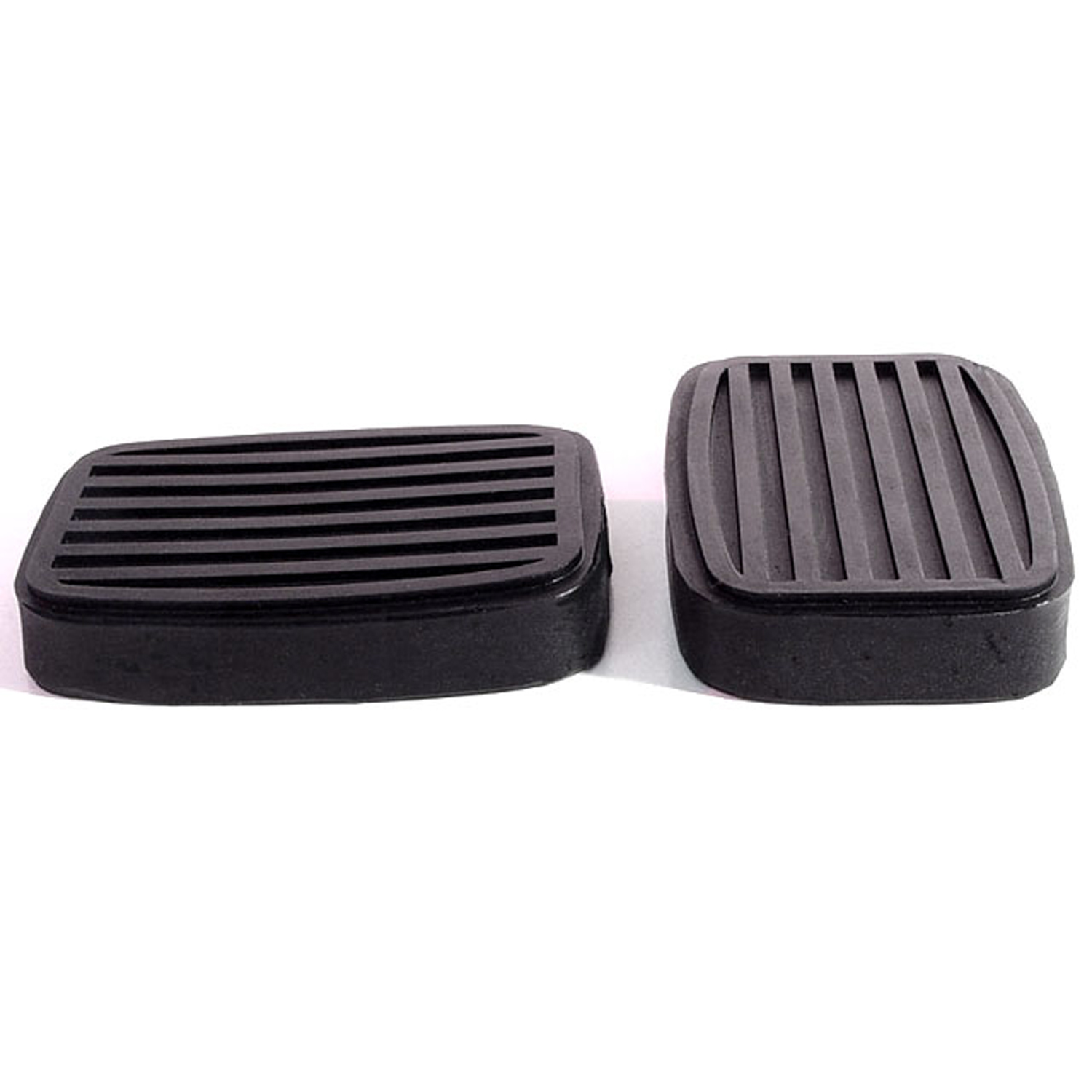 1942 Buick Roadmaster Series 70 Clutch and Brake Pedal Pads. 2" wide X 3" long. Pair-CB 15Clutch and Brake Pedal Pads. 2" wide X 3" long. Pair
1942 Buick Roadmaster Series 70 Clutch and Brake Pedal Pads. 2" wide X 3" long. Pair-CB 15Clutch and Brake Pedal Pads. 2" wide X 3" long. Pair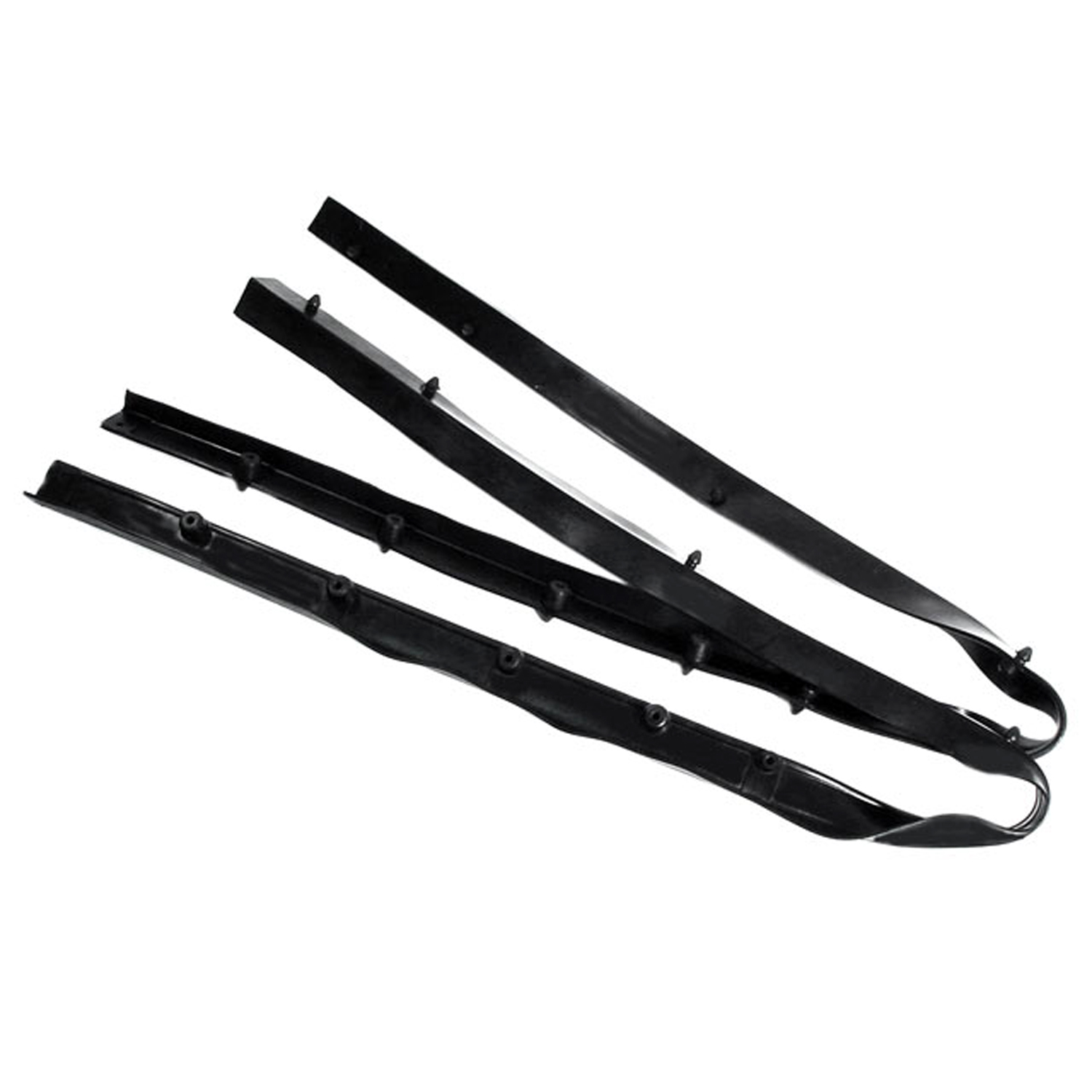 1942 Buick Roadmaster Series 70 Cowl and Hood Seal. Push-in tabs, like original-CS 8Cowl and Hood Seal. Push-in tabs, like original. 78" length finished. Each
1942 Buick Roadmaster Series 70 Cowl and Hood Seal. Push-in tabs, like original-CS 8Cowl and Hood Seal. Push-in tabs, like original. 78" length finished. Each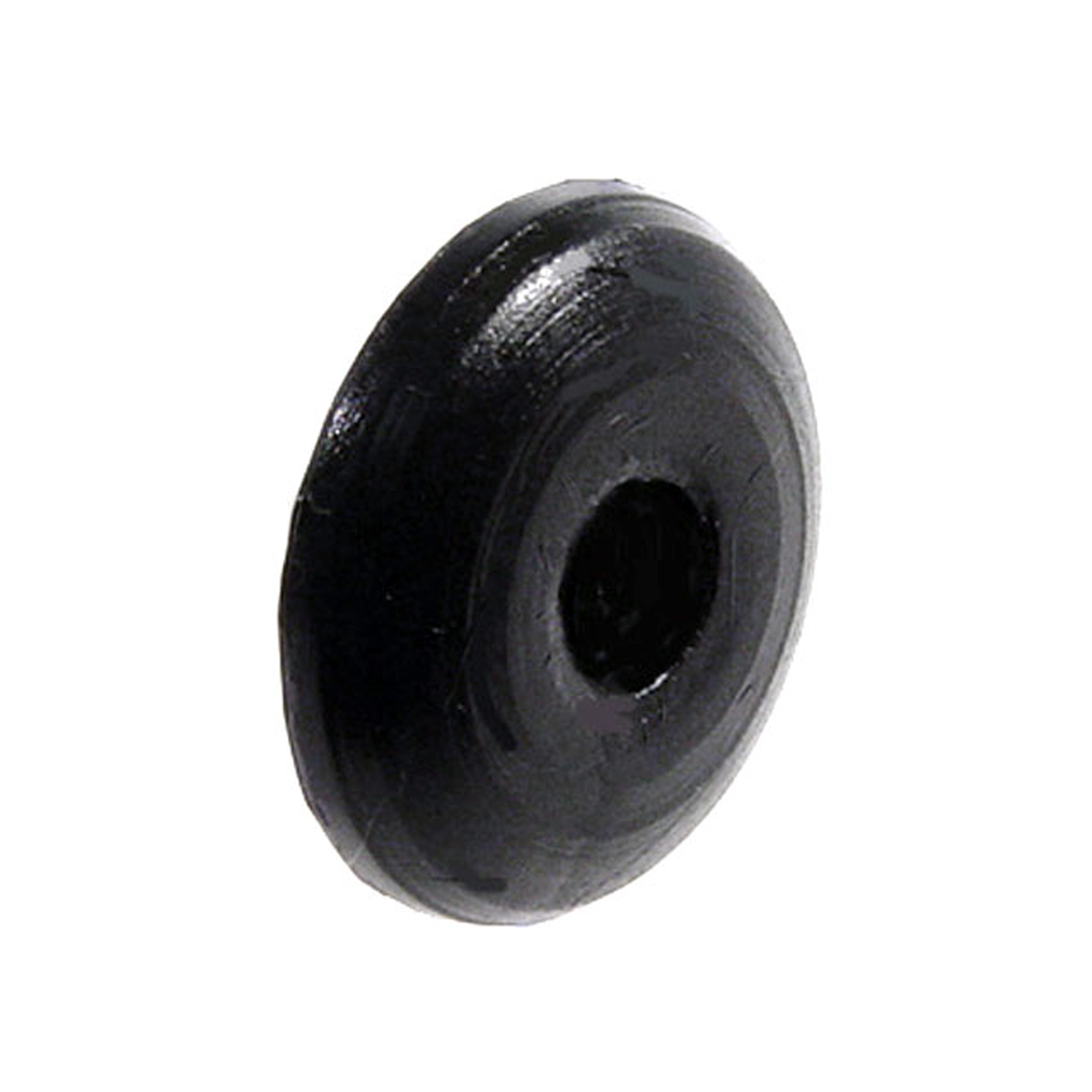 1942 Buick Roadmaster Series 70 Upper Door Hinge Post Bumper. Held by screw-DB 60-AUpper Door Hinge Post Bumper. Held by screw. 7/8" diameter X 1/8" thick. Each
1942 Buick Roadmaster Series 70 Upper Door Hinge Post Bumper. Held by screw-DB 60-AUpper Door Hinge Post Bumper. Held by screw. 7/8" diameter X 1/8" thick. Each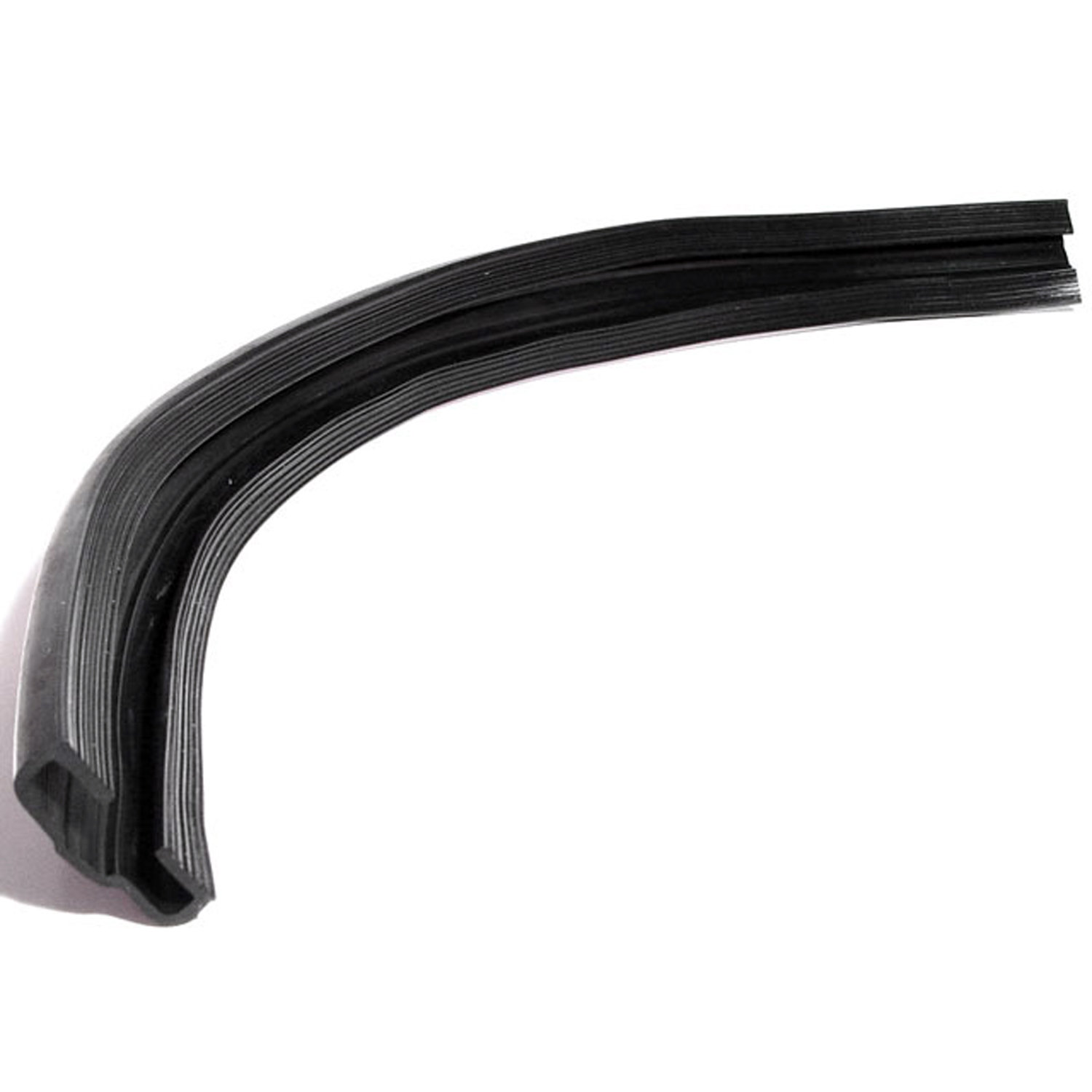 1942 Buick Roadmaster Series 70 Windshield Center Bar Outer Gasket Molding Retainer-DP 10Windshield Center Bar Outer Gasket Molding Retainer. Use with original steel to retain stainless steel trim to the windshield. 18 in. long. Each.
1942 Buick Roadmaster Series 70 Windshield Center Bar Outer Gasket Molding Retainer-DP 10Windshield Center Bar Outer Gasket Molding Retainer. Use with original steel to retain stainless steel trim to the windshield. 18 in. long. Each.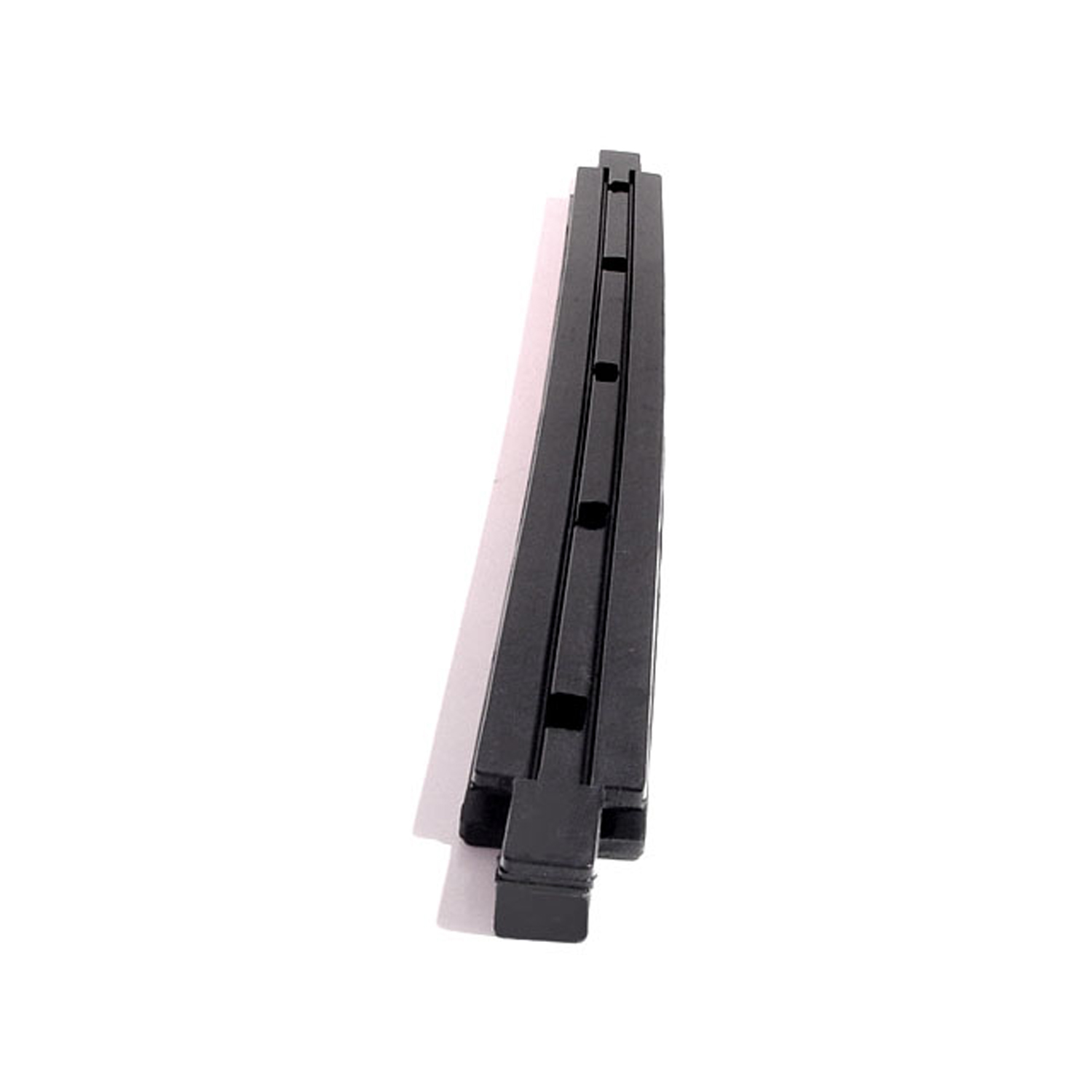 1942 Buick Roadmaster Series 70 Windshield Center Bar Gasket-DP 11Windshield Center Bar Gasket. This seal is make with all the original
1942 Buick Roadmaster Series 70 Windshield Center Bar Gasket-DP 11Windshield Center Bar Gasket. This seal is make with all the original 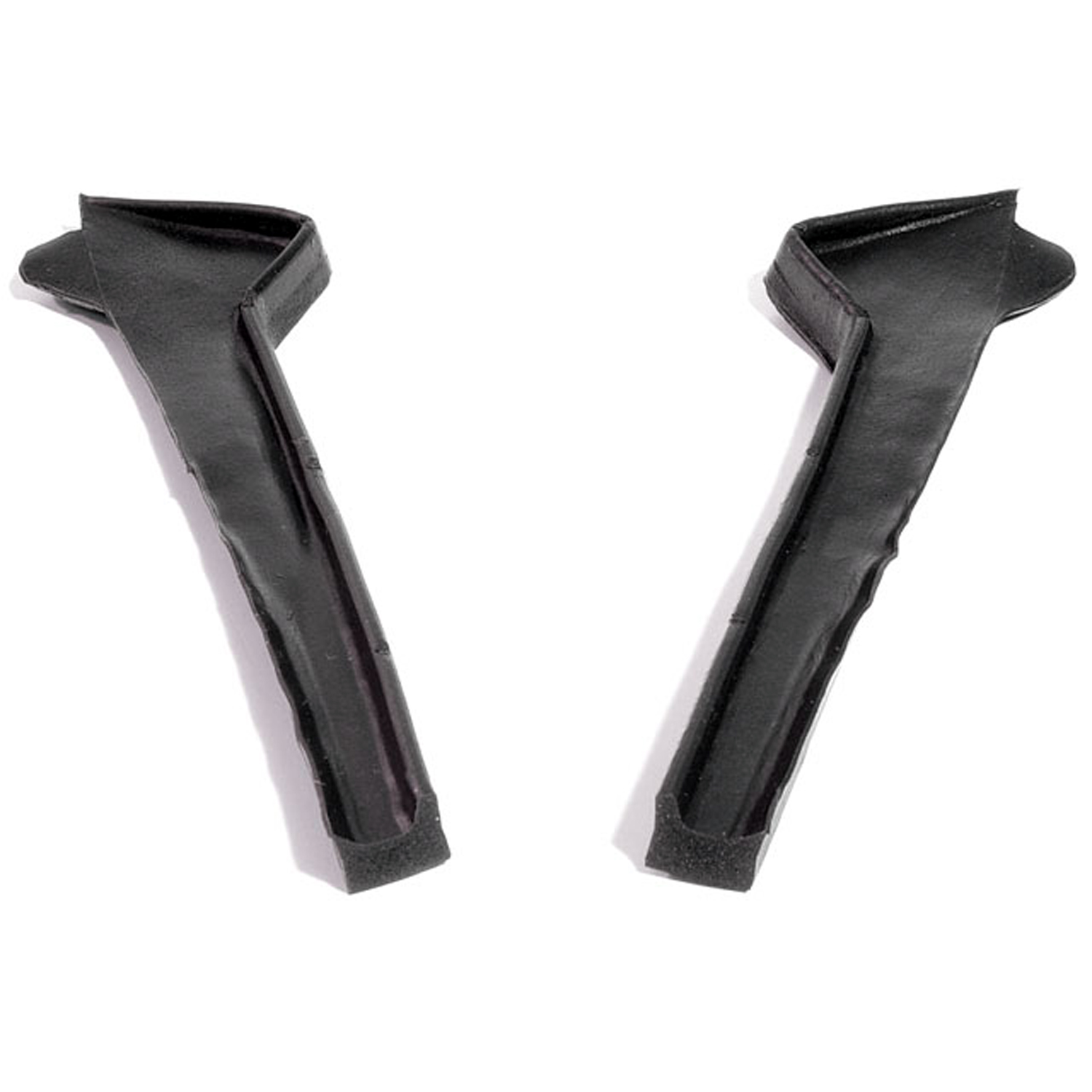 1942 Buick Roadmaster Series 70 Auxiliary Door Seals-ELP 2000Auxiliary Door Seals. Weatherstrip for lower front corner of front door. Pair R&L
1942 Buick Roadmaster Series 70 Auxiliary Door Seals-ELP 2000Auxiliary Door Seals. Weatherstrip for lower front corner of front door. Pair R&L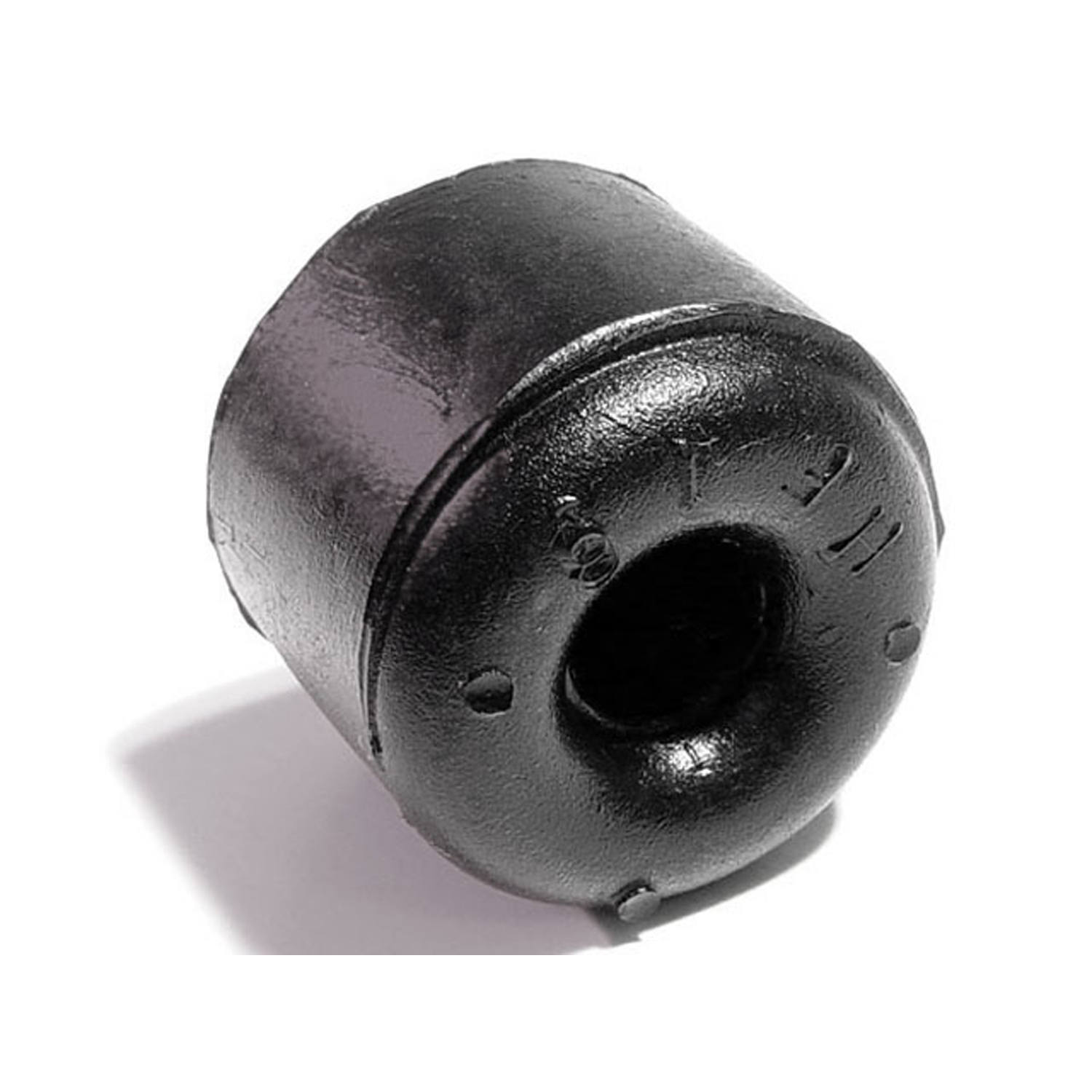 1942 Buick Roadmaster Series 70 Door and Hood Bumper. 1" diameter X 7/8" thick. Each-HF 16Door and Hood Bumper. 1" diameter X 7/8" thick. Each
1942 Buick Roadmaster Series 70 Door and Hood Bumper. 1" diameter X 7/8" thick. Each-HF 16Door and Hood Bumper. 1" diameter X 7/8" thick. Each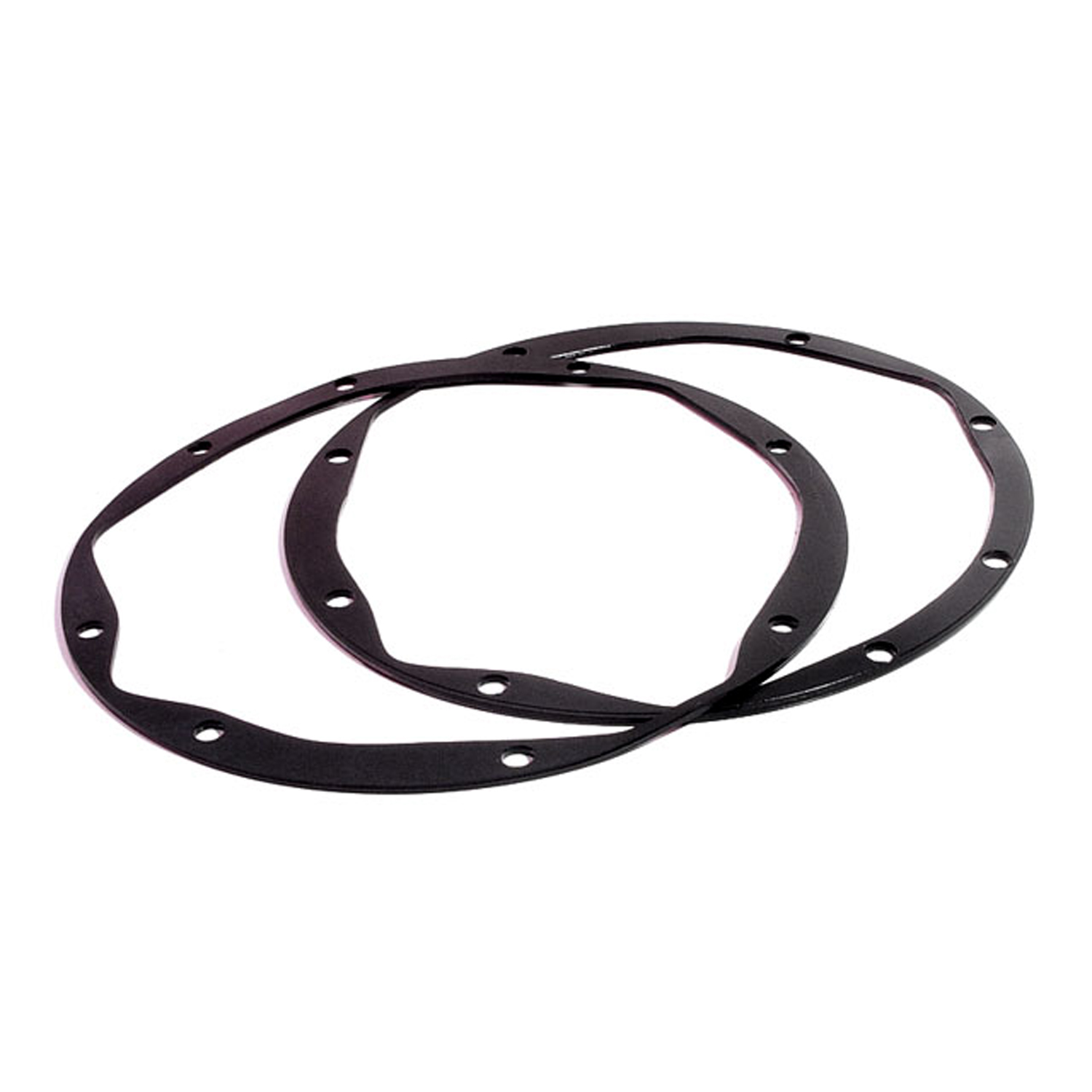 1942 Buick Roadmaster Series 70 Headlight Assembly Housing Pad. 8-3/8" O.D. Pair-HR 7Headlight Assembly Housing Pad. 8-3/8" O.D. Pair
1942 Buick Roadmaster Series 70 Headlight Assembly Housing Pad. 8-3/8" O.D. Pair-HR 7Headlight Assembly Housing Pad. 8-3/8" O.D. Pair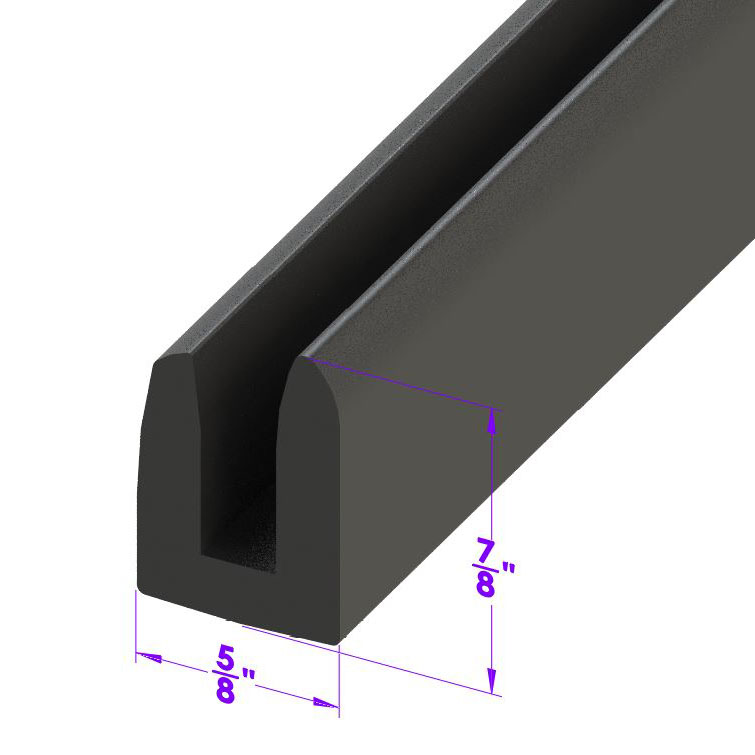 1942 Buick Roadmaster Series 70 Windshield and Rear Window Channel. Used with 1/4" glass-LP 105Windshield and Rear Window Channel. Used with 1/4" glass. Fits some models. Sold by the foot
1942 Buick Roadmaster Series 70 Windshield and Rear Window Channel. Used with 1/4" glass-LP 105Windshield and Rear Window Channel. Used with 1/4" glass. Fits some models. Sold by the foot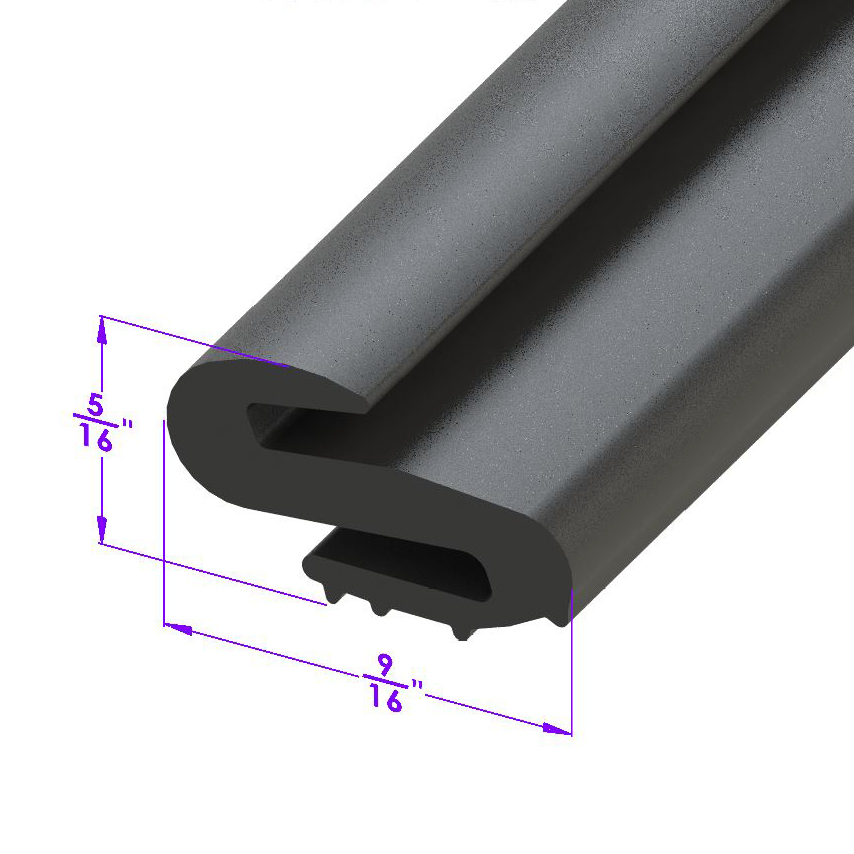 1942 Buick Roadmaster Series 70 Windshield Pinchweld Seal for some models w/chrome garnish-LP 106Windshield Pinchweld Seal for some models w/chrome garnish. Used with LP 105, DP 10 & DP 11 (center division bar seals)to seal and retain outer chrome garnish. Sold by the foot
1942 Buick Roadmaster Series 70 Windshield Pinchweld Seal for some models w/chrome garnish-LP 106Windshield Pinchweld Seal for some models w/chrome garnish. Used with LP 105, DP 10 & DP 11 (center division bar seals)to seal and retain outer chrome garnish. Sold by the foot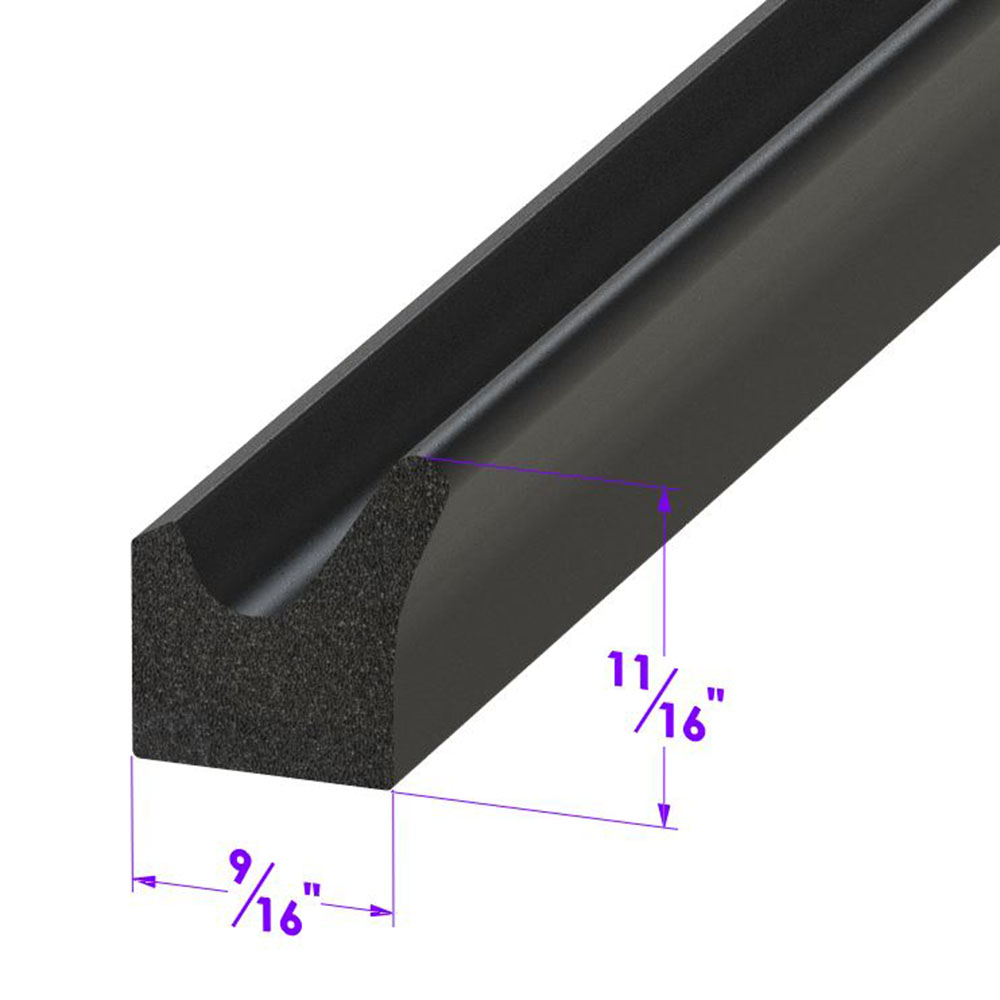 1942 Buick Roadmaster Series 70 Door side seal. Same as LP 40-A, but for a heavier seal-LP 40Door side seal. Same as LP 40-A, but for a heavier seal. Fits many domestic passenger cars and trucks. Used in Cobra kit cars as trunk weatherstrip. Per foot.
1942 Buick Roadmaster Series 70 Door side seal. Same as LP 40-A, but for a heavier seal-LP 40Door side seal. Same as LP 40-A, but for a heavier seal. Fits many domestic passenger cars and trucks. Used in Cobra kit cars as trunk weatherstrip. Per foot.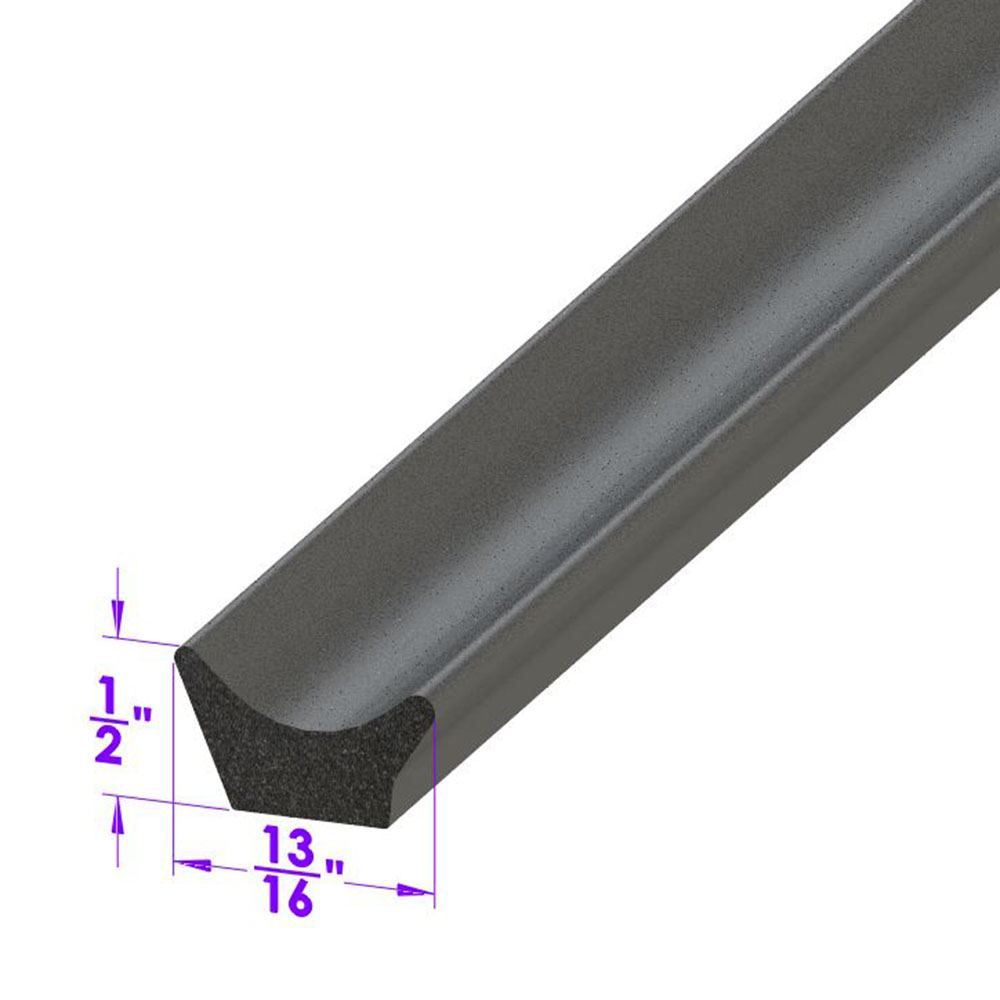 1942 Buick Roadmaster Series 70 Door side seal. Same as LP 40, but for a lighter seal-LP 40-ADoor side seal. Same as LP 40, but for a lighter seal. Fits many domestic passenger cars and trucks. Universal seal for street rods and customs. Used in Cobra kit cars as door weatherstrip. Per foot.
1942 Buick Roadmaster Series 70 Door side seal. Same as LP 40, but for a lighter seal-LP 40-ADoor side seal. Same as LP 40, but for a lighter seal. Fits many domestic passenger cars and trucks. Universal seal for street rods and customs. Used in Cobra kit cars as door weatherstrip. Per foot.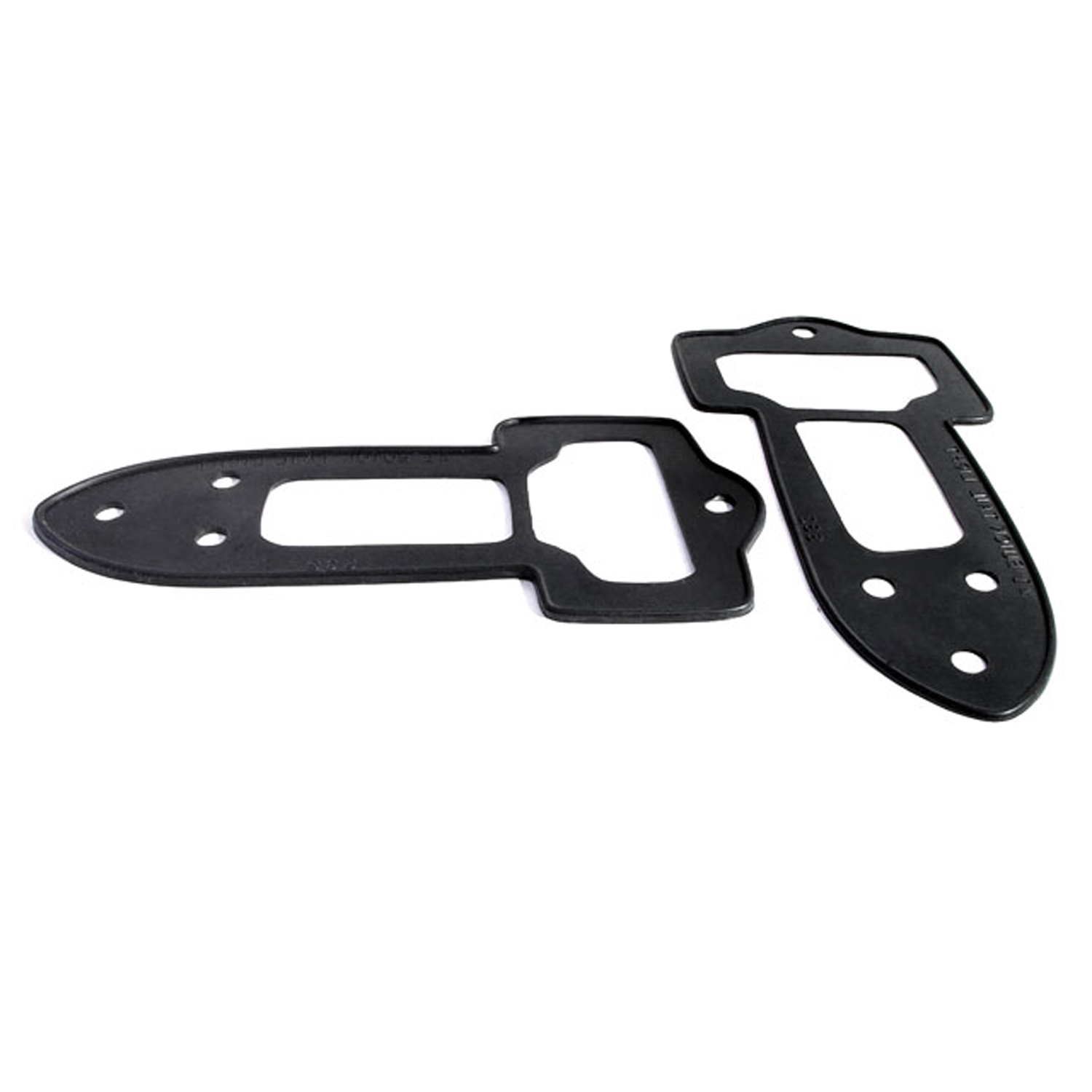 1942 Buick Roadmaster Series 70 Tail-light Pads (fits some models)-MP 332Tail-light Pads (fits some models). Overall length approximately 10". 4-3/4" wide X 10" long. Pair R&L
1942 Buick Roadmaster Series 70 Tail-light Pads (fits some models)-MP 332Tail-light Pads (fits some models). Overall length approximately 10". 4-3/4" wide X 10" long. Pair R&L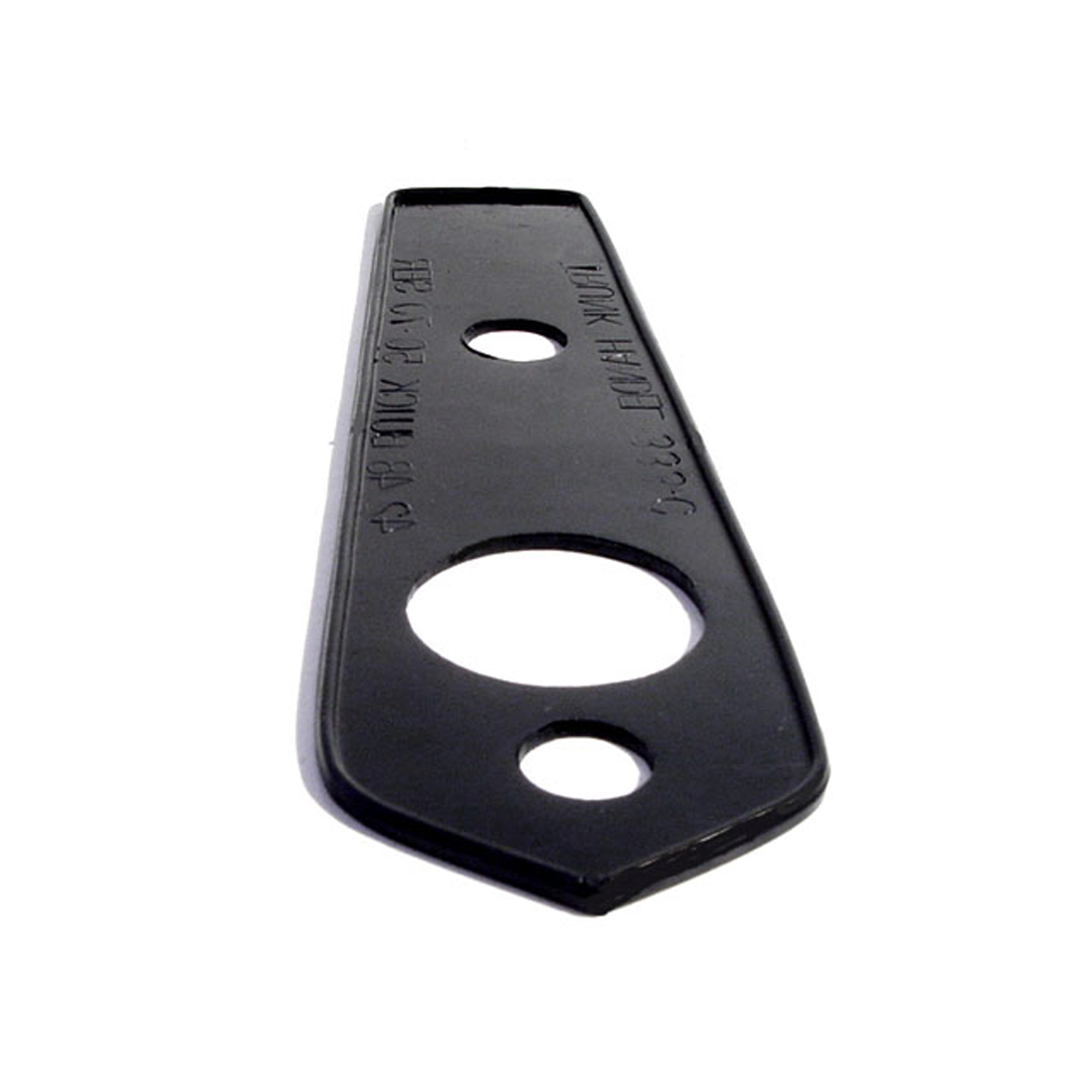 1942 Buick Roadmaster Series 70 Trunk Handle Pad. 2" wide X 6-5/8" long. Each-MP 333-CTrunk Handle Pad. 2" wide X 6-5/8" long. Each
1942 Buick Roadmaster Series 70 Trunk Handle Pad. 2" wide X 6-5/8" long. Each-MP 333-CTrunk Handle Pad. 2" wide X 6-5/8" long. Each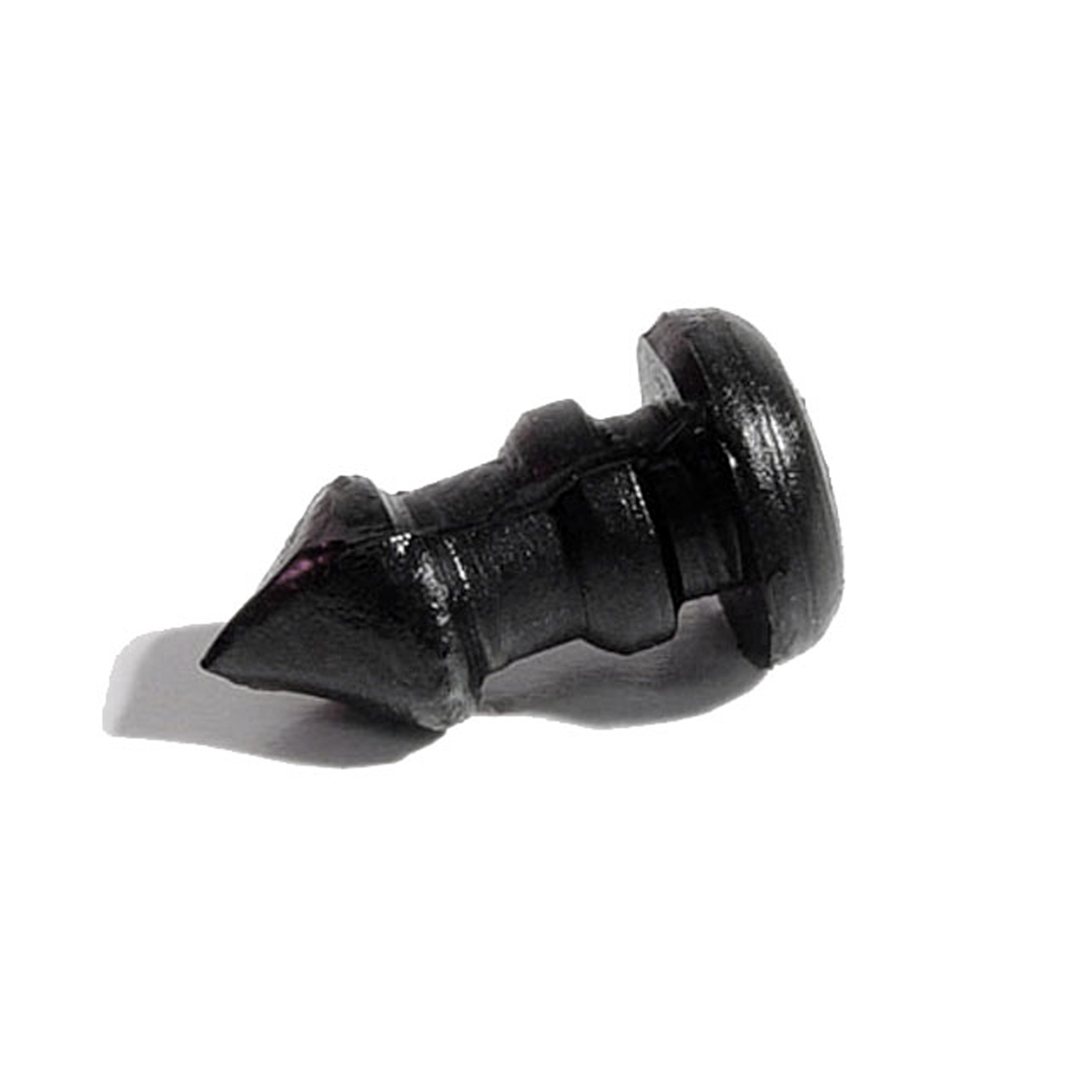 1942 Buick Roadmaster Series 70 Sun Visor End Tube Plug. Black. Each-RP 303-DSun Visor End Tube Plug. Black. Each
1942 Buick Roadmaster Series 70 Sun Visor End Tube Plug. Black. Each-RP 303-DSun Visor End Tube Plug. Black. Each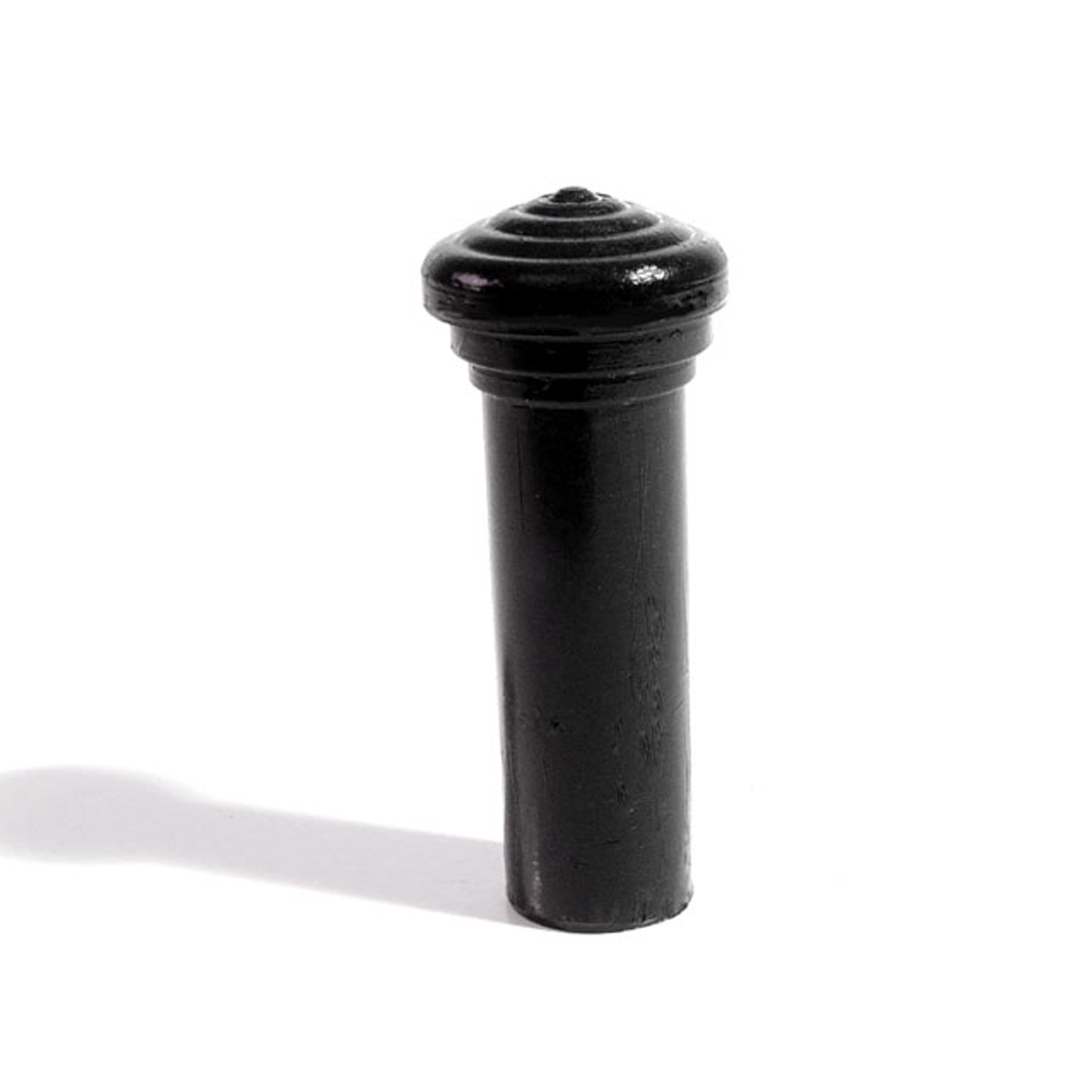 1942 Buick Roadmaster Series 70 Door Lock Knob. Made of Black rubber, self-threading-RP 304-ADoor Lock Knob. Made of Black rubber, self-threading. 1-3/8" tall with 1/8" lower I.D., 3/8" lower O.D. Each
1942 Buick Roadmaster Series 70 Door Lock Knob. Made of Black rubber, self-threading-RP 304-ADoor Lock Knob. Made of Black rubber, self-threading. 1-3/8" tall with 1/8" lower I.D., 3/8" lower O.D. Each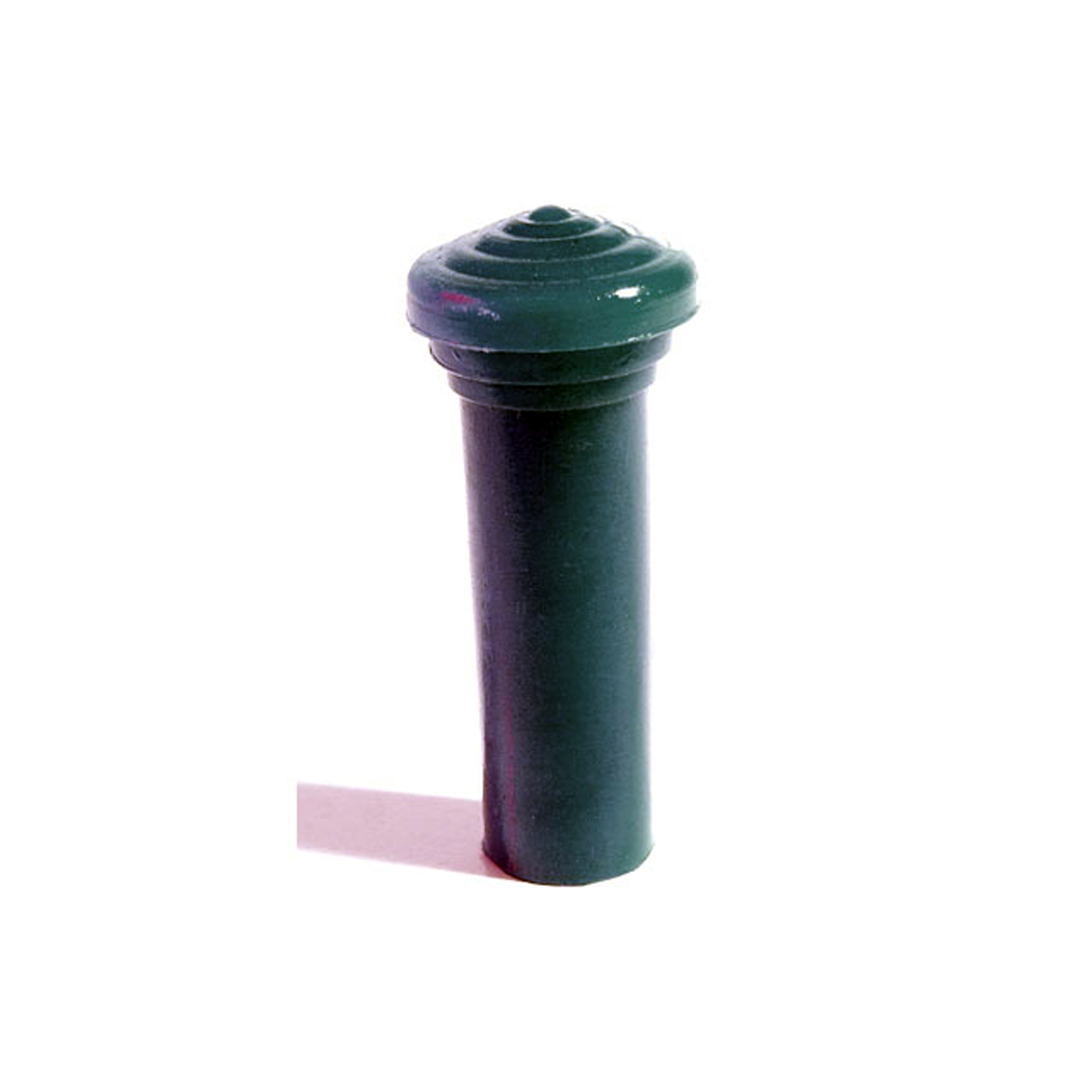 1942 Buick Roadmaster Series 70 Door Lock Knob. Made of Slate Blue rubber, self-threading-RP 304-CDoor Lock Knob. Made of Slate Blue rubber, self-threading. 1-3/8" tall with 1/8" lower I.D., 3/8" lower O.D. Each
1942 Buick Roadmaster Series 70 Door Lock Knob. Made of Slate Blue rubber, self-threading-RP 304-CDoor Lock Knob. Made of Slate Blue rubber, self-threading. 1-3/8" tall with 1/8" lower I.D., 3/8" lower O.D. Each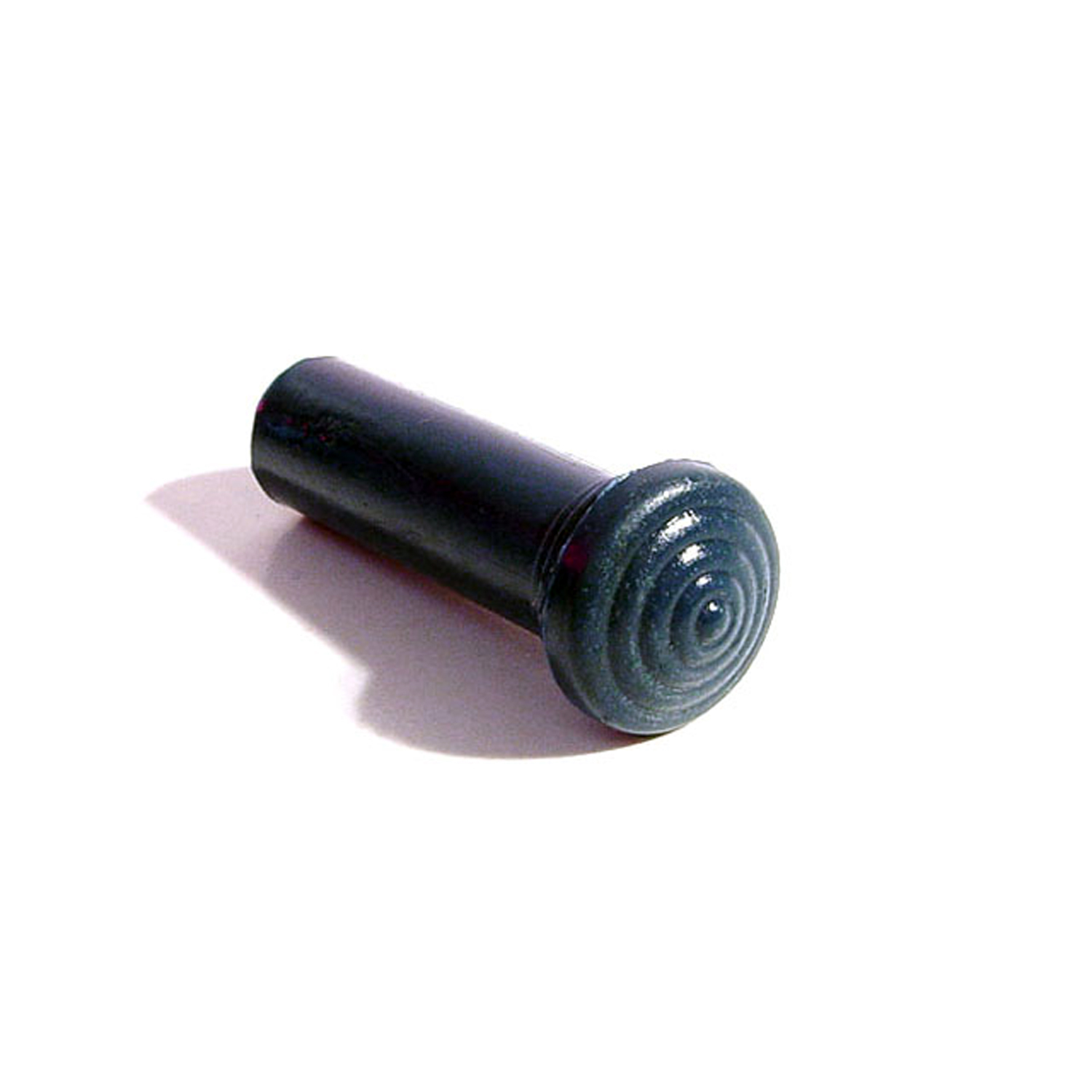 1942 Buick Roadmaster Series 70 Door Lock Knob. Made of Navy Blue rubber, self-threading-RP 304-DDoor Lock Knob. Made of Navy Blue rubber, self-threading. 1-3/8" tall with 1/8" lower I.D., 3/8" lower O.D. Each
1942 Buick Roadmaster Series 70 Door Lock Knob. Made of Navy Blue rubber, self-threading-RP 304-DDoor Lock Knob. Made of Navy Blue rubber, self-threading. 1-3/8" tall with 1/8" lower I.D., 3/8" lower O.D. Each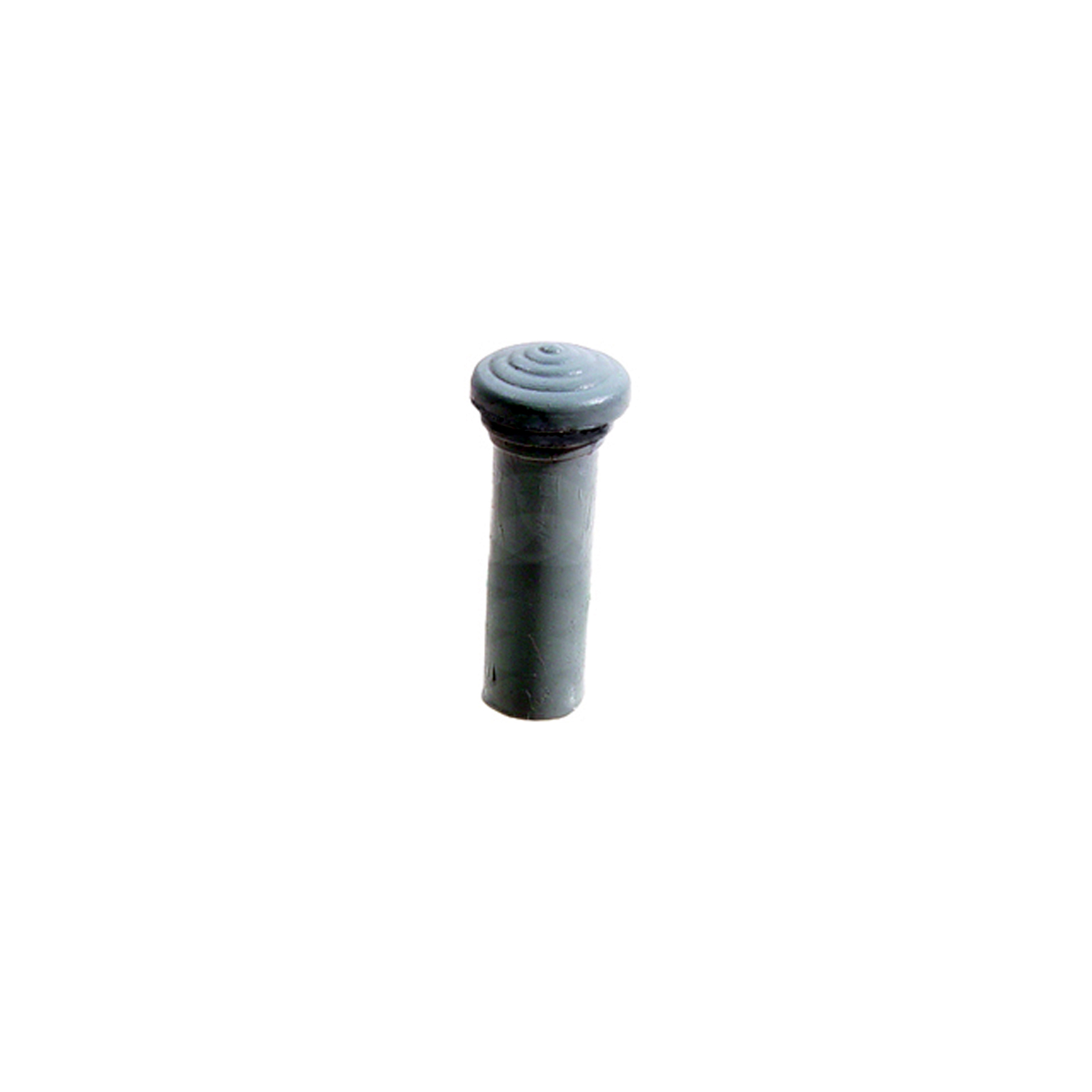 1942 Buick Roadmaster Series 70 Door Lock Knob. Made of Silver Blue rubber, self-threading-RP 304-EDoor Lock Knob. Made of Silver Blue rubber, self-threading. 1-3/8" tall with 1/8" lower I.D., 3/8" lower O.D. Each
1942 Buick Roadmaster Series 70 Door Lock Knob. Made of Silver Blue rubber, self-threading-RP 304-EDoor Lock Knob. Made of Silver Blue rubber, self-threading. 1-3/8" tall with 1/8" lower I.D., 3/8" lower O.D. Each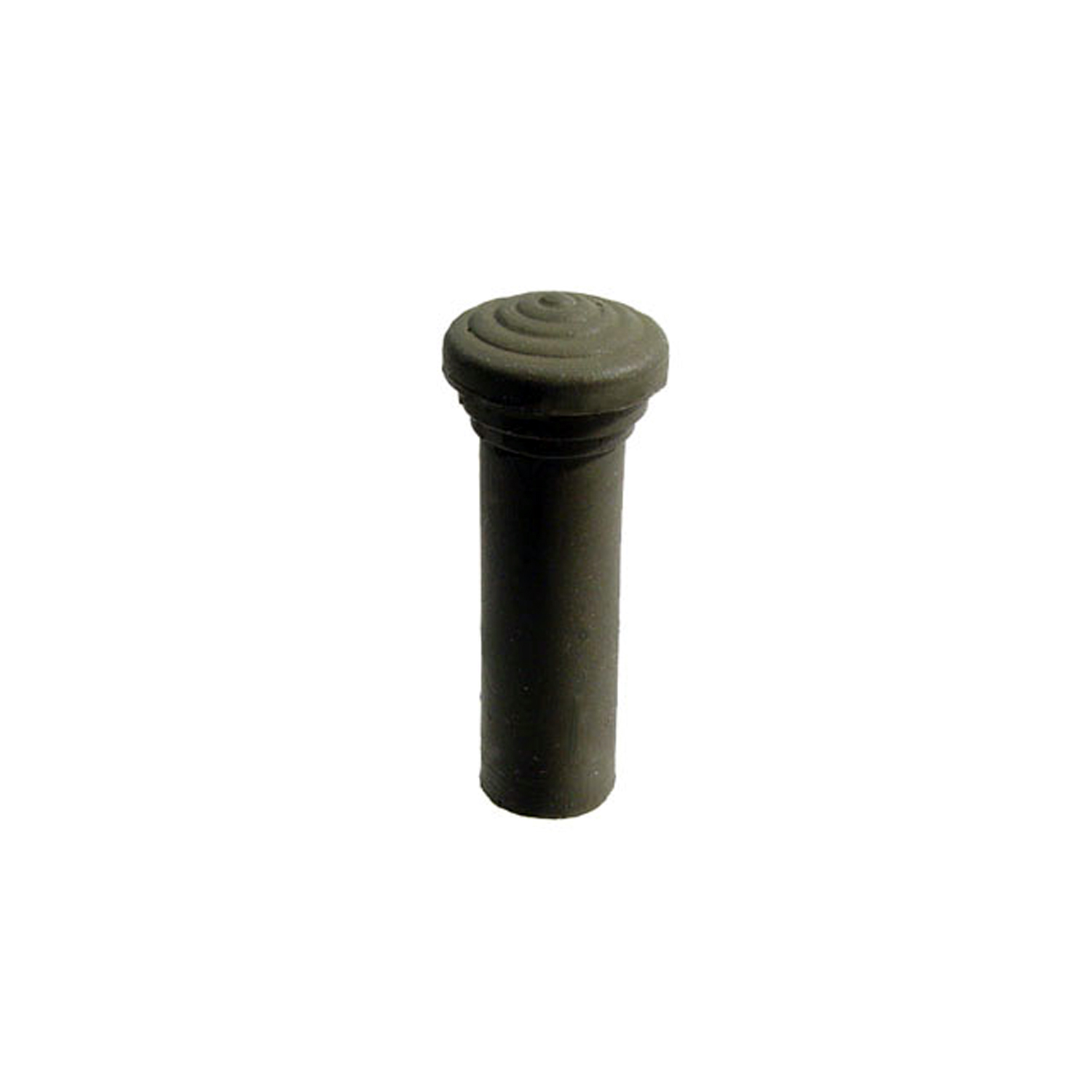 1942 Buick Roadmaster Series 70 Door Lock Knob. Made of Fawn colored rubber, self-threading-RP 304-FDoor Lock Knob. Made of Fawn colored rubber, self-threading. 1-3/8" tall with 1/8" lower I.D., 3/8" lower O.D. Each
1942 Buick Roadmaster Series 70 Door Lock Knob. Made of Fawn colored rubber, self-threading-RP 304-FDoor Lock Knob. Made of Fawn colored rubber, self-threading. 1-3/8" tall with 1/8" lower I.D., 3/8" lower O.D. Each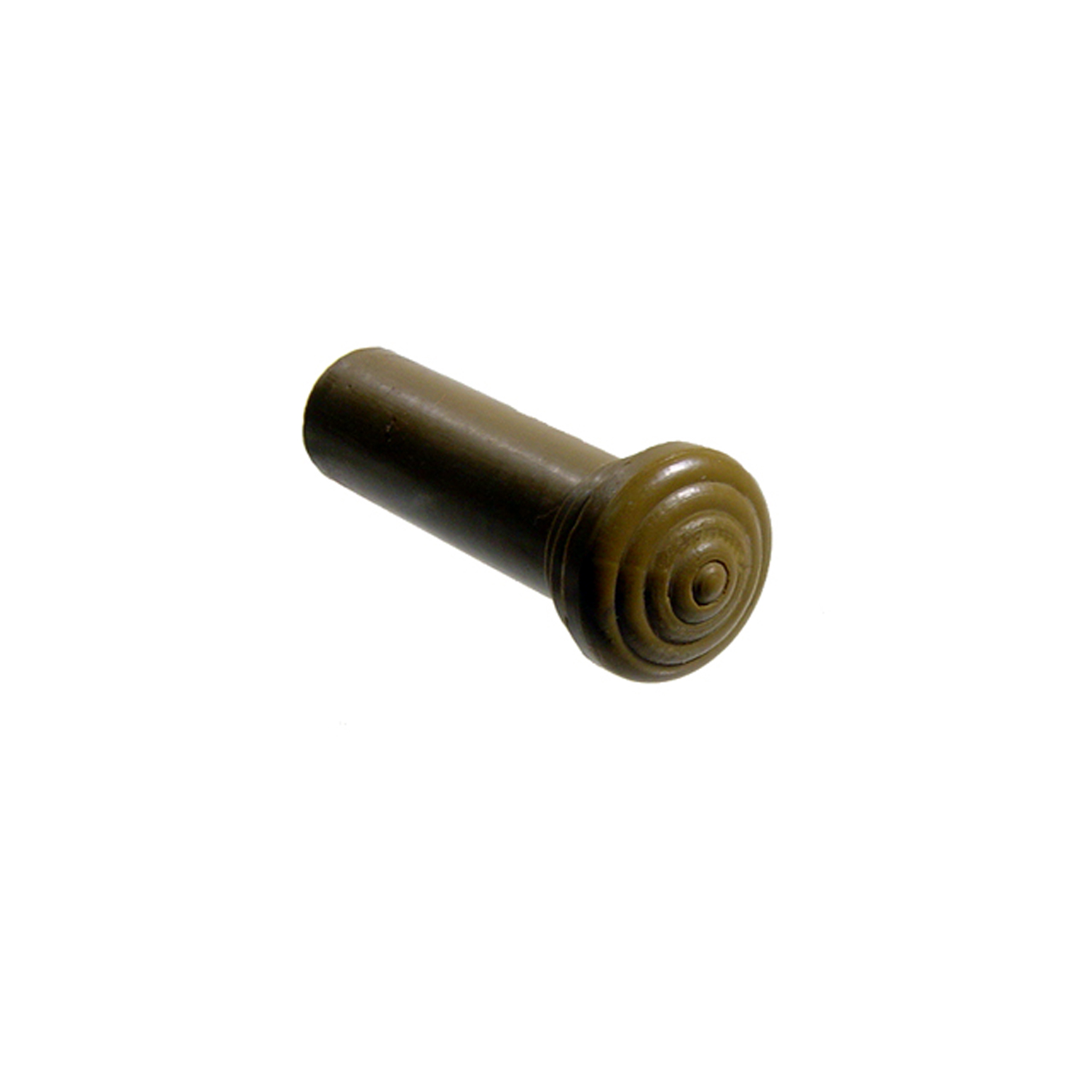 1942 Buick Roadmaster Series 70 Door Lock Knob. Made of Olive Green rubber, self-threading-RP 304-GDoor Lock Knob. Made of Olive Green rubber, self-threading. 1-3/8" tall with 1/8" lower I.D., 3/8" lower O.D. Each
1942 Buick Roadmaster Series 70 Door Lock Knob. Made of Olive Green rubber, self-threading-RP 304-GDoor Lock Knob. Made of Olive Green rubber, self-threading. 1-3/8" tall with 1/8" lower I.D., 3/8" lower O.D. Each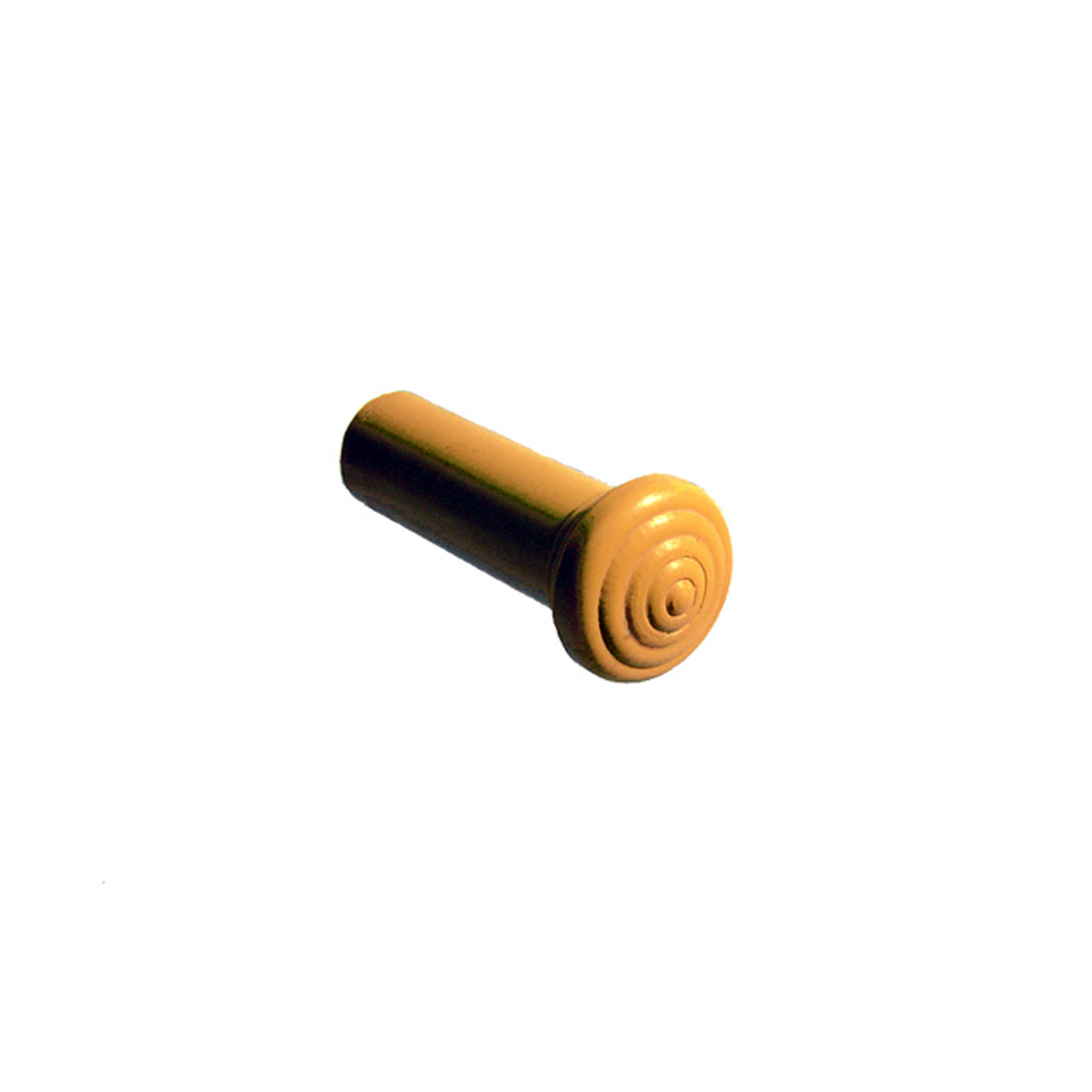 1942 Buick Roadmaster Series 70 Door Lock Knob. Made of Yellow rubber, self-threading-RP 304-HDoor Lock Knob. Made of Yellow rubber, self-threading. 1-3/8" tall with 1/8" lower I.D., 3/8" lower O.D. Each
1942 Buick Roadmaster Series 70 Door Lock Knob. Made of Yellow rubber, self-threading-RP 304-HDoor Lock Knob. Made of Yellow rubber, self-threading. 1-3/8" tall with 1/8" lower I.D., 3/8" lower O.D. Each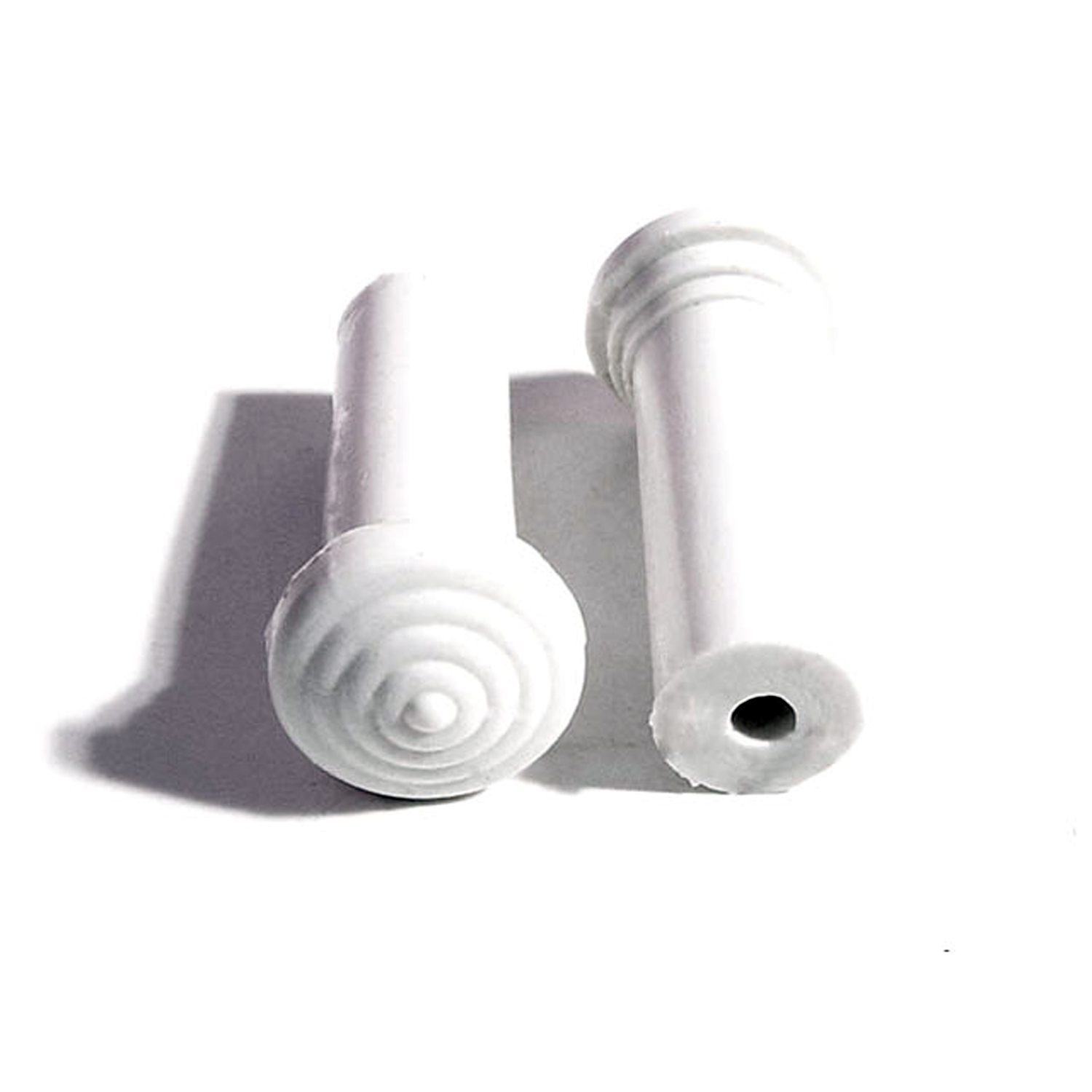 1942 Buick Roadmaster Series 70 Door Lock Knob. Made of White rubber, self-threading-RP 304-IDoor Lock Knob. Made of White rubber, self-threading. 1-3/8" tall with 1/8" lower I.D., 3/8" lower O.D. Each
1942 Buick Roadmaster Series 70 Door Lock Knob. Made of White rubber, self-threading-RP 304-IDoor Lock Knob. Made of White rubber, self-threading. 1-3/8" tall with 1/8" lower I.D., 3/8" lower O.D. Each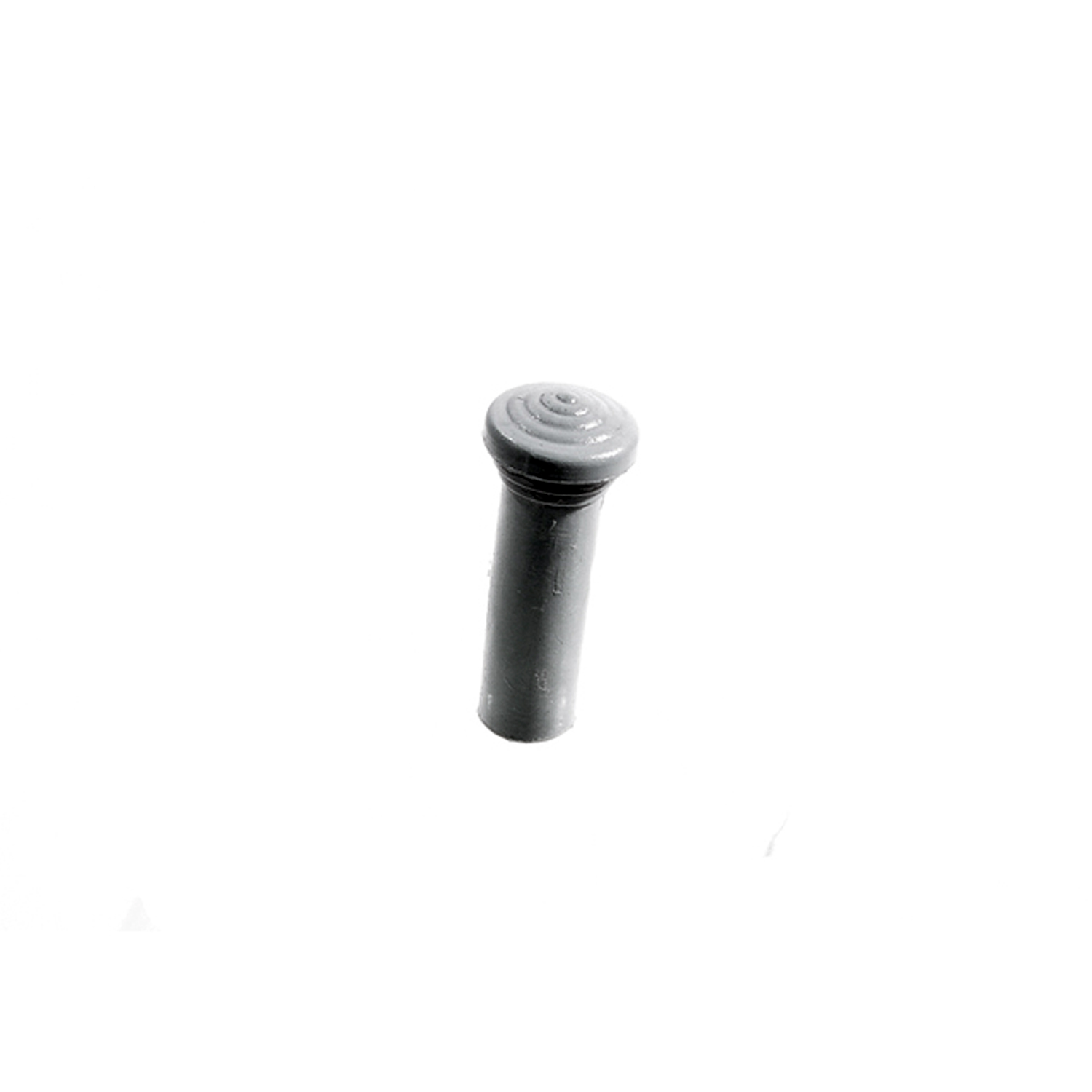 1942 Buick Roadmaster Series 70 Door Lock Knob. Made of Silver rubber, self-threading-RP 304-JDoor Lock Knob. Made of Silver rubber, self-threading. 1-3/8" tall with 1/8" lower I.D., 3/8" lower O.D. Each
1942 Buick Roadmaster Series 70 Door Lock Knob. Made of Silver rubber, self-threading-RP 304-JDoor Lock Knob. Made of Silver rubber, self-threading. 1-3/8" tall with 1/8" lower I.D., 3/8" lower O.D. Each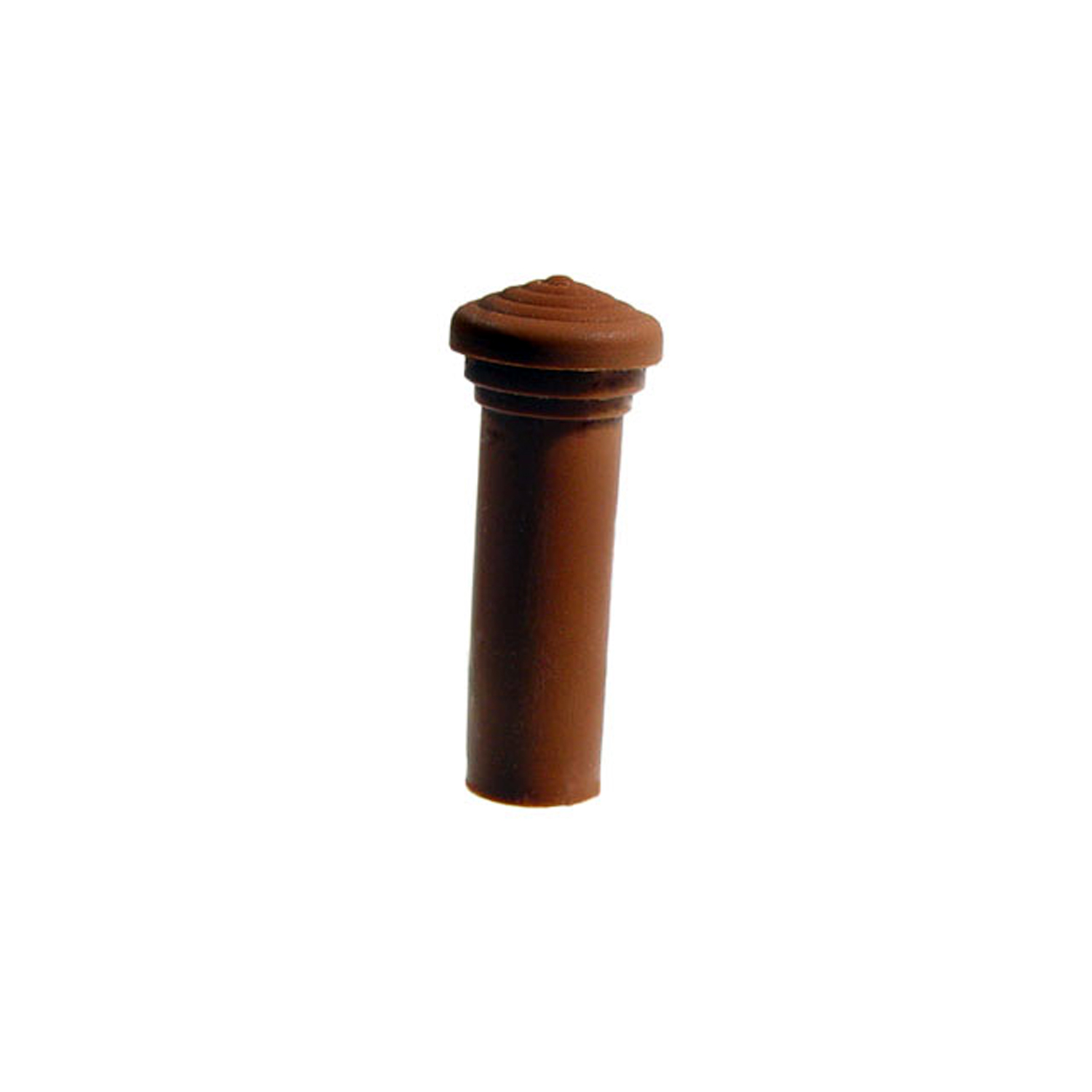 1942 Buick Roadmaster Series 70 Door Lock Knob. Made of Medium Brown rubber, self-threading-RP 304-KDoor Lock Knob. Made of Medium Brown rubber, self-threading. 1-3/8" tall with 1/8" lower I.D., 3/8" lower O.D. Each
1942 Buick Roadmaster Series 70 Door Lock Knob. Made of Medium Brown rubber, self-threading-RP 304-KDoor Lock Knob. Made of Medium Brown rubber, self-threading. 1-3/8" tall with 1/8" lower I.D., 3/8" lower O.D. Each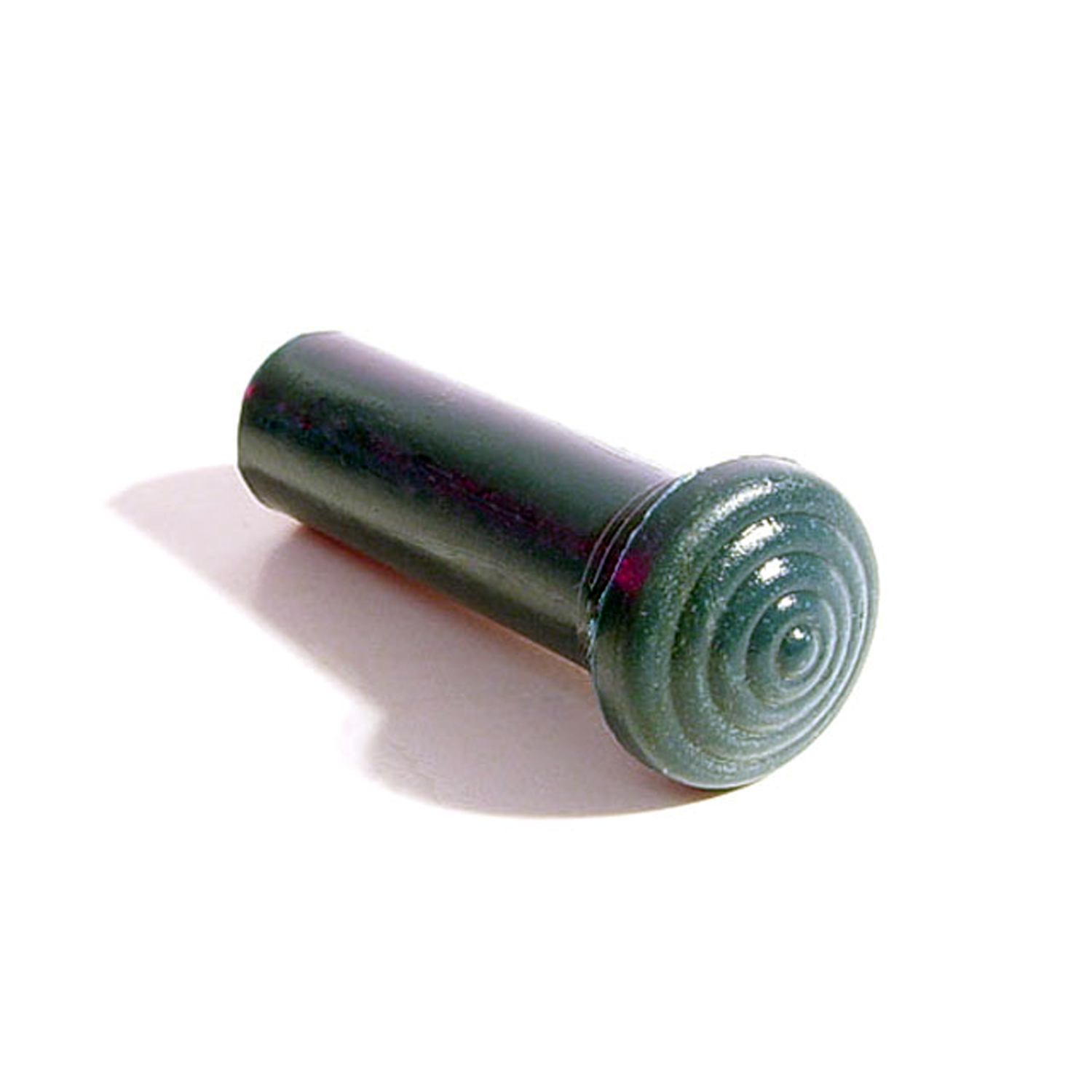 1942 Buick Roadmaster Series 70 Door Lock Knob. Made of Wedgwood rubber, self-threading-RP 304-LDoor Lock Knob. Made of Wedgwood rubber, self-threading. 1-3/8" tall with 1/8" lower I.D., 3/8" lower O.D. Each
1942 Buick Roadmaster Series 70 Door Lock Knob. Made of Wedgwood rubber, self-threading-RP 304-LDoor Lock Knob. Made of Wedgwood rubber, self-threading. 1-3/8" tall with 1/8" lower I.D., 3/8" lower O.D. Each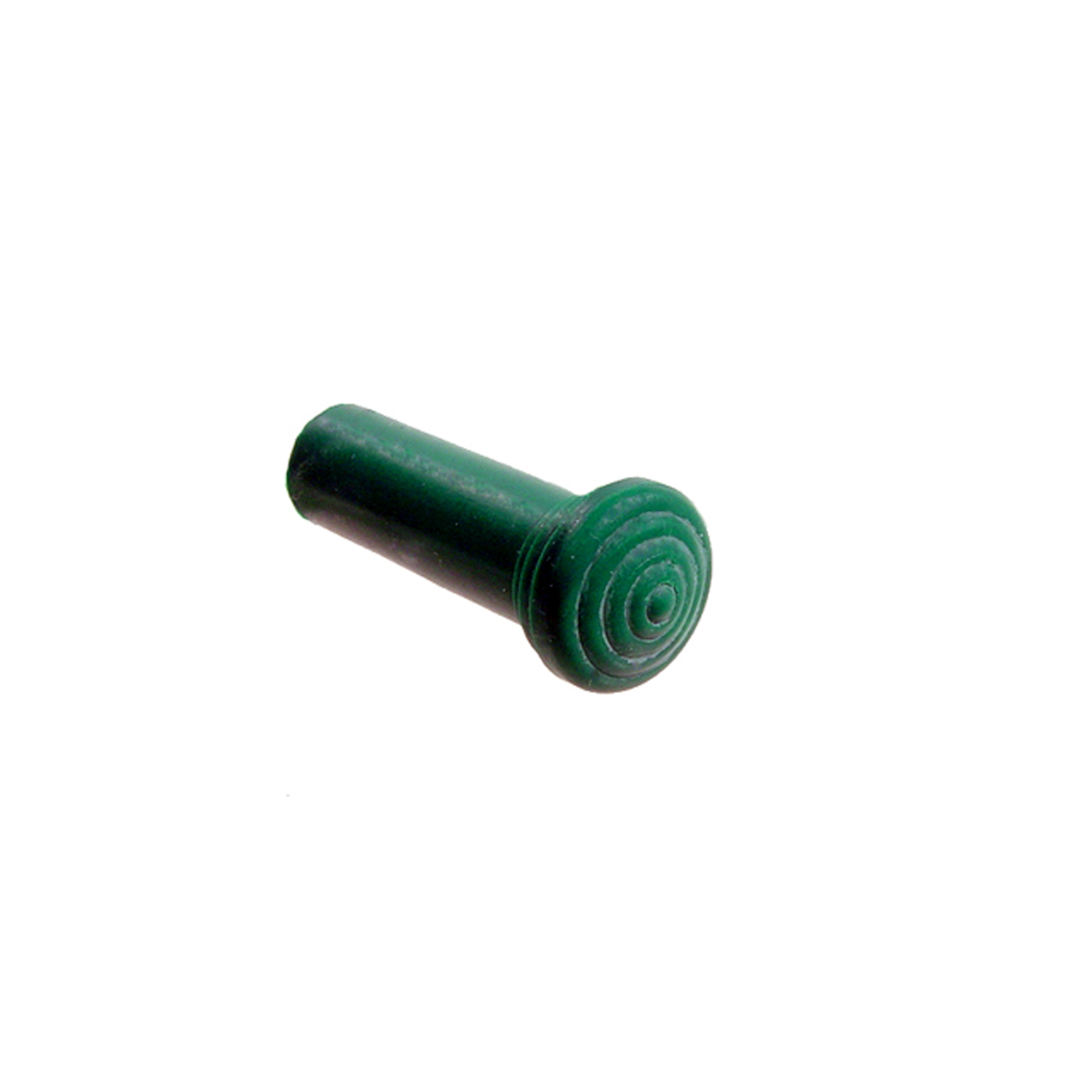 1942 Buick Roadmaster Series 70 Door Lock Knob. Made of Teal Green rubber, self-threading-RP 304-MDoor Lock Knob. Made of Teal Green rubber, self-threading. 1-3/8" tall with 1/8" lower I.D., 3/8" lower O.D. Each
1942 Buick Roadmaster Series 70 Door Lock Knob. Made of Teal Green rubber, self-threading-RP 304-MDoor Lock Knob. Made of Teal Green rubber, self-threading. 1-3/8" tall with 1/8" lower I.D., 3/8" lower O.D. Each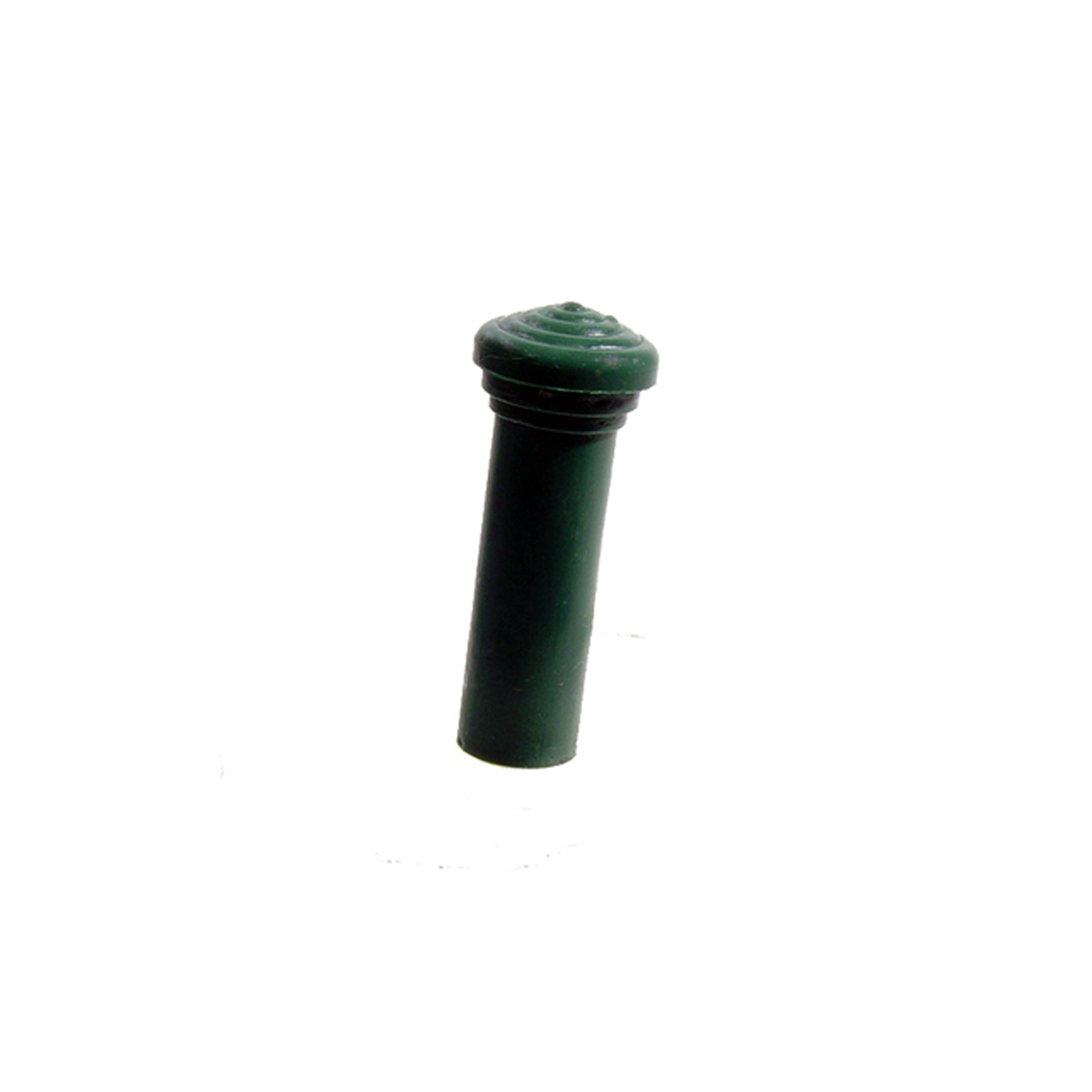 1942 Buick Roadmaster Series 70 Door Lock Knob. Made of Moss Green rubber, self-threading-RP 304-NDoor Lock Knob. Made of Moss Green rubber, self-threading. 1-3/8" tall with 1/8" lower I.D., 3/8" lower O.D. Each
1942 Buick Roadmaster Series 70 Door Lock Knob. Made of Moss Green rubber, self-threading-RP 304-NDoor Lock Knob. Made of Moss Green rubber, self-threading. 1-3/8" tall with 1/8" lower I.D., 3/8" lower O.D. Each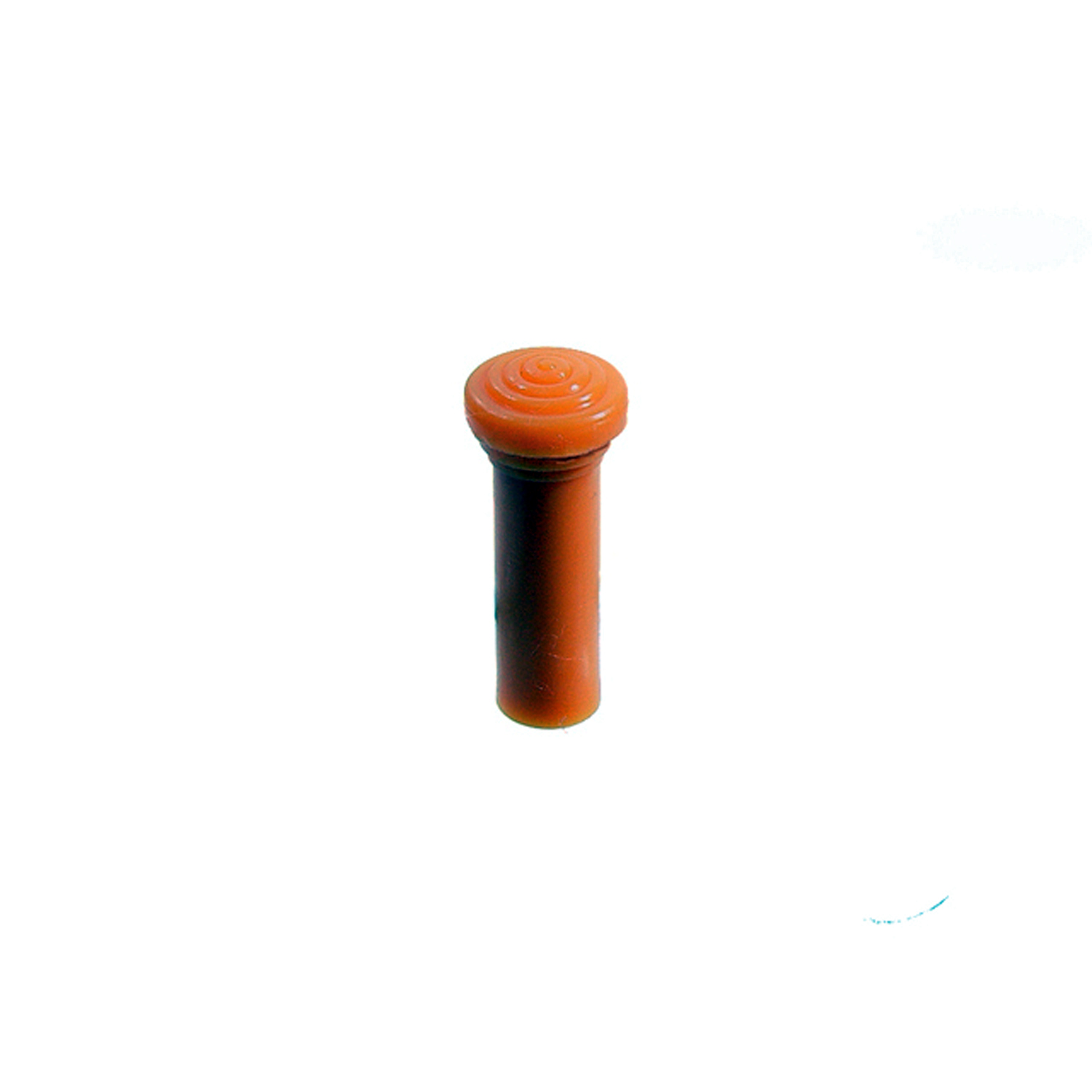 1942 Buick Roadmaster Series 70 Door Lock Knob. Made of Ember glow rubber, self-threading-RP 304-ODoor Lock Knob. Made of Ember glow rubber, self-threading. 1-3/8" tall with 1/8" lower I.D., 3/8" lower O.D. Each
1942 Buick Roadmaster Series 70 Door Lock Knob. Made of Ember glow rubber, self-threading-RP 304-ODoor Lock Knob. Made of Ember glow rubber, self-threading. 1-3/8" tall with 1/8" lower I.D., 3/8" lower O.D. Each 1942 Buick Roadmaster Series 70 Folding Top Weatherstrips-RR 1600Folding Top Weatherstrips. Includes right & left sides plus windshield posts. 8-Piece Set
1942 Buick Roadmaster Series 70 Folding Top Weatherstrips-RR 1600Folding Top Weatherstrips. Includes right & left sides plus windshield posts. 8-Piece Set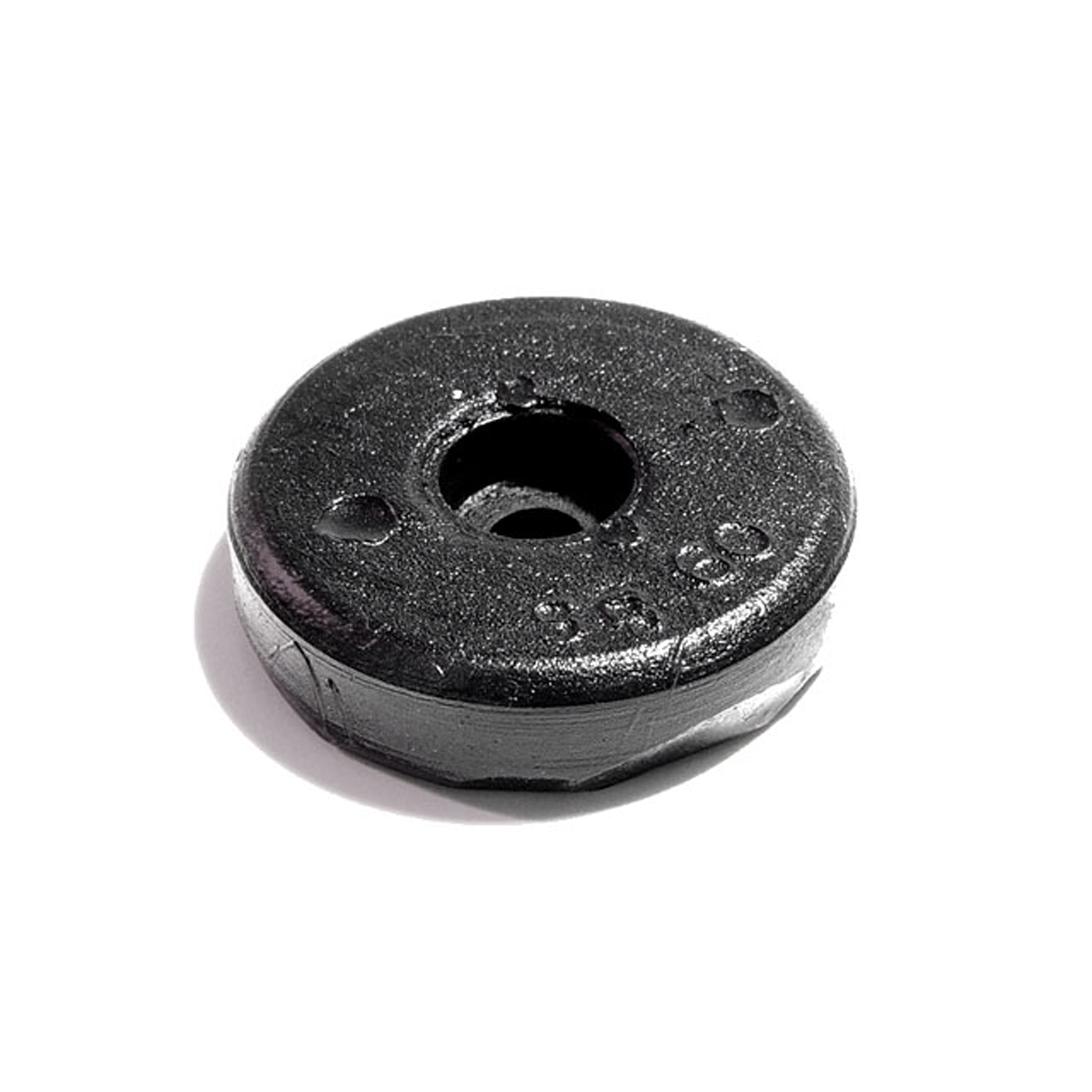 1942 Buick Roadmaster Series 70 Door Bumper. 1" diameter X 1/4" thick Each-SB 60Door Bumper. 1" diameter X 1/4" thick Each
1942 Buick Roadmaster Series 70 Door Bumper. 1" diameter X 1/4" thick Each-SB 60Door Bumper. 1" diameter X 1/4" thick Each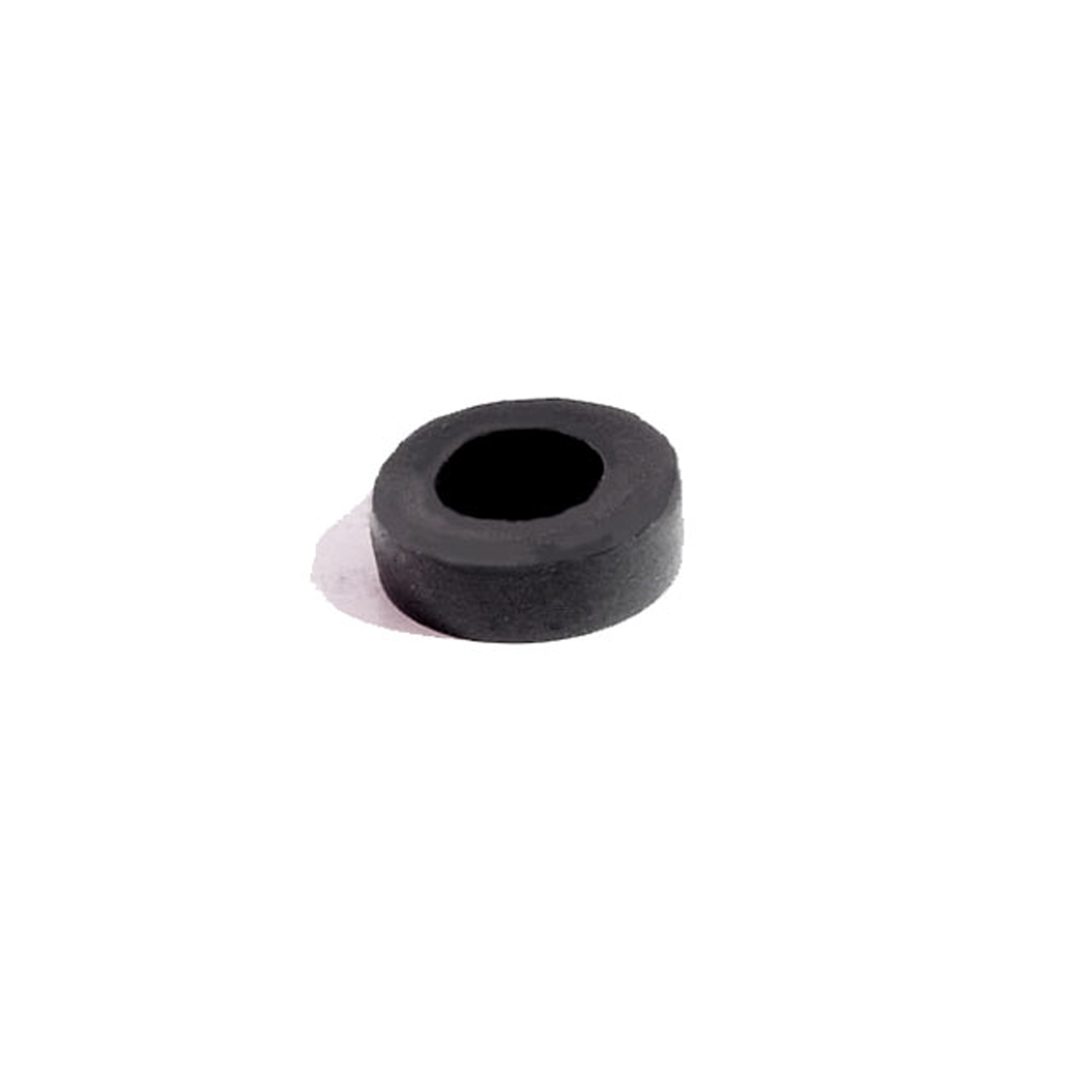 1942 Buick Roadmaster Series 70 Front Door Window Adjustment Bumper Cushion-SB 70Front Door Window Adjustment Bumper Cushion. For "T" bolt in door. Four to six used per car. 11/16" X 1/4". Each
1942 Buick Roadmaster Series 70 Front Door Window Adjustment Bumper Cushion-SB 70Front Door Window Adjustment Bumper Cushion. For "T" bolt in door. Four to six used per car. 11/16" X 1/4". Each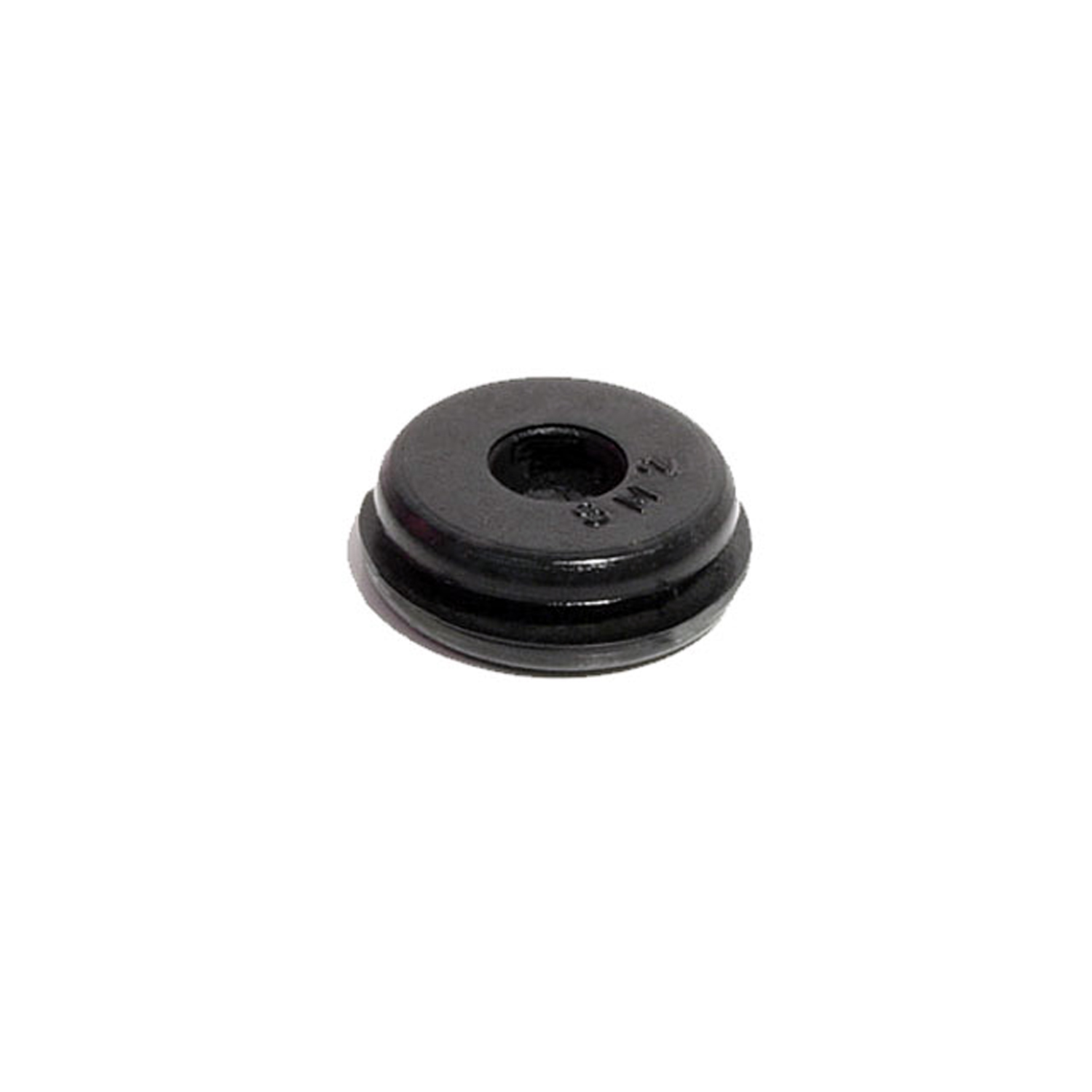 1942 Buick Roadmaster Series 70 Speedometer Cable / Utility Grommet-SM 2Speedometer Cable / Utility Grommet. Fits 3/4" to 13/16" hole. 3/16" center hole. Each
1942 Buick Roadmaster Series 70 Speedometer Cable / Utility Grommet-SM 2Speedometer Cable / Utility Grommet. Fits 3/4" to 13/16" hole. 3/16" center hole. Each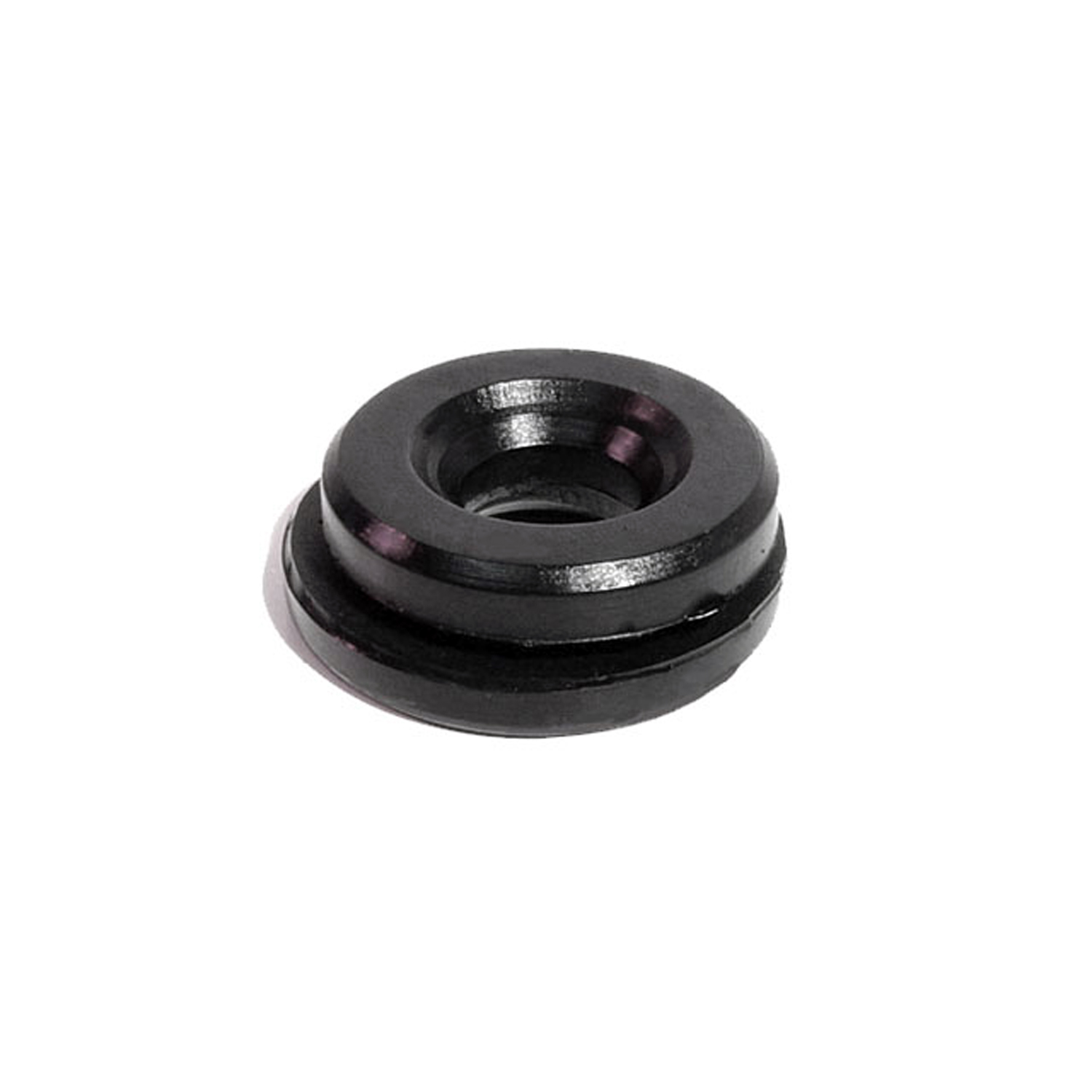 1942 Buick Roadmaster Series 70 Wire Harness Grommet. Each-SM 3Wire Harness Grommet. Each
1942 Buick Roadmaster Series 70 Wire Harness Grommet. Each-SM 3Wire Harness Grommet. Each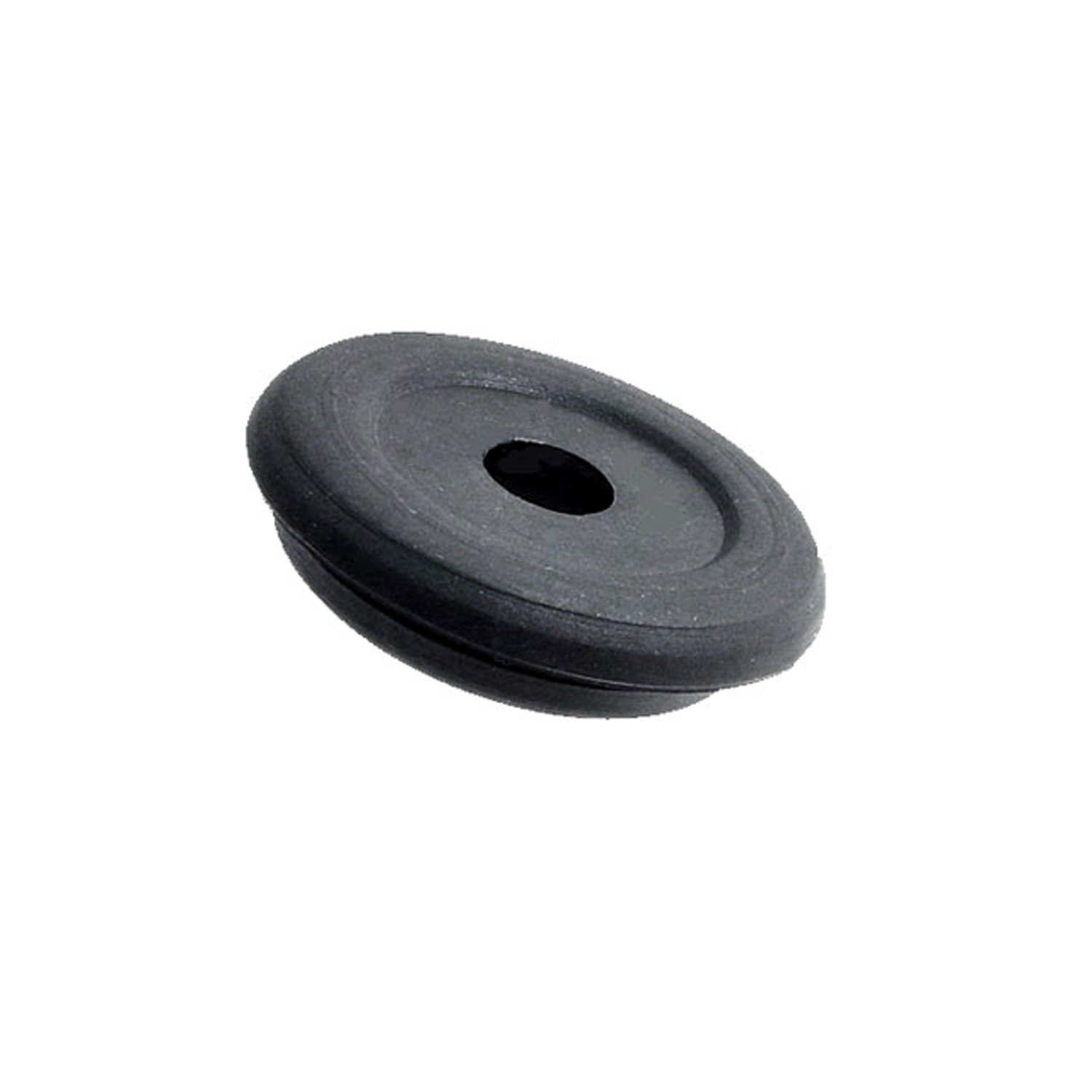 1942 Buick Roadmaster Series 70 Ignition cable grommet. 2 in. OD x 1/2 in. ID fits a 1.5 in-SM 33Ignition cable grommet. 2 in. OD x 1/2 in. ID fits a 1.5 in. hole. Each.
1942 Buick Roadmaster Series 70 Ignition cable grommet. 2 in. OD x 1/2 in. ID fits a 1.5 in-SM 33Ignition cable grommet. 2 in. OD x 1/2 in. ID fits a 1.5 in. hole. Each.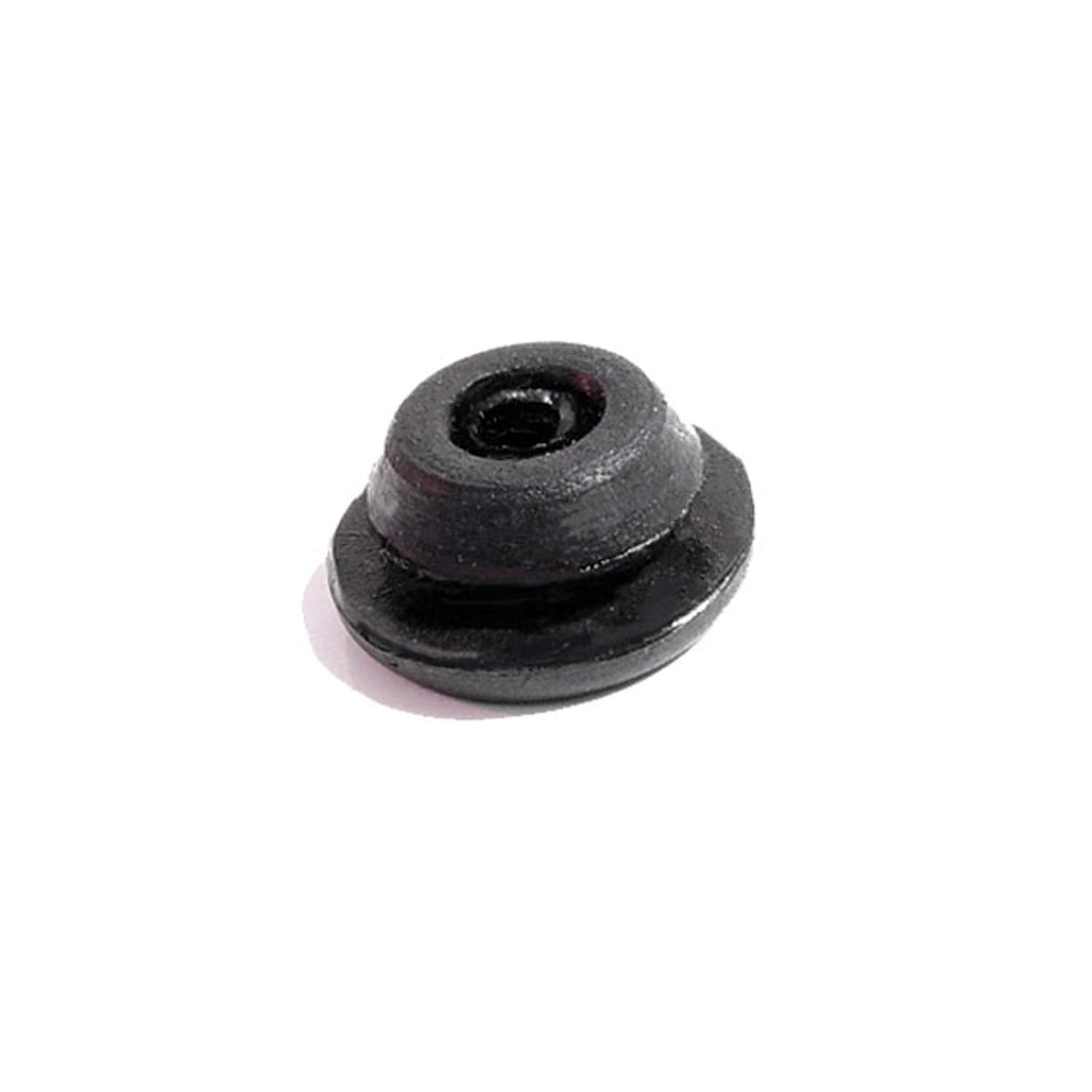 1942 Buick Roadmaster Series 70 Special Purpose Grommet-SM 4Special Purpose Grommet. For firewall, fuel gauge wire, horn wire, hood latch cable and fresh air cable. Fits 1/2" hole. 1/8" center hole. Each
1942 Buick Roadmaster Series 70 Special Purpose Grommet-SM 4Special Purpose Grommet. For firewall, fuel gauge wire, horn wire, hood latch cable and fresh air cable. Fits 1/2" hole. 1/8" center hole. Each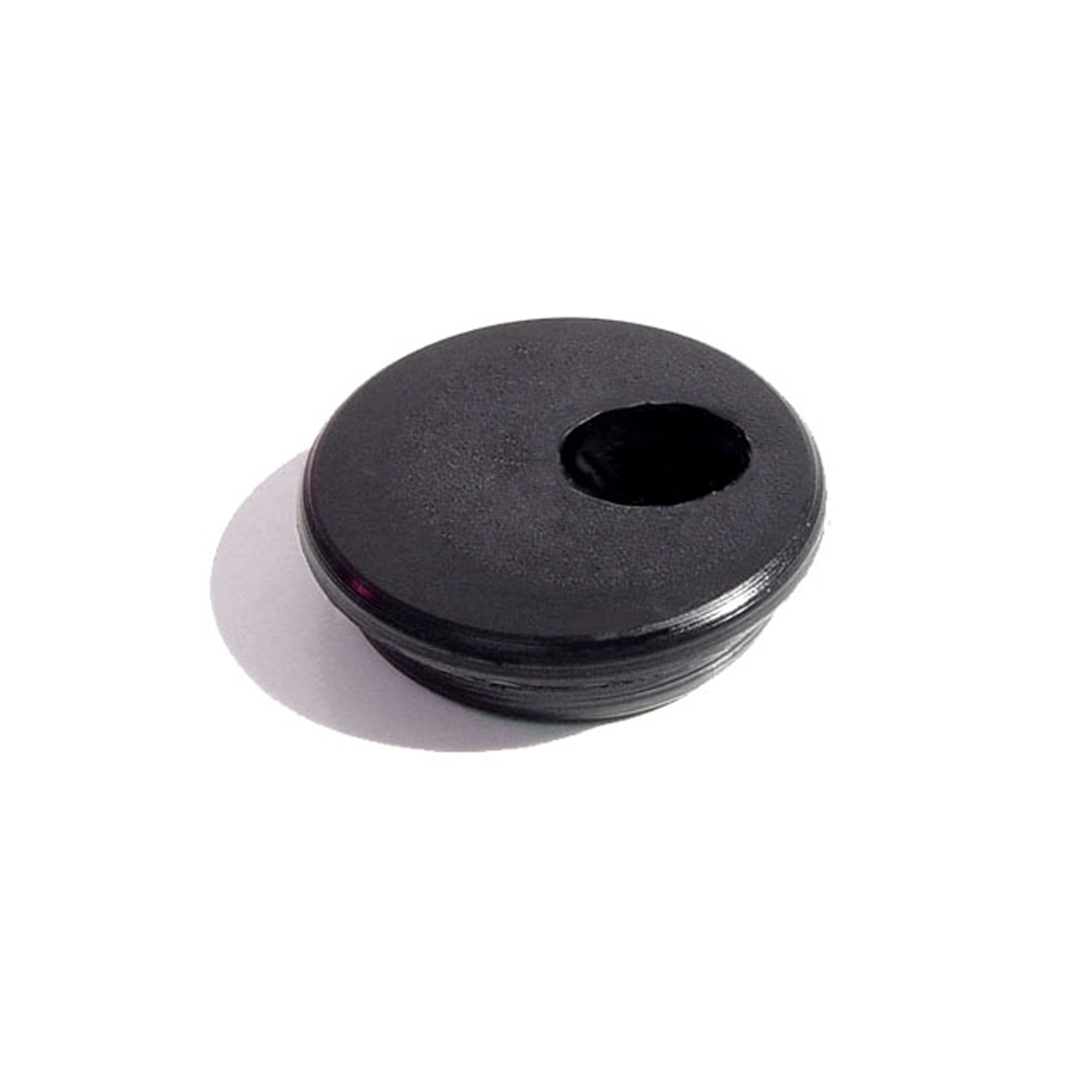 1942 Buick Roadmaster Series 70 Firewall Grommet. For park brake cable. Angled hole. Fit's 1" hole-SM 40Firewall Grommet. For park brake cable. Angled hole. Fit's 1" Hole. Each
1942 Buick Roadmaster Series 70 Firewall Grommet. For park brake cable. Angled hole. Fit's 1" hole-SM 40Firewall Grommet. For park brake cable. Angled hole. Fit's 1" Hole. Each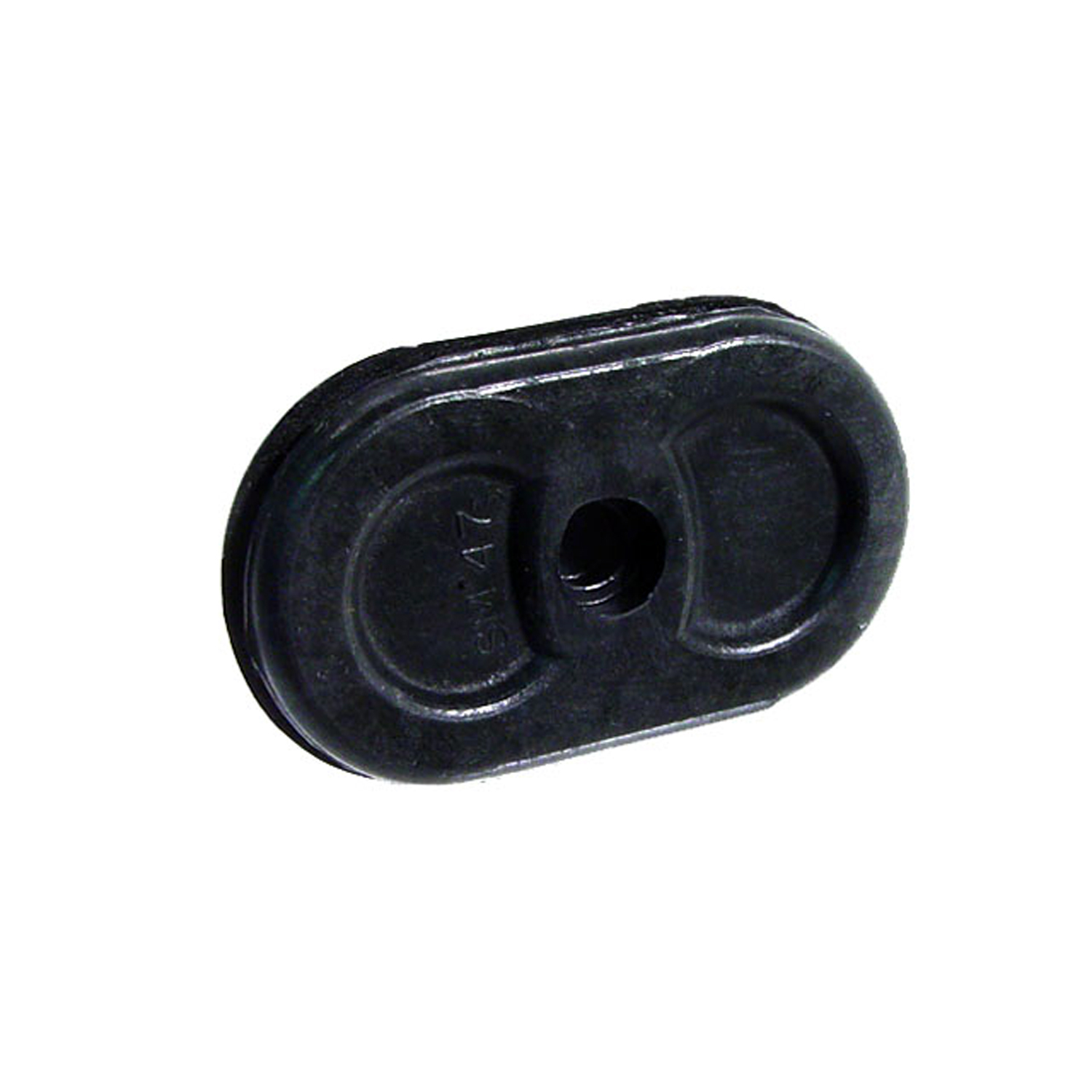 1942 Buick Roadmaster Series 70 Speedometer Cable Firewall Grommet. Fits 1-7/8" long hole-SM 47Speedometer Cable Firewall Grommet. Fits 1-7/8" long hole. NOTE: Not used when car was factory equipped with windshield washers. (Fits some models) Each
1942 Buick Roadmaster Series 70 Speedometer Cable Firewall Grommet. Fits 1-7/8" long hole-SM 47Speedometer Cable Firewall Grommet. Fits 1-7/8" long hole. NOTE: Not used when car was factory equipped with windshield washers. (Fits some models) Each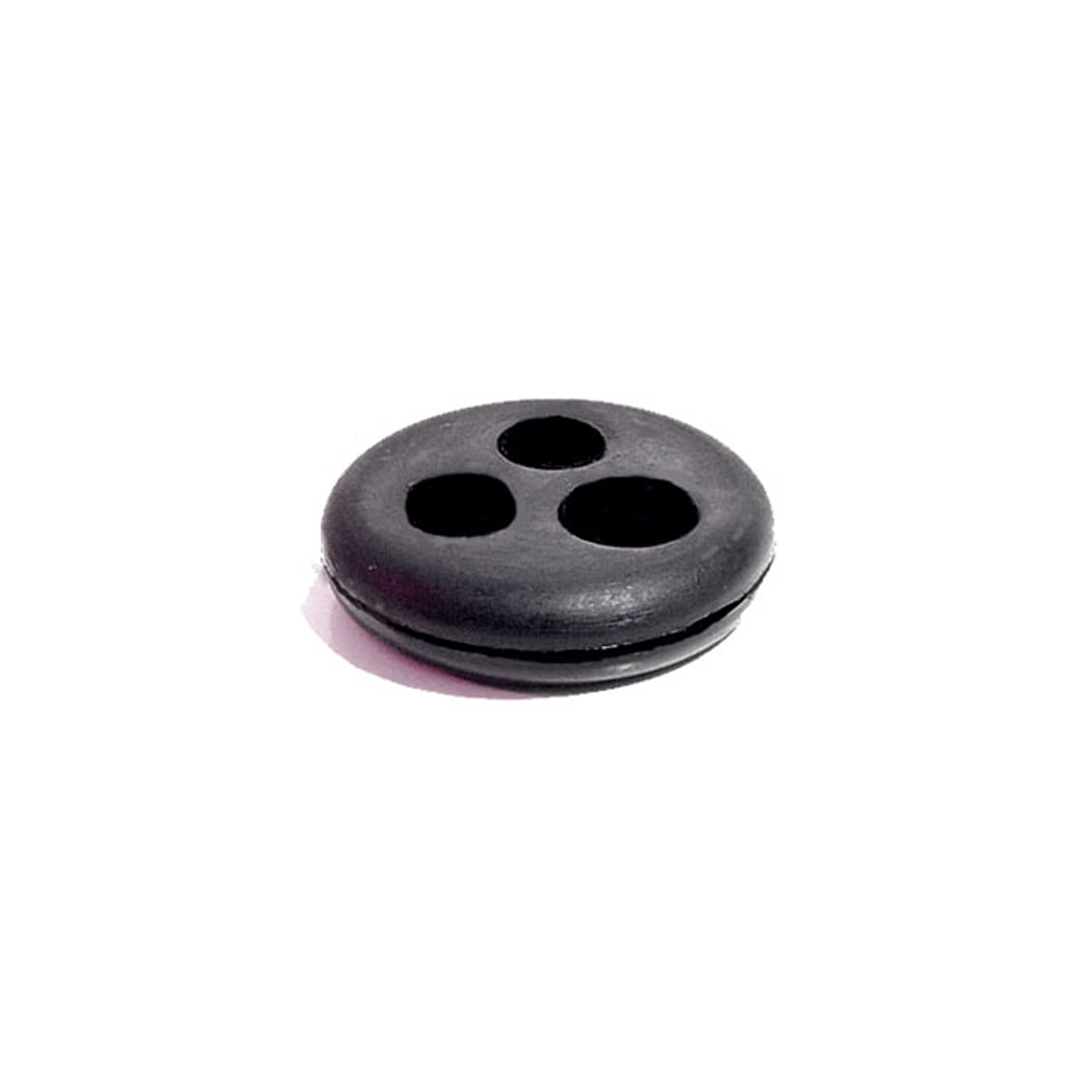 1942 Buick Roadmaster Series 70 Windshield Wiper Grommet. Fits 1" hole. Each-SM 56Windshield Wiper Grommet. Fits 1" hole. Each
1942 Buick Roadmaster Series 70 Windshield Wiper Grommet. Fits 1" hole. Each-SM 56Windshield Wiper Grommet. Fits 1" hole. Each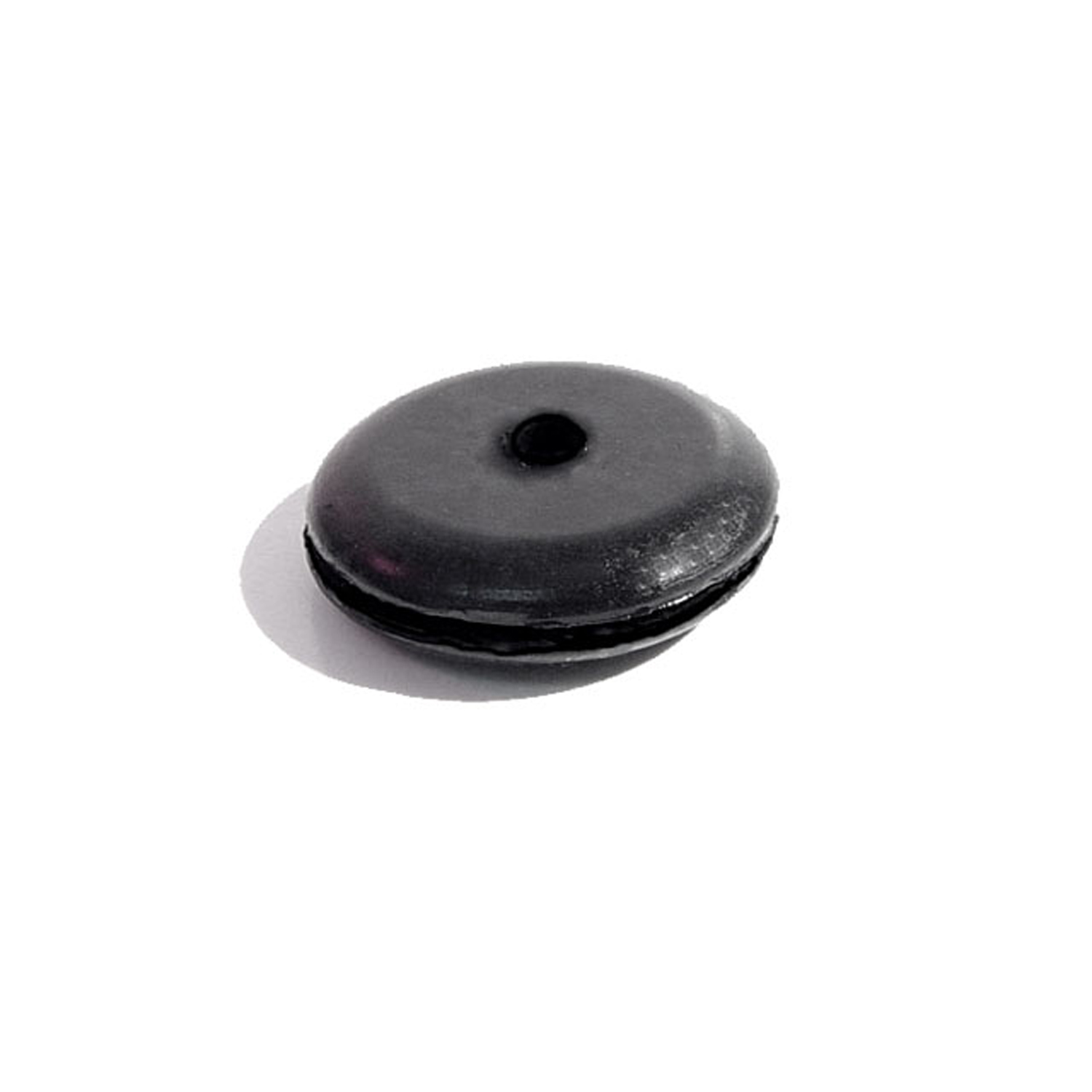 1942 Buick Roadmaster Series 70 Choke Cable Grommet. Fits 5/8" hole. 1/8" center hole-SM 62Choke Cable Grommet. Fits 5/8" hole. 1/8" center hole. Each
1942 Buick Roadmaster Series 70 Choke Cable Grommet. Fits 5/8" hole. 1/8" center hole-SM 62Choke Cable Grommet. Fits 5/8" hole. 1/8" center hole. Each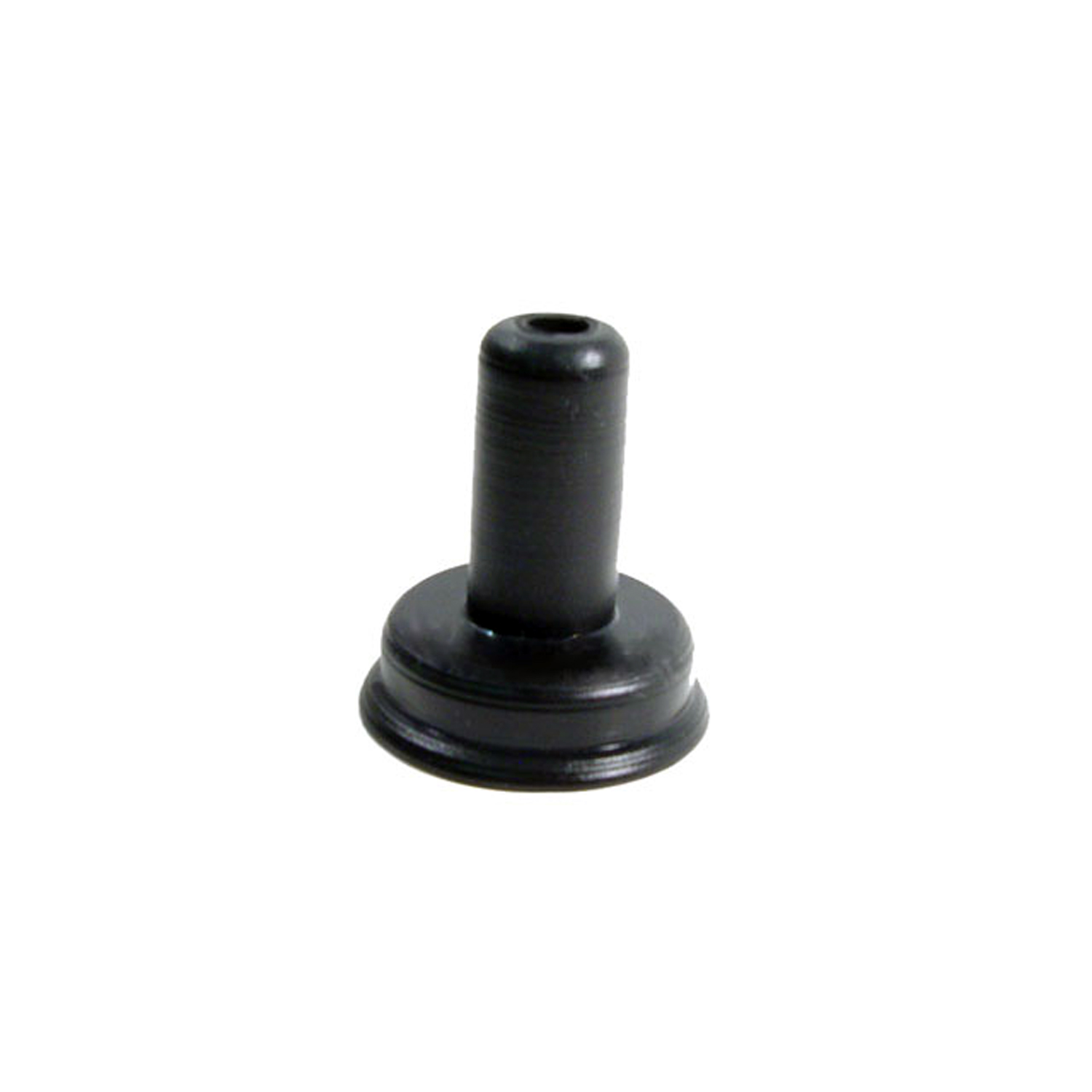 1942 Buick Roadmaster Series 70 Radio Fuse Boot and Wire Harness. For original radio only-SM 65-ARadio Fuse Boot and Wire Harness. For original radio only. Each
1942 Buick Roadmaster Series 70 Radio Fuse Boot and Wire Harness. For original radio only-SM 65-ARadio Fuse Boot and Wire Harness. For original radio only. Each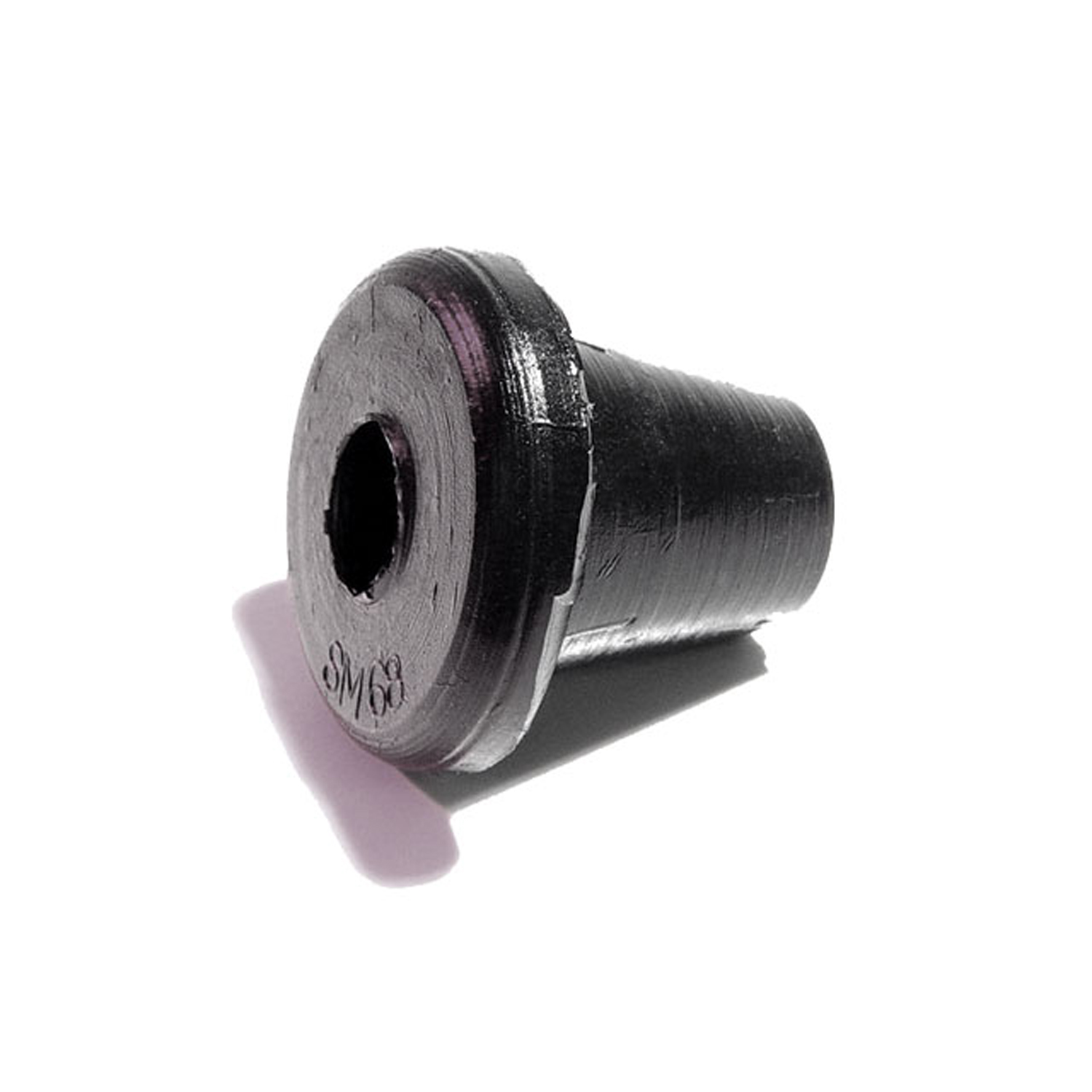 1942 Buick Roadmaster Series 70 Special Purpose Grommet-SM 68Special Purpose Grommet. For headlight wire loom through body. Each
1942 Buick Roadmaster Series 70 Special Purpose Grommet-SM 68Special Purpose Grommet. For headlight wire loom through body. Each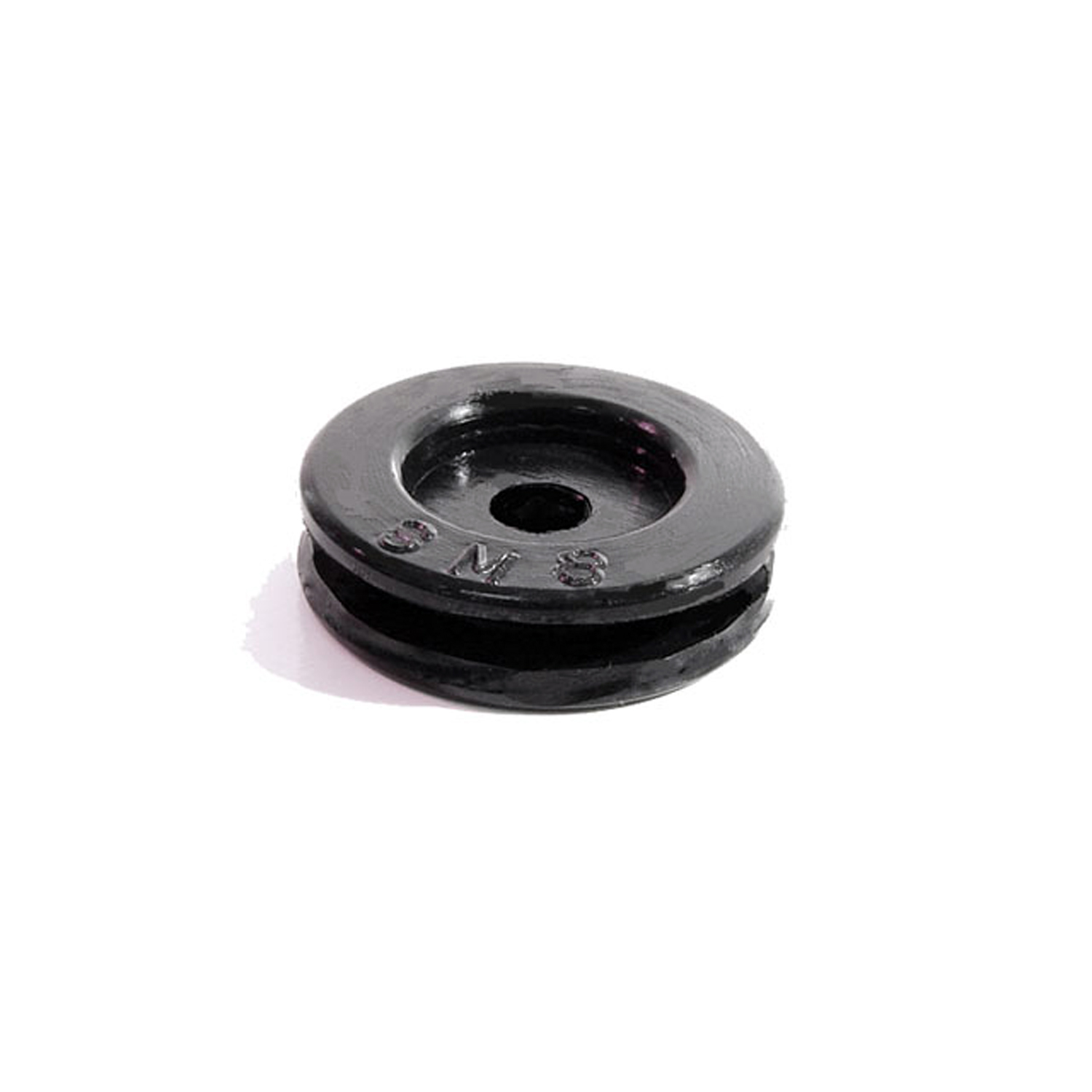 1942 Buick Roadmaster Series 70 Firewall and Utility Grommet. Fits 3/4" hole. 3/16" I.D-SM 8Firewall and Utility Grommet. Fits 3/4" hole. 3/16" I.D. Each
1942 Buick Roadmaster Series 70 Firewall and Utility Grommet. Fits 3/4" hole. 3/16" I.D-SM 8Firewall and Utility Grommet. Fits 3/4" hole. 3/16" I.D. Each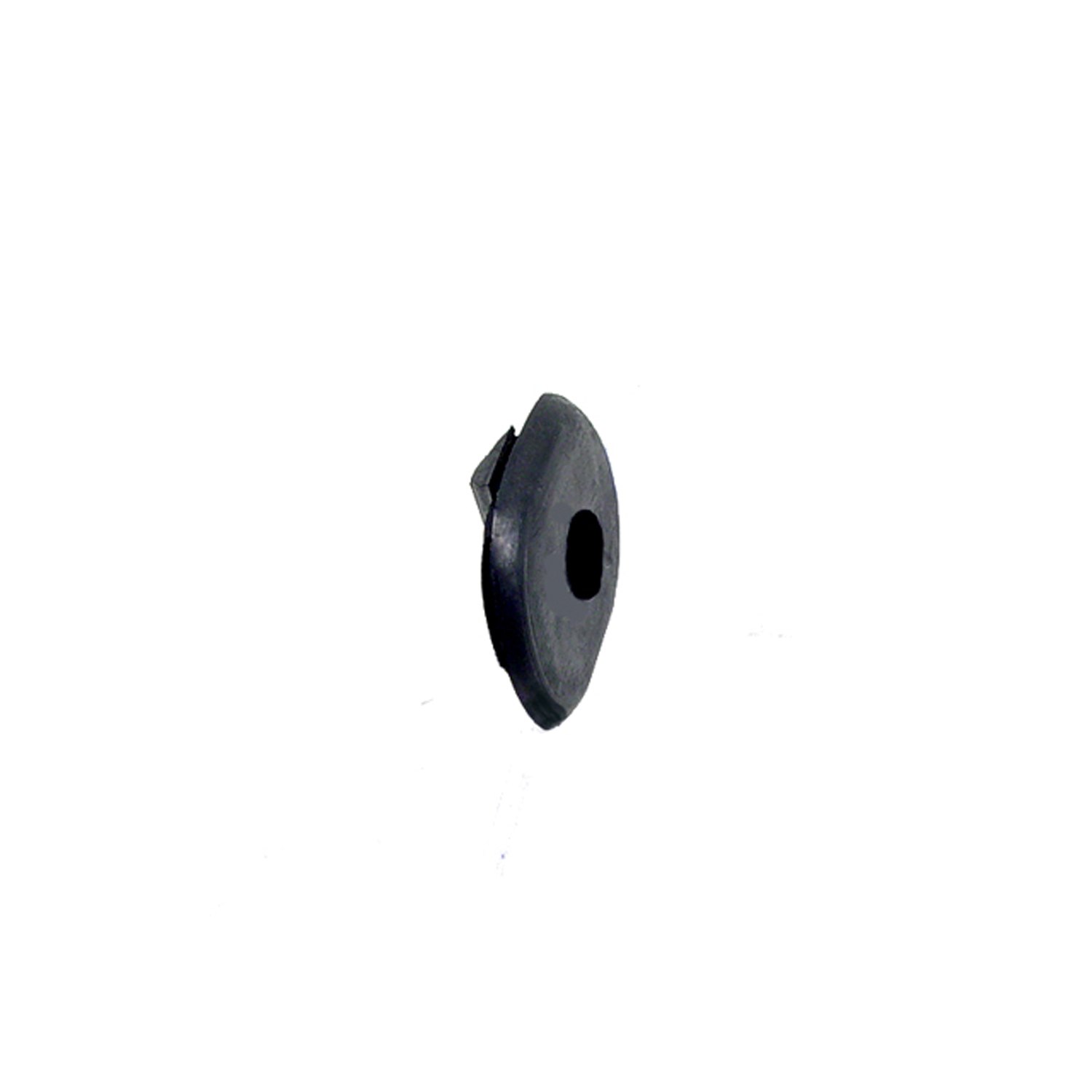 1942 Buick Roadmaster Series 70 Door Adjustment Hole Plug Grommet for Convertibles Only-SM 86Door Adjustment Hole Plug Grommet for Convertibles Only. Fits a 5/8" wide X 1" long hole. Each
1942 Buick Roadmaster Series 70 Door Adjustment Hole Plug Grommet for Convertibles Only-SM 86Door Adjustment Hole Plug Grommet for Convertibles Only. Fits a 5/8" wide X 1" long hole. Each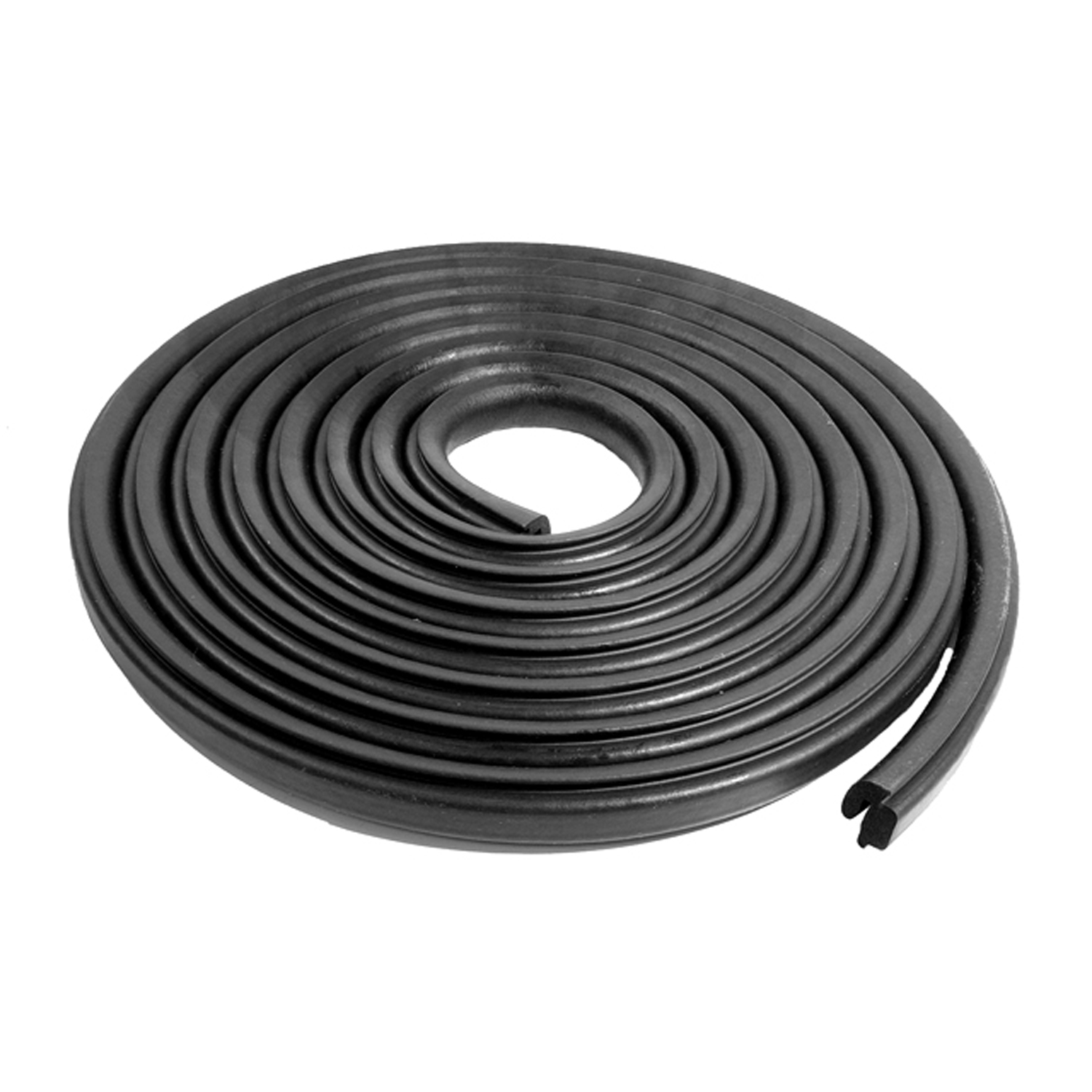 1942 Buick Roadmaster Series 70 Trunk Seal. 18 Feet long. Each-TK 50-18Trunk Seal. 18 Feet long. Each
1942 Buick Roadmaster Series 70 Trunk Seal. 18 Feet long. Each-TK 50-18Trunk Seal. 18 Feet long. Each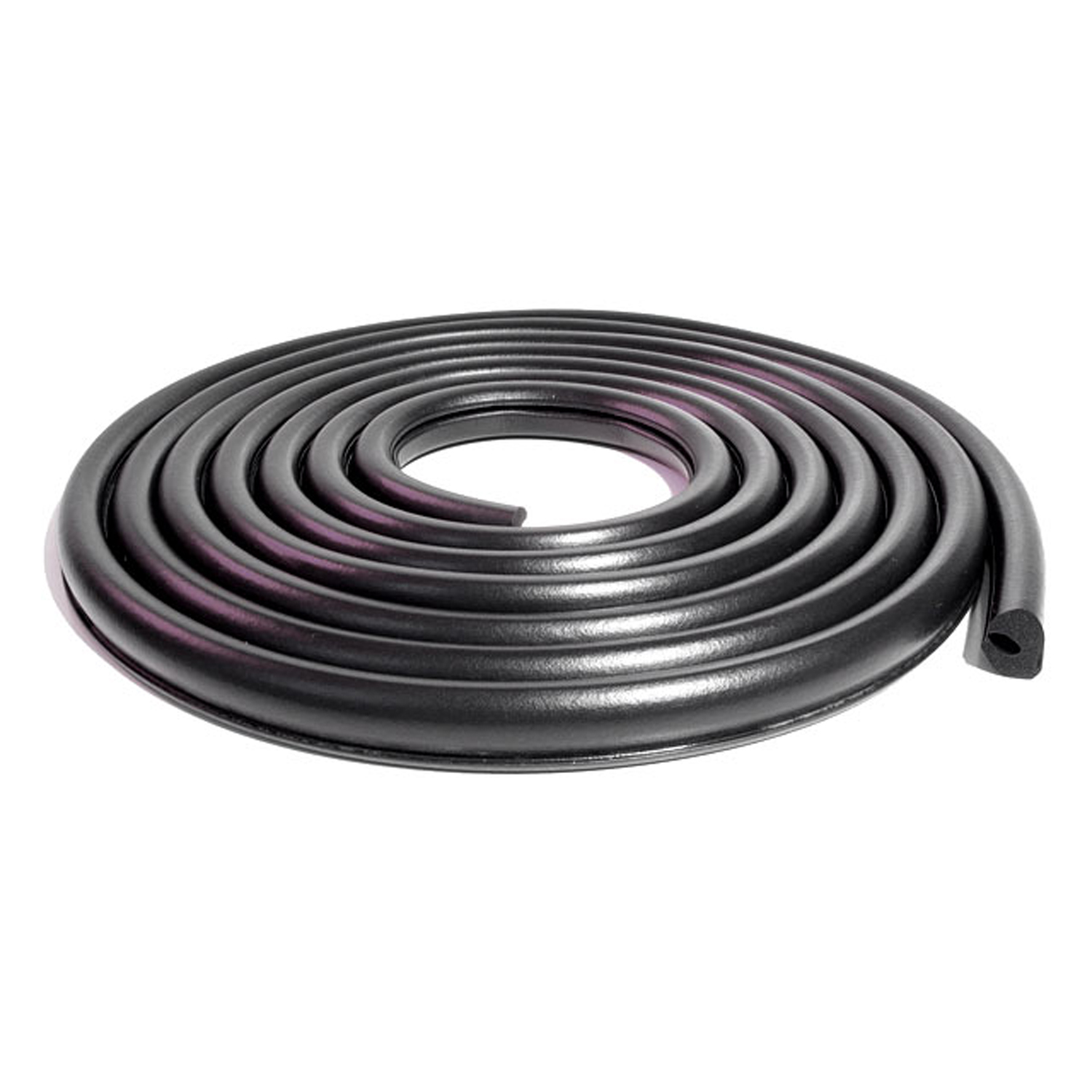 1942 Buick Roadmaster Series 70 Trunk Seal. Each-TK 56-18Trunk Seal. Each
1942 Buick Roadmaster Series 70 Trunk Seal. Each-TK 56-18Trunk Seal. Each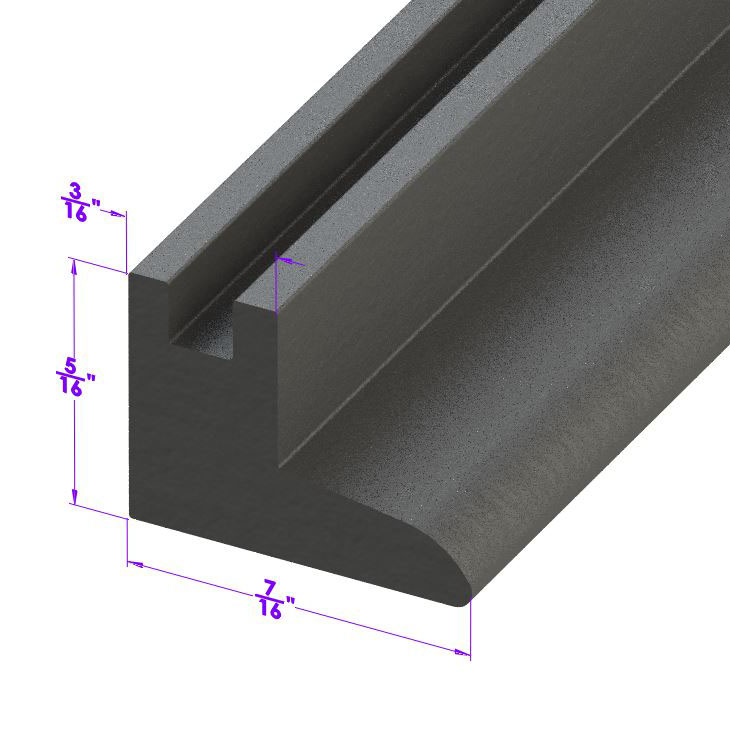 1942 Buick Roadmaster Series 70 Vertical Seal for Vent Window. Each is 17" long. Pair-VS 2Vertical Seal for Vent Window. Each is 17" long. Pair
1942 Buick Roadmaster Series 70 Vertical Seal for Vent Window. Each is 17" long. Pair-VS 2Vertical Seal for Vent Window. Each is 17" long. Pair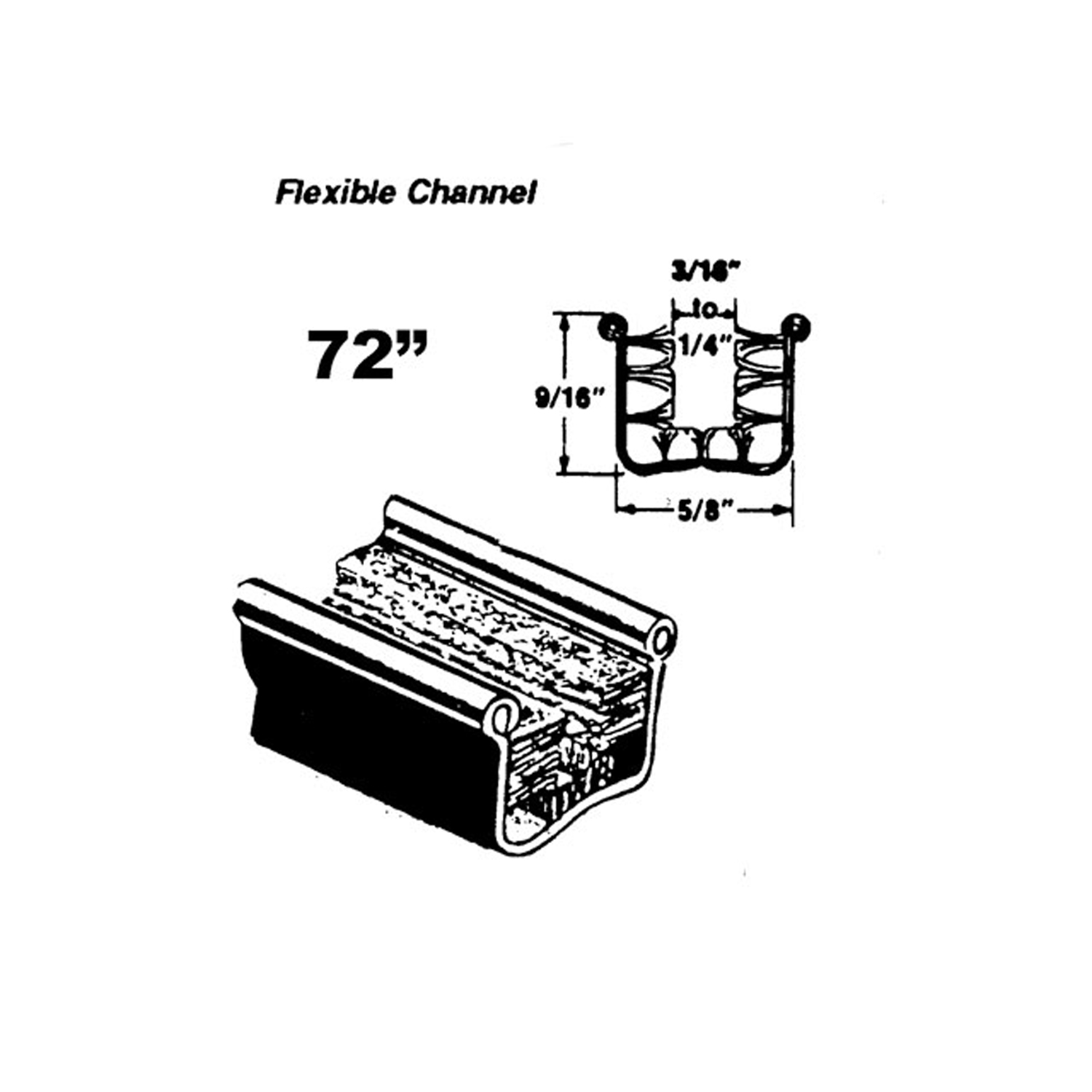 1942 Buick Roadmaster Series 70 Flexible glass-run channel-WC 11-72Flexible glass-run channel. Mohair lined, cloth covered with stainless steel bead. Used on side windows. 72 in. long. Each. NOTE: $20 special shipping charge applies for domestic orders. Call or email for overseas shipping costs. Part can be sectioned in two equal lengths to reduce overseas shipping costs.
1942 Buick Roadmaster Series 70 Flexible glass-run channel-WC 11-72Flexible glass-run channel. Mohair lined, cloth covered with stainless steel bead. Used on side windows. 72 in. long. Each. NOTE: $20 special shipping charge applies for domestic orders. Call or email for overseas shipping costs. Part can be sectioned in two equal lengths to reduce overseas shipping costs.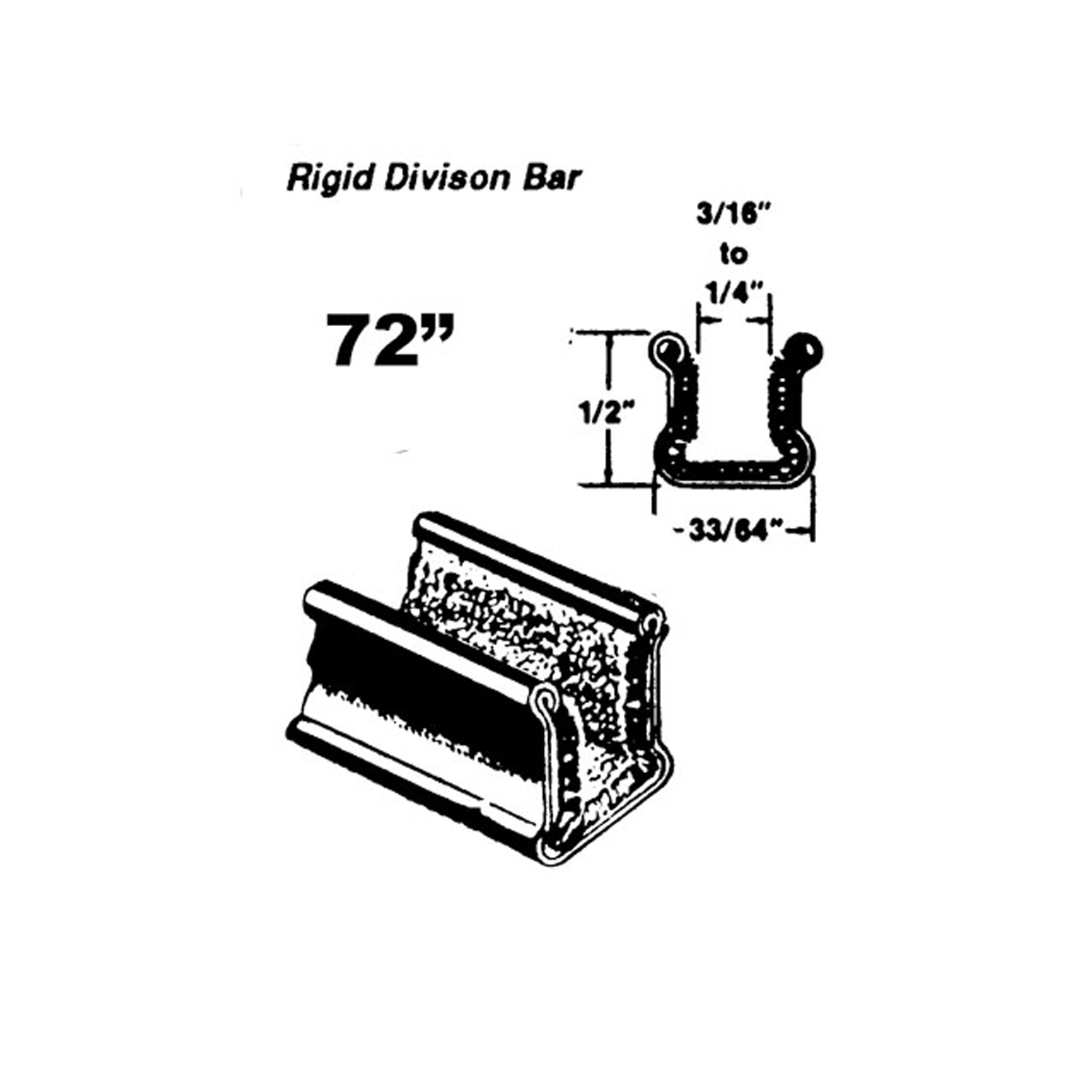 1942 Buick Roadmaster Series 70 Rigid division-bar channel. Made with Zinc-plated bead-WC 1-72Rigid division-bar channel. Made with Zinc-plated bead. Used on lower side windows. 72 in. long. Each. NOTE: $20 special shipping charge applies for domestic orders. Call or email for overseas shipping costs. Part can be sectioned into two equal lengths to reduce overseas shipping costs.
1942 Buick Roadmaster Series 70 Rigid division-bar channel. Made with Zinc-plated bead-WC 1-72Rigid division-bar channel. Made with Zinc-plated bead. Used on lower side windows. 72 in. long. Each. NOTE: $20 special shipping charge applies for domestic orders. Call or email for overseas shipping costs. Part can be sectioned into two equal lengths to reduce overseas shipping costs.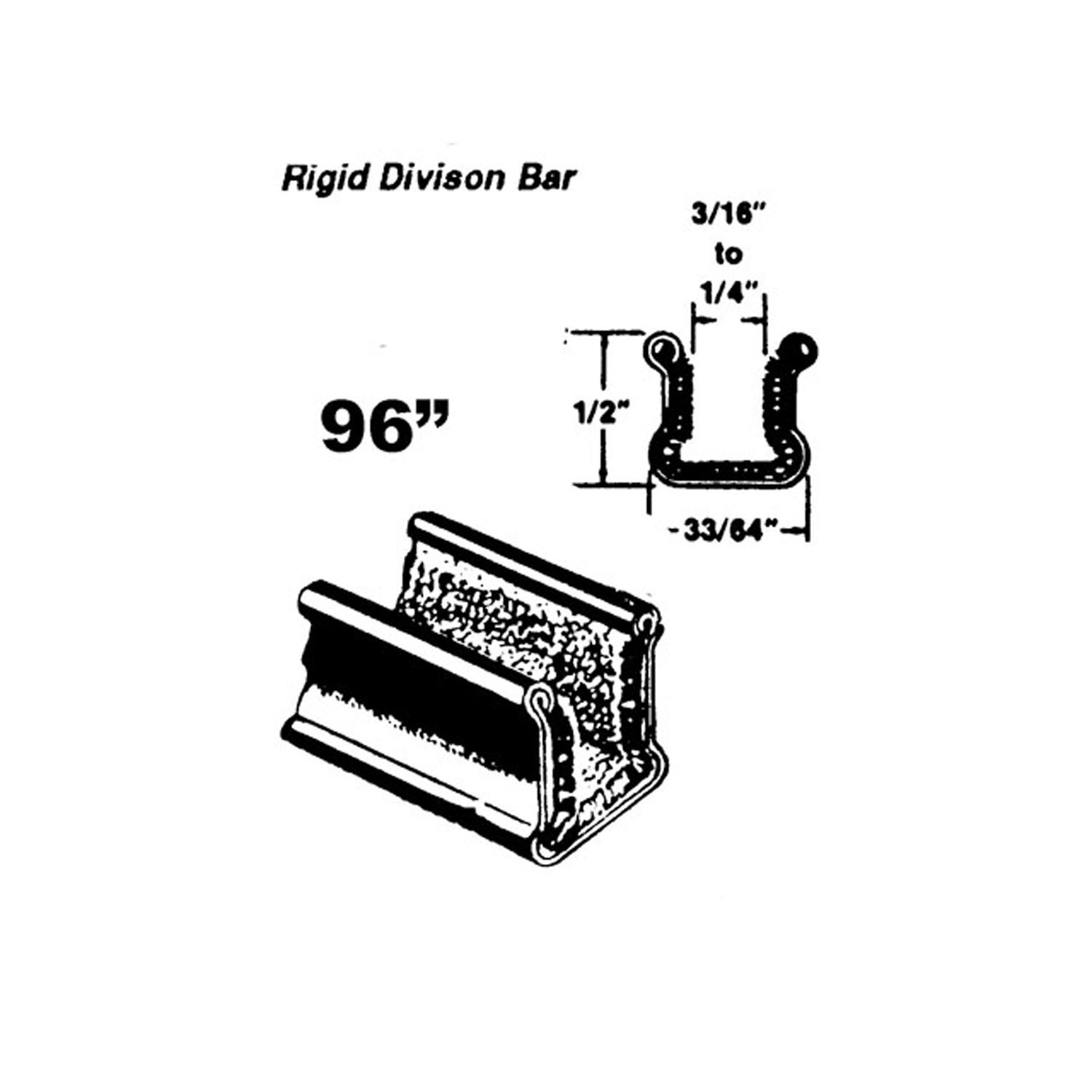 1942 Buick Roadmaster Series 70 Rigid division-bar channel. Made with Zinc-plated bead-WC 1-96Rigid division-bar channel. Made with Zinc-plated bead. Used on lower side windows. 96 in. long. Each. NOTE: $20 special shipping charge applies for domestic orders. Call or email for overseas shipping costs. Part can be sectioned in two or three equal lengths to reduce overseas shipping costs.
1942 Buick Roadmaster Series 70 Rigid division-bar channel. Made with Zinc-plated bead-WC 1-96Rigid division-bar channel. Made with Zinc-plated bead. Used on lower side windows. 96 in. long. Each. NOTE: $20 special shipping charge applies for domestic orders. Call or email for overseas shipping costs. Part can be sectioned in two or three equal lengths to reduce overseas shipping costs. 1942 Buick Roadmaster Series 70 Rigid division-bar channel. Made with stainless steel bead-WC 2-72Rigid division-bar channel. Made with stainless steel bead. 72 in. long. Each. NOTE: $20 special shipping charge applies for domestic orders. Call or email for overseas shipping costs. Part can be sectioned into two equal lengths to reduce overseas shipping costs.
1942 Buick Roadmaster Series 70 Rigid division-bar channel. Made with stainless steel bead-WC 2-72Rigid division-bar channel. Made with stainless steel bead. 72 in. long. Each. NOTE: $20 special shipping charge applies for domestic orders. Call or email for overseas shipping costs. Part can be sectioned into two equal lengths to reduce overseas shipping costs.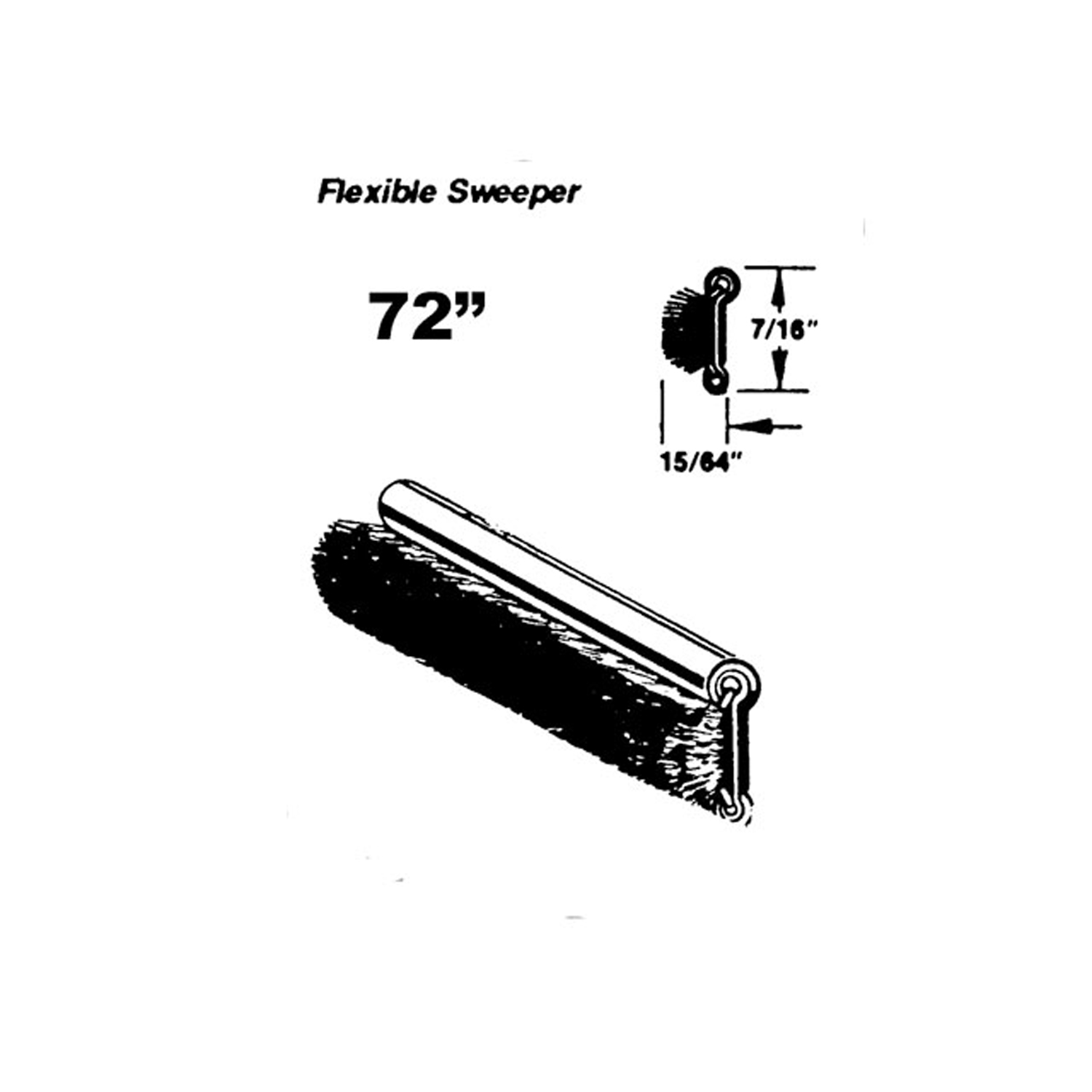 1942 Buick Roadmaster Series 70 Flexible sweeper. Made with stainless steel bead-WC 8-72Flexible sweeper. Made with stainless steel bead. Used on inner and outer beltlines. Also forms easily for use with sliding quarter windows. 72 in. long. Each. NOTE: $20 special shipping charge applies for domestic orders. Call or email for overseas shipping costs. Part can be sectioned into two equal lengths to reduce overseas shipping costs.
1942 Buick Roadmaster Series 70 Flexible sweeper. Made with stainless steel bead-WC 8-72Flexible sweeper. Made with stainless steel bead. Used on inner and outer beltlines. Also forms easily for use with sliding quarter windows. 72 in. long. Each. NOTE: $20 special shipping charge applies for domestic orders. Call or email for overseas shipping costs. Part can be sectioned into two equal lengths to reduce overseas shipping costs.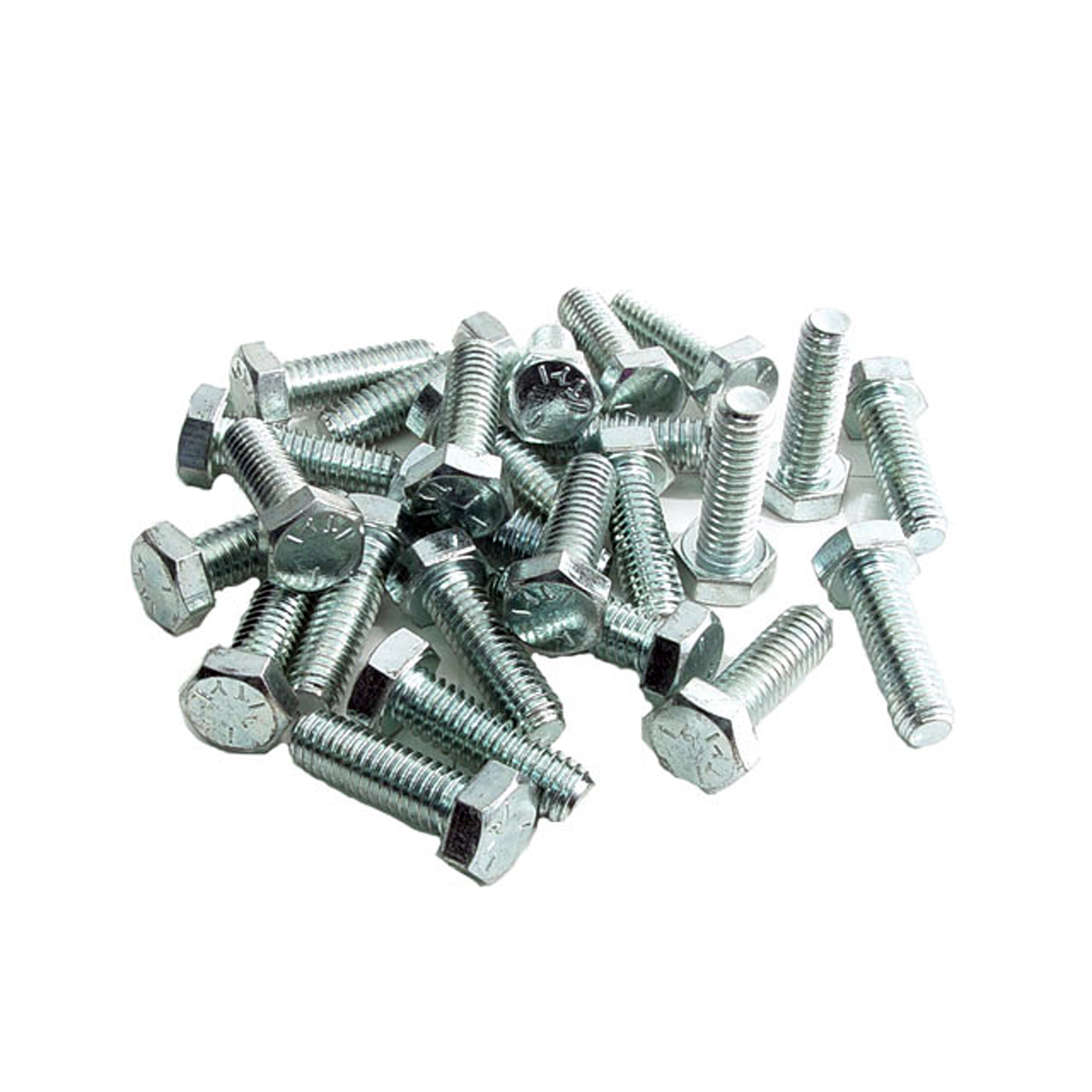 1942 Buick Roadmaster Series 70 Fender Bolts. For use with Fender Bolt Washers; WF 3001-WF 3000Fender Bolts. For use with Fender Bolt Washers; WF 3001. Zinc Chromate plated, high strength. 1" X 5/16". Set of 25
1942 Buick Roadmaster Series 70 Fender Bolts. For use with Fender Bolt Washers; WF 3001-WF 3000Fender Bolts. For use with Fender Bolt Washers; WF 3001. Zinc Chromate plated, high strength. 1" X 5/16". Set of 25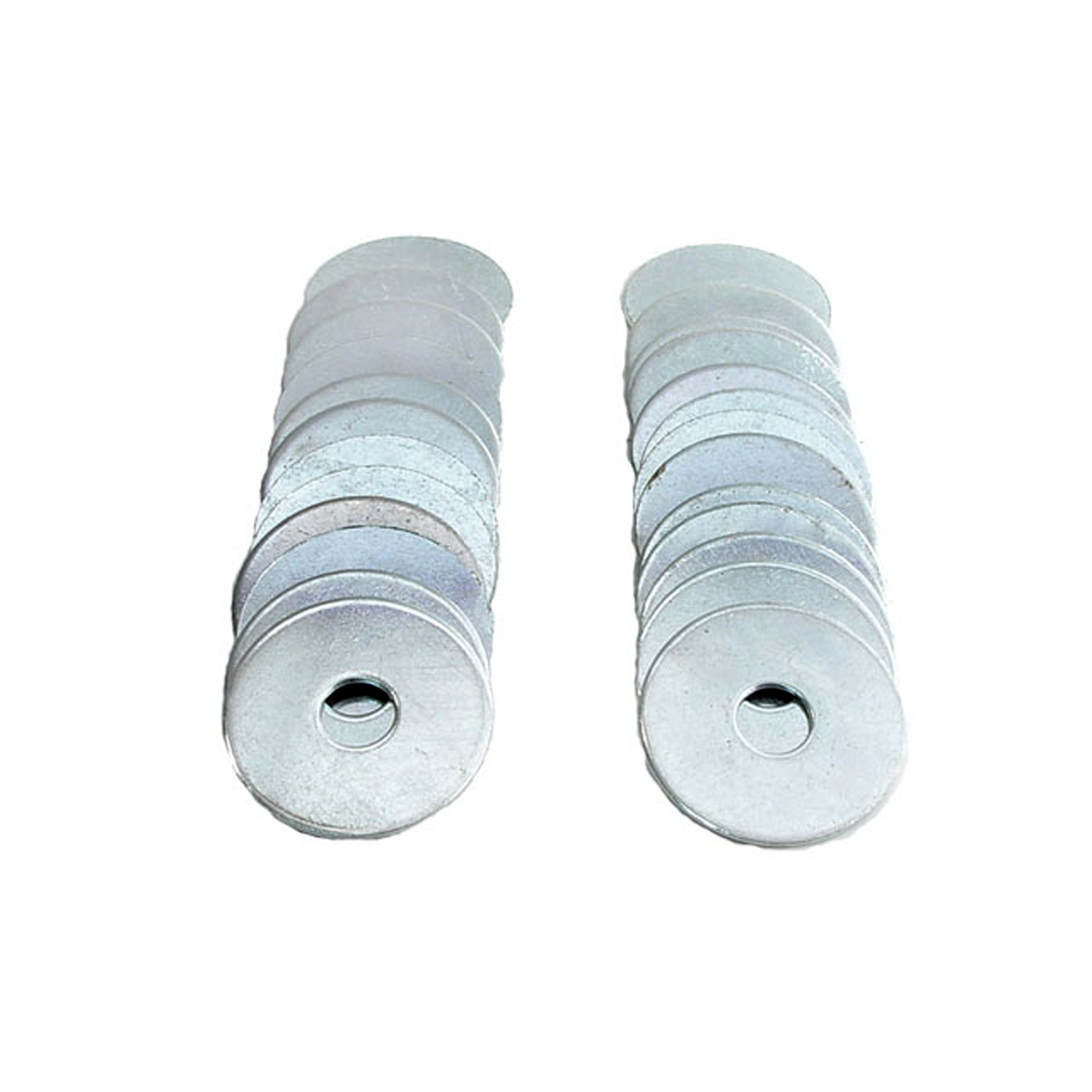 1942 Buick Roadmaster Series 70 Fender Bolt Washers. For use with Fender Bolts; WF 3000-WF 3001Fender Bolt Washers. For use with Fender Bolts; WF 3000. High quality, cadmium plated. 1-1/4" O.D., 3/8" I.D. Set of 25
1942 Buick Roadmaster Series 70 Fender Bolt Washers. For use with Fender Bolts; WF 3000-WF 3001Fender Bolt Washers. For use with Fender Bolts; WF 3000. High quality, cadmium plated. 1-1/4" O.D., 3/8" I.D. Set of 25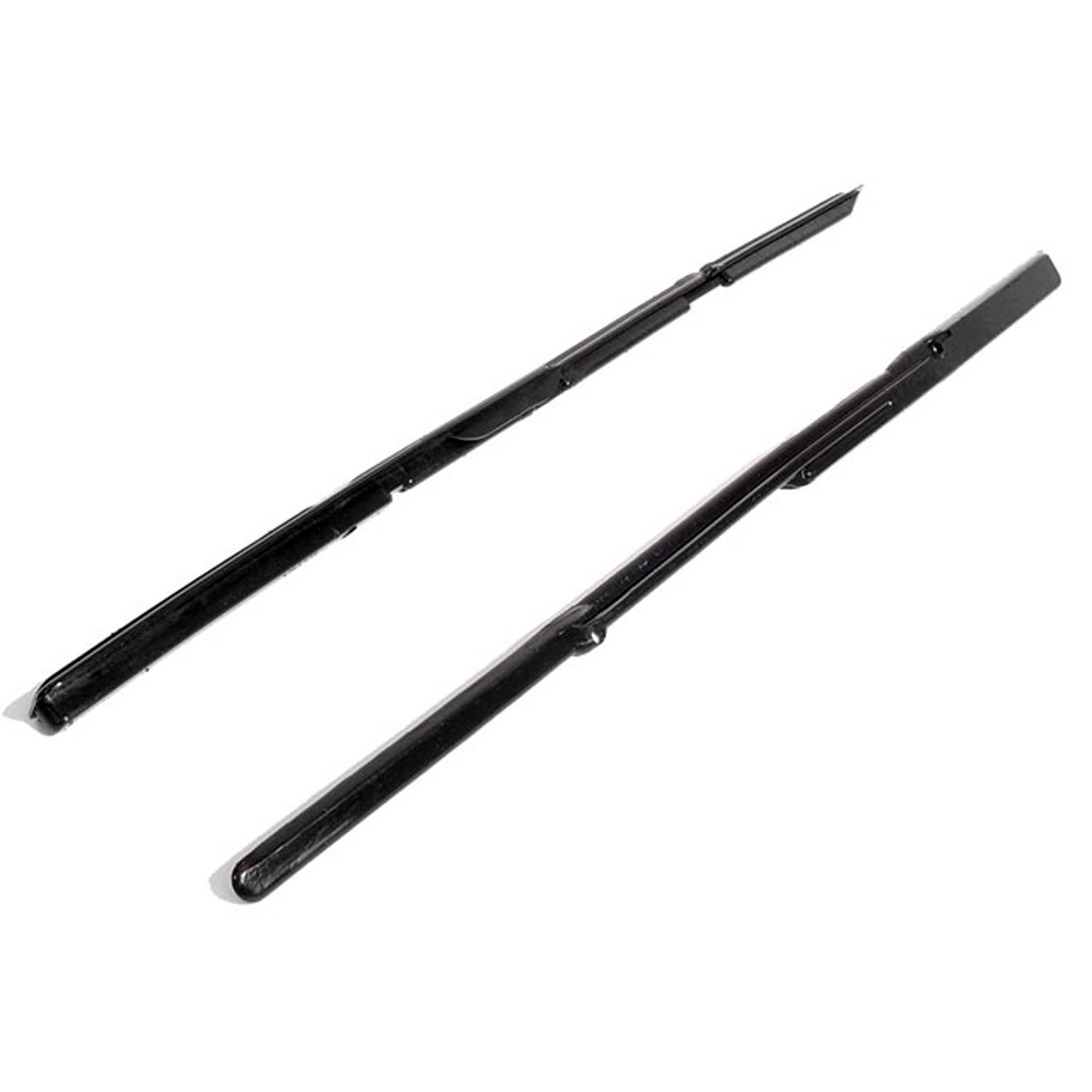 1942 Buick Roadmaster Series 70 Front Vent Window Seals, for Convertibles. Pair R&L-WR 7308Front Vent Window Seals, for Convertibles. Pair R&L
1942 Buick Roadmaster Series 70 Front Vent Window Seals, for Convertibles. Pair R&L-WR 7308Front Vent Window Seals, for Convertibles. Pair R&L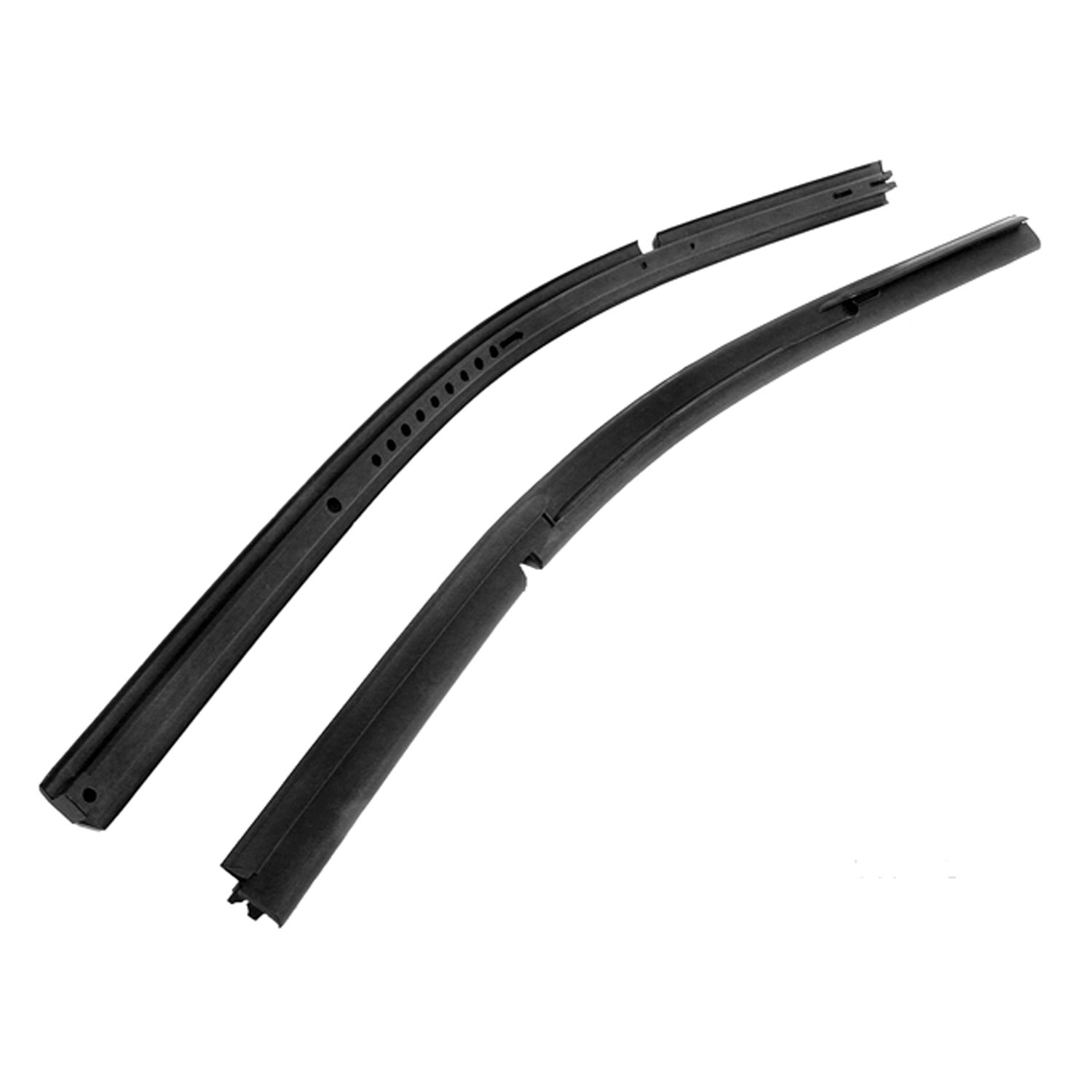 1942 Buick Roadmaster Series 70 Front Vent Window Seals, for Sedans. 25" long each-WR 7320Front Vent Window Seals, for Sedans. 25" long each. Pair R&L
1942 Buick Roadmaster Series 70 Front Vent Window Seals, for Sedans. 25" long each-WR 7320Front Vent Window Seals, for Sedans. 25" long each. Pair R&L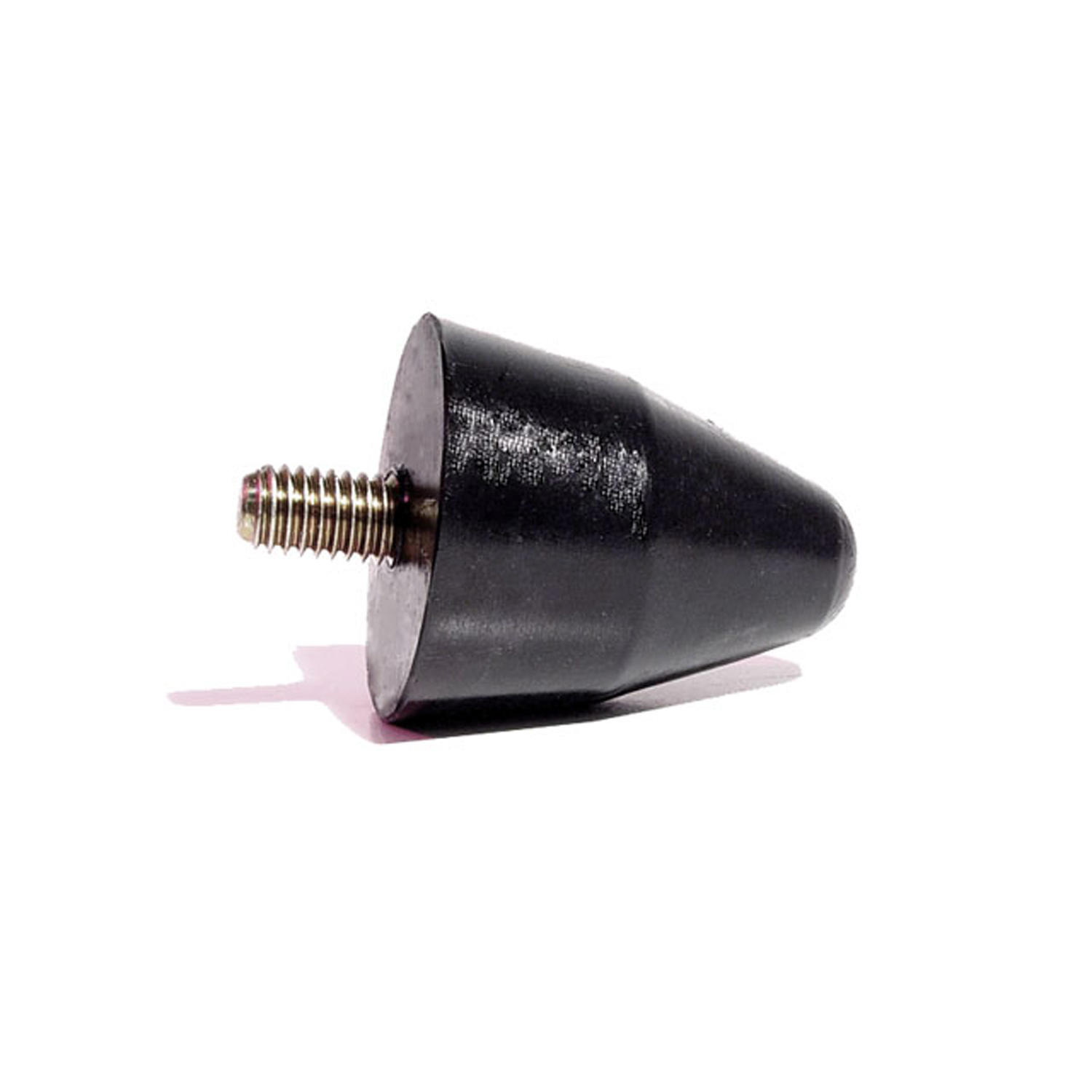 1942 Buick Roadmaster Series 70 Front Suspension Bumper. 2" high. Each-XB 18Front Suspension Bumper. 2" high. Each
1942 Buick Roadmaster Series 70 Front Suspension Bumper. 2" high. Each-XB 18Front Suspension Bumper. 2" high. Each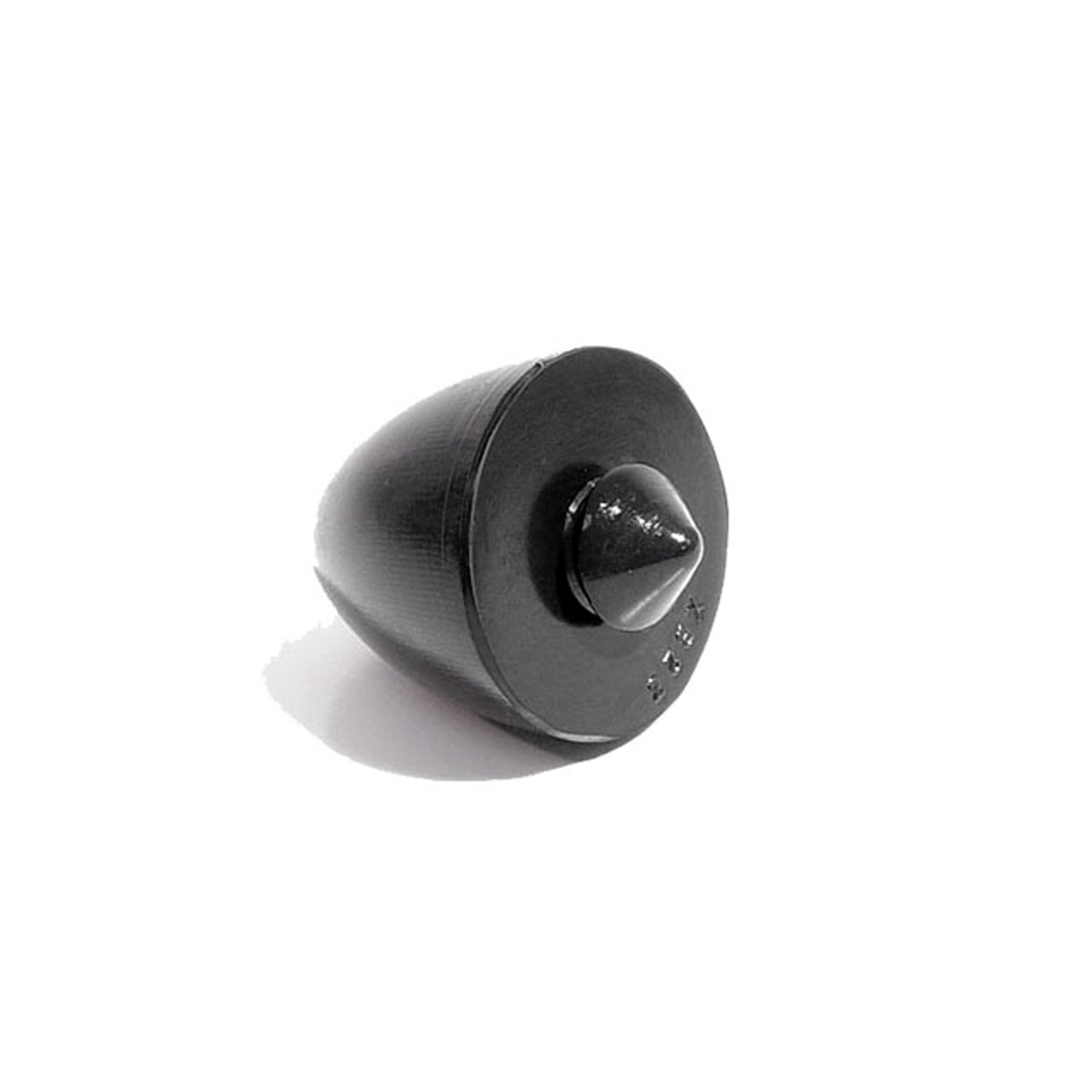 1942 Buick Roadmaster Series 70 Front Suspension Bumper. 1-5/8" high. Each-XB 23Front Suspension Bumper. 1-5/8" high. Each
1942 Buick Roadmaster Series 70 Front Suspension Bumper. 1-5/8" high. Each-XB 23Front Suspension Bumper. 1-5/8" high. Each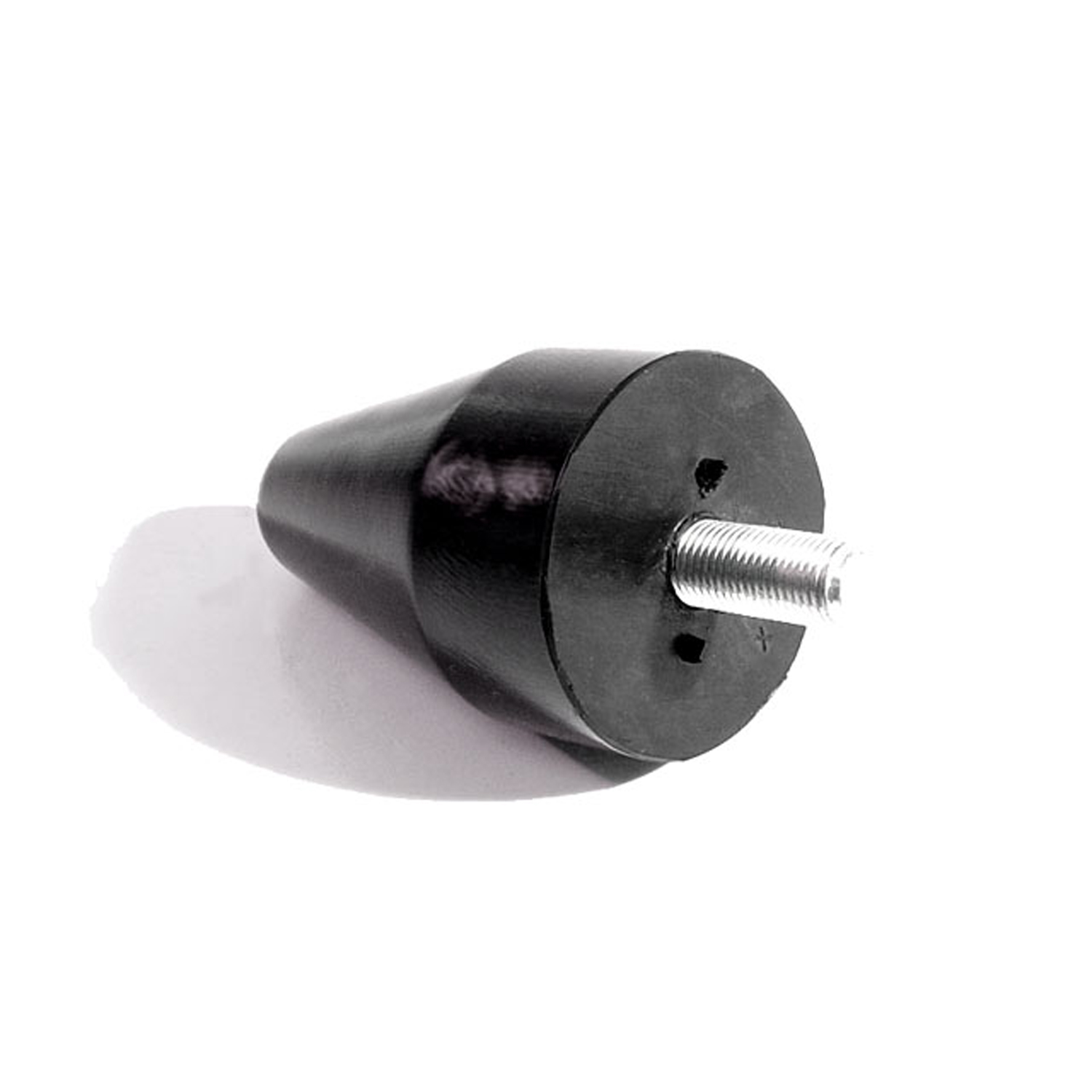 1942 Buick Roadmaster Series 70 Front Suspension Bumper. 2-7/8" high. Each-XB 25Front Suspension Bumper. 2-7/8" high. Each
1942 Buick Roadmaster Series 70 Front Suspension Bumper. 2-7/8" high. Each-XB 25Front Suspension Bumper. 2-7/8" high. EachWhy Choose Metro?
For over 100 years, Metro Moulded Parts has been the pinnacle of quality in classic car restoration parts. Our commitment to precision and authenticity in every component ensures a perfect fit and an OEM-level appearance.
- Expert Craftsmanship & Quality: Each part is a testament to our dedication to reliability and perfection, crafted from original designs and thoroughly tested.
- Advanced Technology: We use cutting-edge techniques to create flawless, long-lasting parts that surpass others in performance.
- SuperSoft Sponge – The Ultimate Door Seal: Not only are our door seals 30% softer than competitors', but they're also guaranteed to never leak. They effectively reduce wind and road noise, enhancing your classic car's comfort and driving experience.
- Proudly American: Our parts are a product of American craftsmanship, made in the USA with a spirit of excellence and heritage.
- Unrivaled Warranty: We back our products with a 30-year industry-leading warranty, a testament to our confidence in their quality.
Join us in preserving the legacy of classic cars with parts that are crafted for perfection, not just made.

